




Name:
Class:
School:

Academic Authors: Roma Jain, Anuj Gupta
Creative Director: Bhavna Tripathi
Book Production: Naveen Gauniyal, Sanjay Kumar Goel
Project Lead: Pooja Gupta
VP, Learning: Abhishek Bhatnagar
All products and brand names used in this book are trademarks, registered trademarks or trade names of their respective owners.
© Uolo EdTech Private Limited
First impression 2025
This book is sold subject to the condition that it shall not by way of trade or otherwise, be lent, resold, hired out, or otherwise circulated without the publisher’s prior written consent in any form of binding or cover other than that in which it is published and without a similar condition including this condition being imposed on the subsequent purchaser and without limiting the rights under copyright reserved above, no part of this publication may be reproduced, stored in or introduced into a retrieval system, or transmitted in any form or by any means, electronic, mechanical, photocopying, recording or otherwise, without the prior written permission of both the copyright owner and the above-mentioned publisher of this book.
Book Title: Dawn General Awareness Level C
ISBN: 978-81-980004-2-2
Published by Uolo EdTech Private Limited
Corporate Office Address: 85, Sector 44, Gurugram, Haryana 122003
CIN: U74999DL2017PTC322986
Illustrations and images: www.shutterstock.com, www.stock.adobe.com and www.freepik.com
All suggested use of the internet should be under adult supervision.

elcome to DAWN, our comprehensive series for Early Childhood Education that has been meticulously crafted to align with the guidelines of the Foundational Stage as outlined in the National Education Policy (NEP) 2020. This series is designed to provide a holistic learning experience, fostering the comprehensive development of young learners in accordance with the developmental milestones and learning outcomes specified in the National Curriculum Framework (NCF) 2022.
DAWN offers a rich blend of interactive and activity-based content to nurture each child's physical, emotional, intellectual, and spiritual growth. Our approach ensures that learning is enjoyable and meaningful, catering to every child's interests and abilities. By integrating various domains of development, we aim to create an environment where children can thrive, explore their unique potentials and cultivate a lifelong love for learning. The curriculum is structured to promote Physical Development by incorporating activities that enhance motor skills, health, and overall physical well-being. Social and Emotional Learning (SEL) is a critical component focusing on building empathy, cooperation, and strong interpersonal relationships. Through engaging and thought-provoking activities, children develop Intellectual Capacities, fostering critical thinking, problem-solving, and a curious mind.
In line with the NCF 2022, DAWN also emphasises Spiritual and Moral Development, encouraging children to understand and embody values such as honesty, integrity, and respect for others. We aim to instill a sense of responsibility towards the environment, promoting sustainable practices from an early age.
Our curriculum is not just a series of lessons but a journey of discovery, growth, and joy. We believe that every child is unique, and our tailored approach ensures that each learner can engage with the content in a way that resonates with their individual needs and interests. By providing a nurturing and stimulating environment, DAWN sets the foundation for future success, preparing children not just for school, but for life.
The DAWN Level C Kit

Free Additional Resources:
• Flash Cards
• Sticker Sheets
• Suggested Activities List, for teachers and parents
• Teacher's Manual
• Digital Learning Resources

Thank you for embarking on this educational journey with us. Together, we can make the dawn of early childhood education a bright and promising start for every child.

Dawn is a carefully crafted activities-based learning program that caters to all domains of Early Childhood Education, including physical, emotional, mental, intellectual, and spiritual development. The program includes textbooks in English, Mathematics, General Awareness, STEM Exploration and Rhymes & Stories. The program also extends ample support to teachers through lesson plans and other assets that help attaining the best outcomes.

Engaging Textbooks
Teacher's Manual
Assessment Rubrics for Teachers
Progress Report Sheets
Student and Teacher Apps
Learning Videos
Interactive Tasks and Exercises
The classroom program is augmented by the digital world, which includes assets like animated Talking Books, phonic songs, animated rhymes, animations on pre-number concepts, numbers, and shapes; and other interactive activities.

The National Education Policy (NEP) 2020 represents a transformative shift in the country’s education system. It aims to create a more holistic, dynamic and multidisciplinary approach to education. NEP 2020 focuses on fostering conceptual understanding, skills, values and competencies that align with the demands of the 21st century, while also preserving India’s rich cultural heritage. UOLO is fully committed to actualizing the vision of NEP 2020 by meticulously adhering to its outlined recommendations.



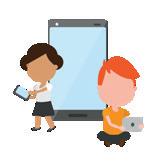

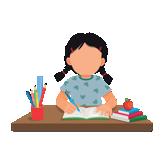
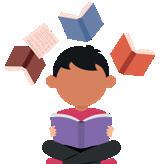



1. Physical and motor development
2. Cognitive development
3. Cultural and artistic development
4. Socio-emotional and ethical development
5. Language and Literacy
6. Numeracy
7. Play and activity-based learning
8. Holistic and multi-faceted learning
9. Inclusion of local traditions of India

10. Technology integration
Competencies and Domains
Teaching and Learning Pedagogy


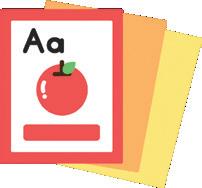
Rhymes and Stories
Build familiarity with rhythm, phonetics, and vocabulary. Encourage development of gross motor skills.


Flash Cards
Assist development of basic numeracy, literacy and fine motor skills in a playful and engaging way.


Drawing and Scribbling activities
Promotes hand-eye coordination and motor skills.

STEM Exploration activities
Encourage curiosity, critical thinking and problem-solving.


Pretend
Reading and Drawing
Contribute to development of early reading skills.





Exposure to diverse cultures to develop an appreciation for global and local artistic traditions, and connect with cultural heritage.
2 3 4 7 8 9
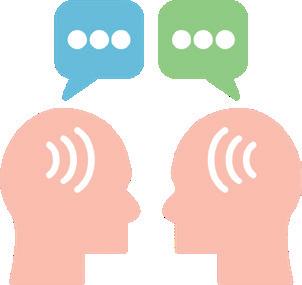

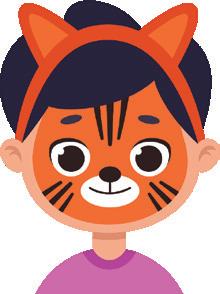
Picture Dictionary pages that enhance vocabulary and promotes language-rich discussions.

Storytelling and Role-Playing activities
Develop cognitive abilities like sequencing and understanding cause and effect. Allow exploration of emotional expression in social settings to develop empathy and ethics.

Phonological Awareness Activities


Help in grasping the sounds of spoken language, laying the foundation for reading and writing.

Digital Assets
Enhanced auditory learning in an engaging and tech-savvy environment.
The National Curriculum Framework for Foundational Stage (NCF-FS), released in 2022, is developed based on the vision of the National Education Policy (NEP) 2020 Its purpose is to enable the implementation of the NEP. The NCF-FS provides guidelines for designing syllabi, textbooks and learning materials for the Foundational Stage in India. It aims to improve the quality of education by making it more relevant, engaging, inclusive, and learner-centric. To achieve this, the NCF has articulated precise Learning Standards through well-defined Curricular Goals and Competency statements. These statements serve to harmonise the syllabus, content, pedagogical practices, and assessment culture, ensuring a cohesive and comprehensive educational experience.
Curricular Goals: Curricular Goals are statements that give directions to curriculum development and implementation. They are derived from Aims and are specific to a Stage in education.
Competencies: Competencies are learning achievements that are observable and can be assessed systematically. These Competencies are derived from the Curricular Goals and are expected to be attained by the end of a Stage.
NCF-FS Page 51
Children develop sharpness in sensorial perceptions
C-2.1 Differentiates between shapes, colours, and their shades
C-2.2 Develops visual memory for symbols and representations
C-2.3 Differentiates sounds and sound patterns by their pitch, volume, and tempo
C-2.4 Differentiates multiple smells and tastes
C-2.5 Develops discrimination in the sense of touch
C-2.6 Begins integrating sensorial perceptions to get a holistic awareness of their experiences
The above is a snapshot of the curricular goals and competencies relationship in the domain of Physical Development for the Foundational Stage (NCF-FS, page 59). The next section shows the coverage of various competencies across domains.



The NCF-FS highlights the importance of children's all-round and holistic development, also known as the Panchakosha Vikas (Five-fold Development) in the Indian tradition.
Based on the philosophy of Panchakosha Vikas, the five different domains of development recommended in the NCF-FS are as follows: Physical Development, Development of Life Energy, Emotional / Mental Development, Intellectual Development, and Spiritual Development. These domains have been covered extensively in our product, as can be seen from the mapping given below.
Physical Development (Sharirik Vikas)
Development of Life Energy (Pranik Vikas)
Emotional and Mental Development (Manasik Vikas)
Rhymes and songs Circle time activities General awareness
Stories Free play Life skills
Intellectual Development (Bauddhik Vikas)
Spiritual Development (Chaitsik Vikas)
Language and communication Life skills
Sequencing, patterning and sorting activities
Values, ethics and moral reasoning through stories and activity pages
Suggested activities Group activities Picture reading pages STEM exploration Sense of purpose through stories and classroom discussions
Sensory play Connection with nature Art and craft
Circle time activities Energy awareness Social skills
Art and craft Mind–body harmony
Nutrition awareness Health and safety pages
Health and hygiene practices
Activities that enhance gross and fine motor skills
Body awareness


Memory and recall through games, repitition and other cognitive exercises
Art and craft
Activities focusing on problem solving and critical thinking skills
Positive self-concept
Incorporating the principles and guidelines of NCF-FS, our preschool curriculum is designed to provide a holistic and enriching learning experience, nurturing each child's unique potential and preparing them for future success.



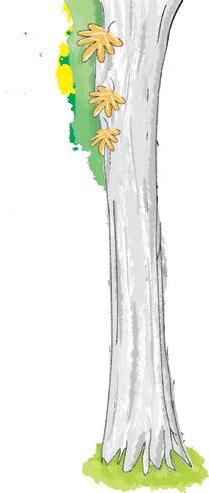






Self-Awareness: Encourage children to introduce themselves and identify family members along with their roles and responsibilities. This fosters an understanding of relationships and the significance they hold in our lives. Discussion: Facilitate discussions on the chores children help with at home and the fun times they share with friends. Use experiential activities to promote polite language among them.
Observation: Guide children to observe their immediate environment and daily routines, helping them identify objects and their uses.
Vocabulary: Discuss familiar places like home, school, and community areas such as bank, hospital and market place. Engage in activities related to each place to build vocabulary and reading skills through labelling and sight words.

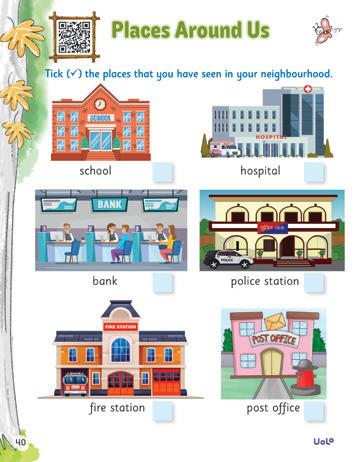



Exploration: Encourage children to explore the world around them, including plants and animals. Discuss where food comes from, how plants grow, and ways to care for the environment. Help them recognize features of different animals, birds, and insects.

Problem Solving: Develop awareness about safety among children by discussing safety precautions at home, school, and on the road through sorting activities, helping them identify potential problems and find solutions.
Critical Thinking: Promote critical thinking on global issues like water conservation through stories and class discussions led by the teacher.
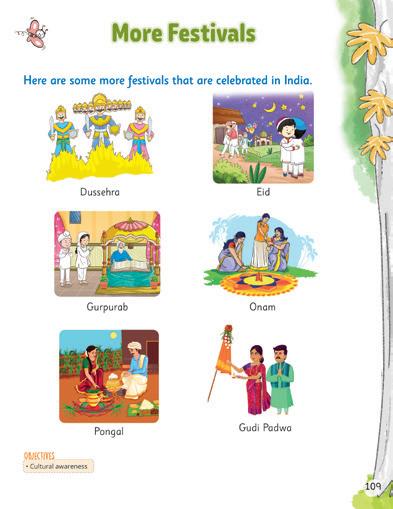
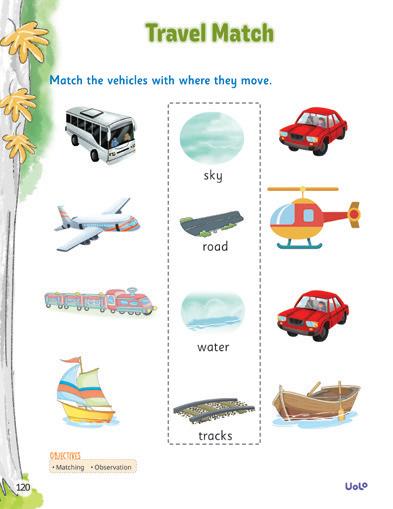



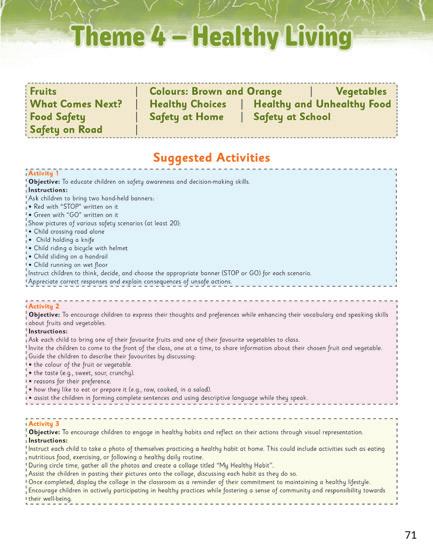
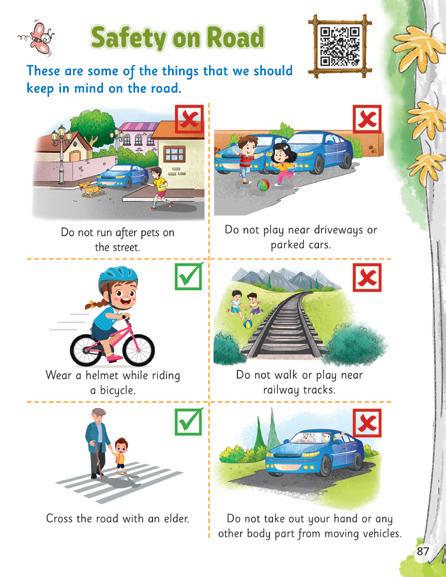

Cultural Awareness: Introduce children to our culture and traditions by exploring various festivals and how they are celebrated.
Logical Reasoning: Develop reasoning skills by identifying differences in seasons and weather. Encourage children to sort and categorize items through riddles or sorting activities. Classification: Help children identify different modes of transport and become familiar with everyday tools and gadgets. This builds a scientific outlook and enhances their ability to classify objects based on specific attributes.
Includes Suggested Activities for Teachers and Parents:
• Circle Time: Develop verbal communication skills and help children express their feelings and preferences.
• Games and Rhymes: Use play and songs to explore topics and build connections among classmates.
• Hygiene and Safety Tips: Provide guidance on healthy habits and hygiene practices such as washing hands, eating healthy, being active, and sleeping early. Explore safety through “what if” scenarios, asking children to predict outcomes if rules are ignored.
• Explore Nature: Discover scientific facts about water sources and uses through pictures, and discuss ways to save water to build engagement.
• Fun Activities: Encourage children to identify and sort animals and group them based on their type, create interesting leaf and flower prints on paper, and build a collaborative animal story chain to make learning interactive and enjoyable.






All About Me | I Can Do | My Hobbies | Games That We Play | My Friends and I
Parts of the Body | Good Habits | My Senses | I Can See and Tell | I Can Hear and Tell
I Can Taste and Tell | I Can Smell and Tell | I Can Touch and Tell | Good and Bad Touch | My Family
Helping My Family | Mira is Lost
Objective: To foster communication and social skills among students by encouraging them to share personal information in a safe and supportive environment, engaging in self-expression, develop listening skills, and enhance their understanding of their classmates, thereby promoting a sense of community and friendship within the classroom.
Instructions:
Provide each student with a ruled sheet of paper for the activity.
Explain that this is a pairing activity where students will exchange their sheets with one another after completing the writing. Instruct students to fill out their sheet with personal details such as their name, best friend’s name, favourite colour, favourite movie, favourite clothes, and favourite hobby. Once they finish writing, have students swap sheets and read aloud each other’s details while facing one another.
Objective: To encourage responsibility and empathy in children by helping them recognise the various ways they can contribute to their families. By discussing these activities, students will develop a sense of belonging and teamwork while sharing their experiences.
Instructions:
Begin by compiling a list of activities that children of their age can do to support their family members. Examples may include: Putting away their belongings in the right place.
Assisting parents with household chores.
Caring for elders or family members who are unwell.
Looking after younger siblings or pets.
During circle time, present the list of activities to the students. Explain that these are ways they can help at home. Instruct the children to raise their hands if they participate in any of the listed activities. Invite each child who raised their hand to share specific activities they do and any experiences they have related to helping their family.
Promote a discussion by asking follow-up questions such as: “How did it feel to help your family?”, “What is your favourite chore or activity to do?”, “Did you learn anything new while helping?”
Activity 3
Objective: To help children develop their communication and presentation skills while fostering a sense of belonging and appreciation for family.
Instructions:
Instruct each child to bring individual pictures of their family members for the “Let Me Introduce” activity. Gather the children and explain the purpose of the activity.
Invite each child to come to the front of the classroom, hold up their pictures, and introduce their family members by saying, “This is my…” followed by the family member’s role (e.g., “This is my mother, this is my brother, this is my dog”).
Prompt the presenting children with questions to encourage them to elaborate on their introductions. For example: “What is your mother’s name?”, “What does your father like to do?”, “How many siblings do you have?”, “What do you enjoy doing together as a family?”.
Encourage classmates to listen actively and provide positive reinforcement through applause or cheers after each introduction.




My name: colour:
My birthday is on:
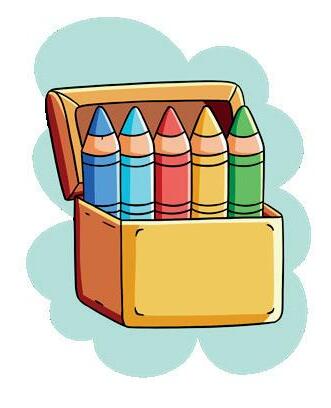

My favourite toy:
animal: years old. food:
Objectives • Fine motor skills • Self-awareness • Observation























Paste your family photo here.

Objectives
• Personal information awareness • Emergency preparedness
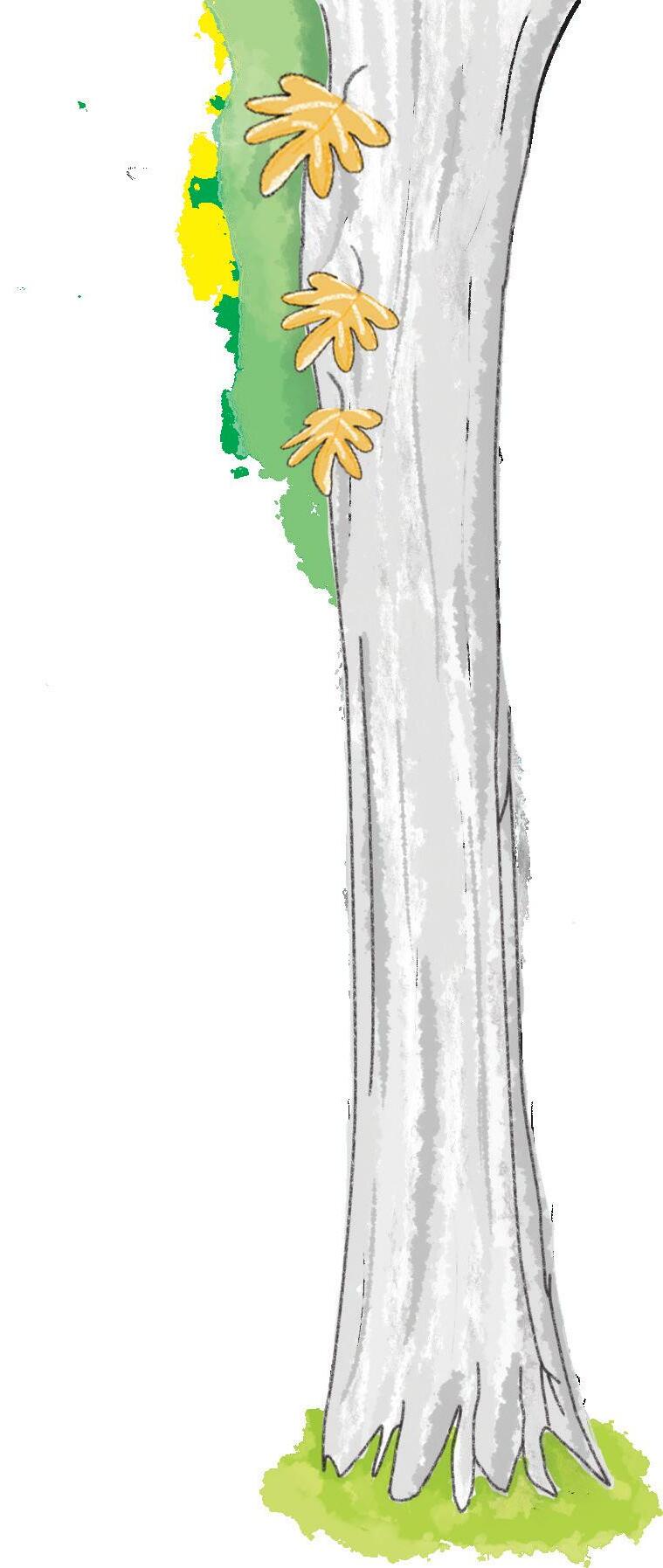

Tick () the things you can do yourself.
wear clothes
wash hands

eat with spoon button my shirt

brush teeth

drink from the glass


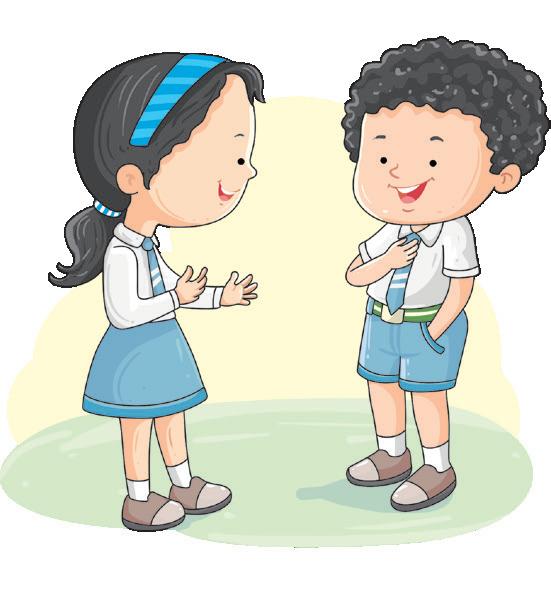
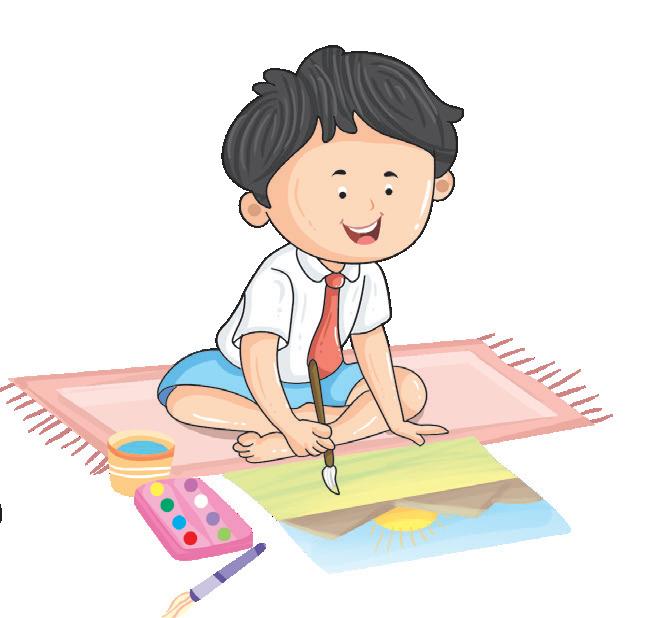
help pack bags help in cooking read a book use a paintbrush
greet others play with toys
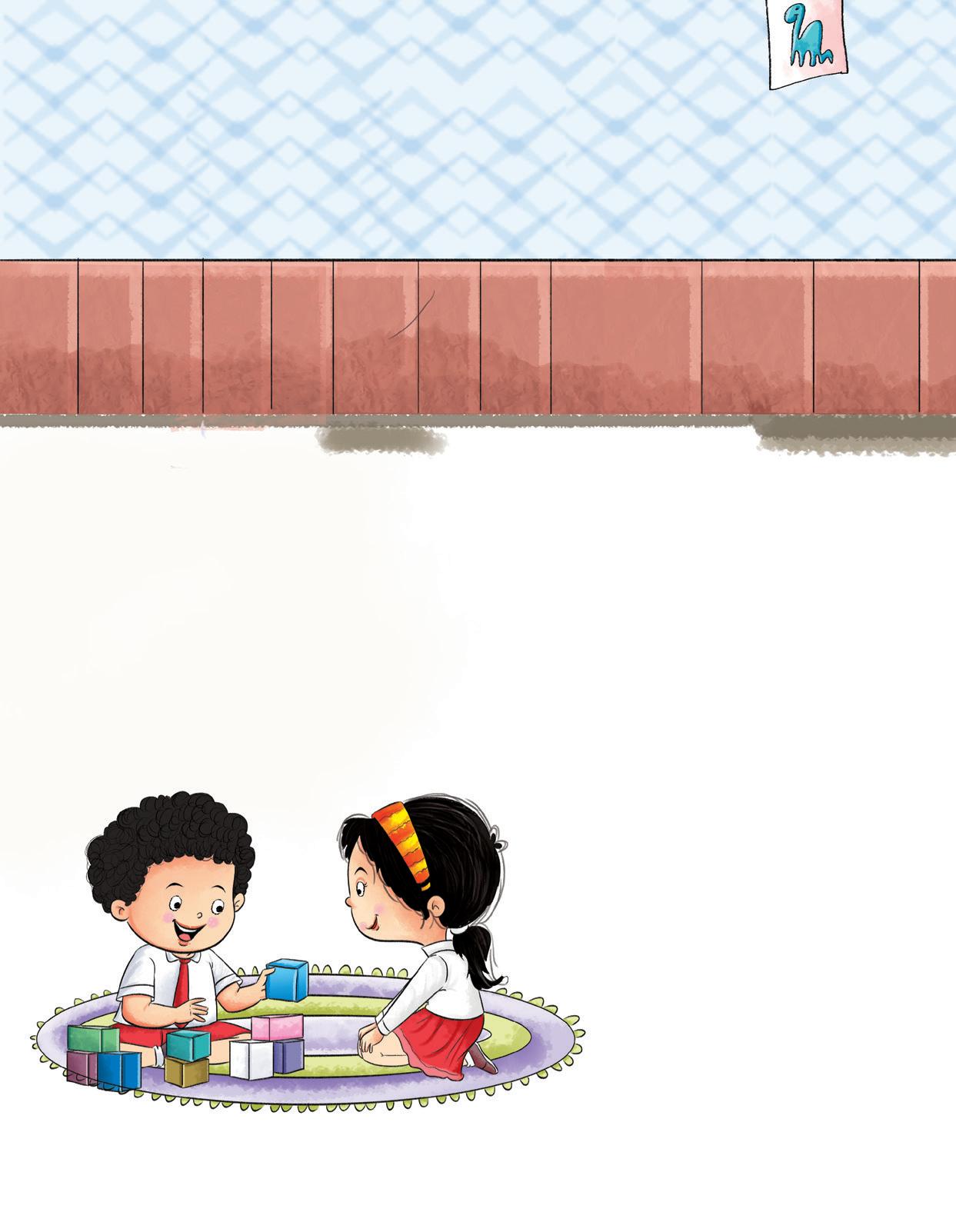

Objectives
• Self care skills • Cooperation and teamwork • Independence • Being responsible ride a bicycle play on a slide



There are some things that we like doing. They are our hobbies. Tick () the things you like to do.
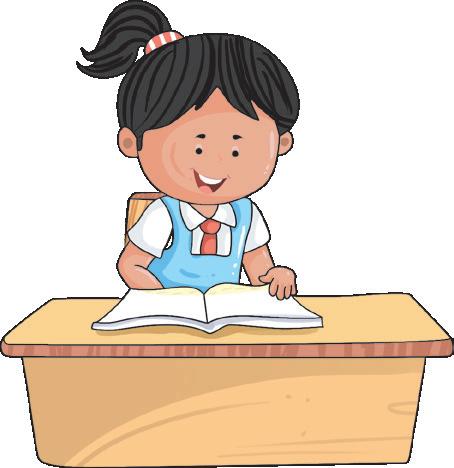



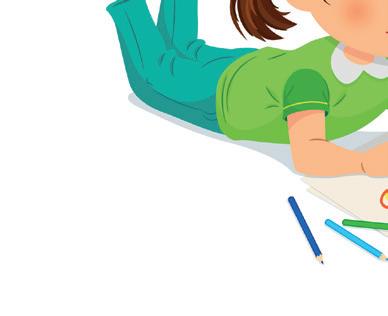



Objectives
• Identifying personal interests and hobbies • Encouraging self-expression



The games that we play outside are outdoor games. The games that we play inside are indoor games. Write ‘O’ for outdoor and ‘I’ for indoor games.


Objectives
• Identify games and sports
hide and seek


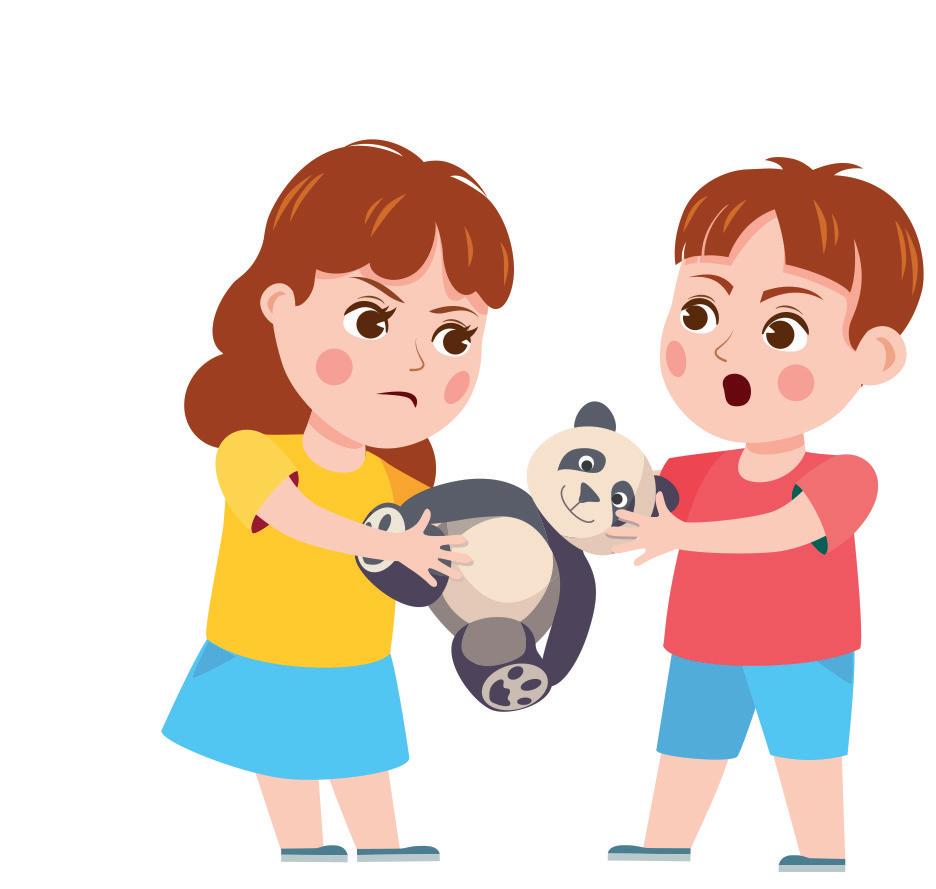
We should be nice to our friends. We should share our toys and food with them. We should not hurt them. Tick () the pictures that show the right action.

Objectives
• Social skills • Emotional awareness
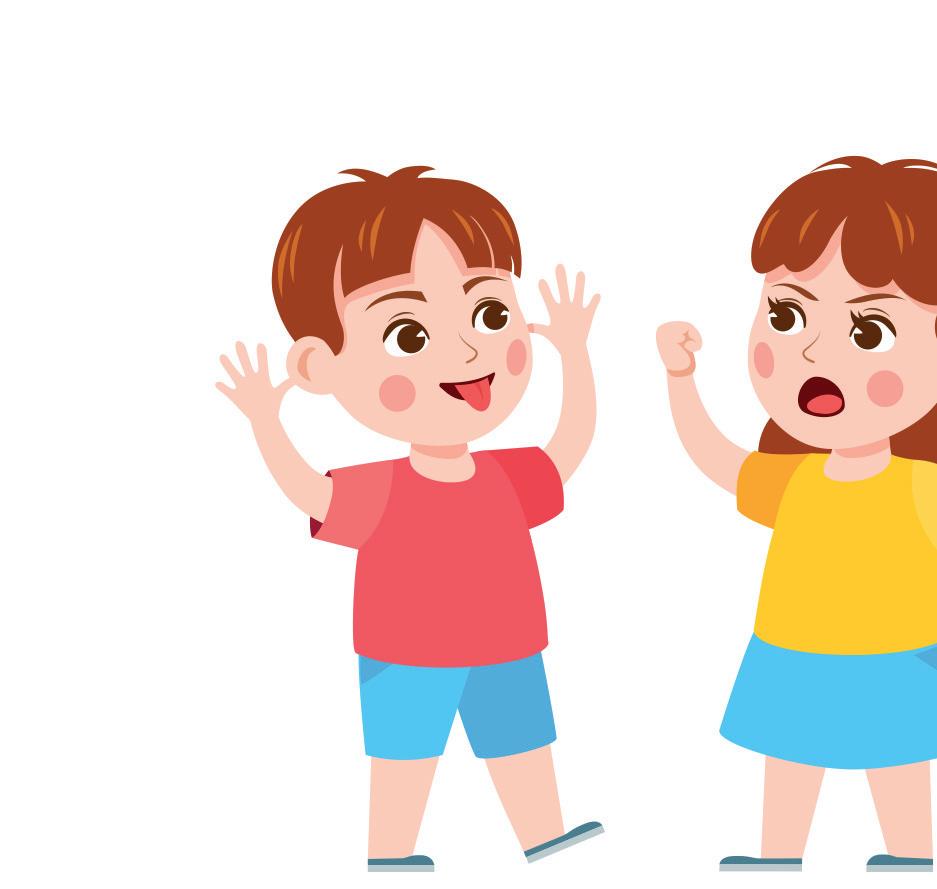
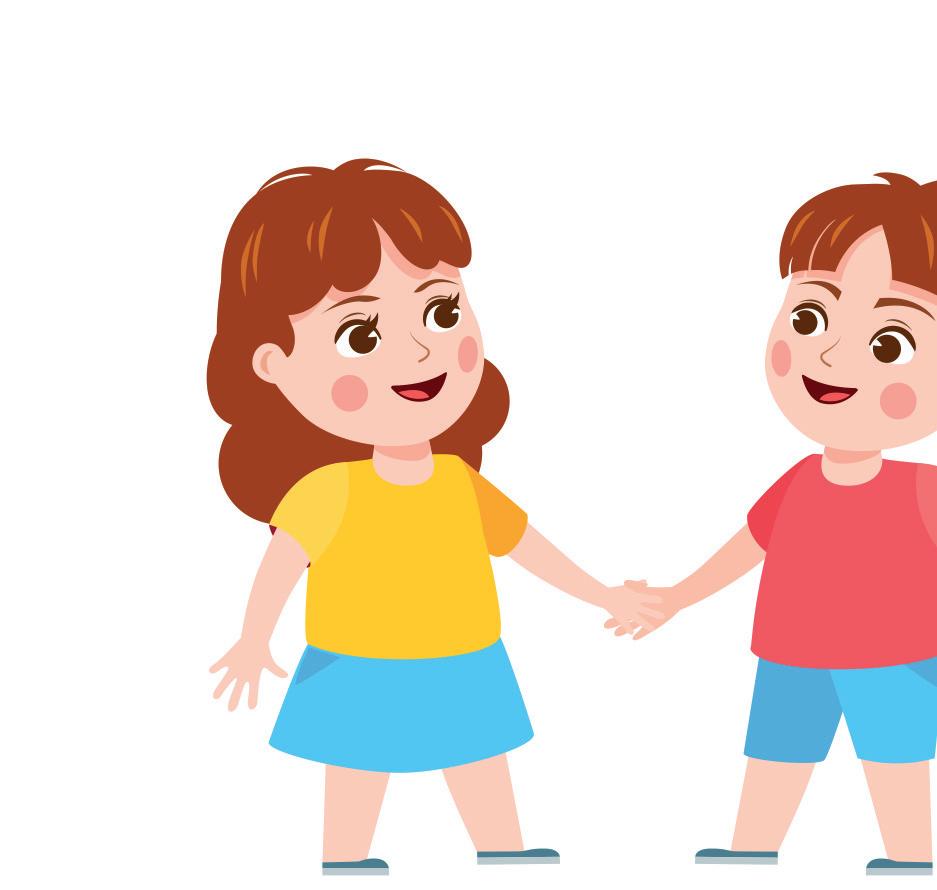
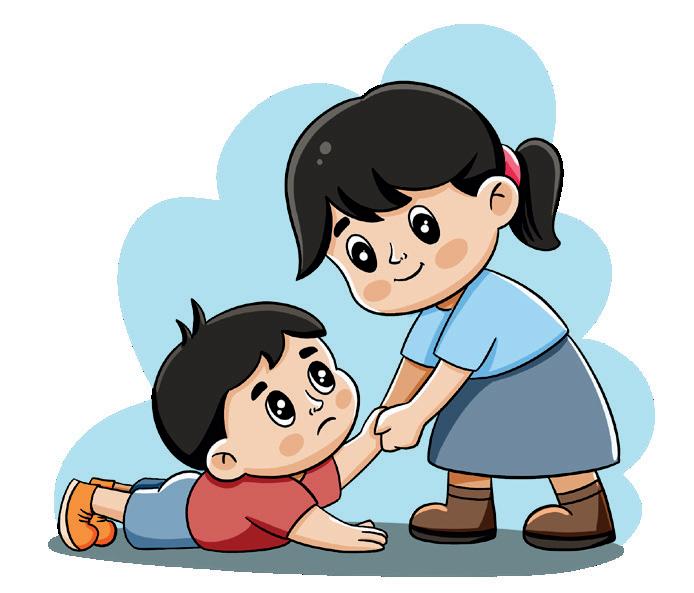




Fill in the blanks. Then, read the names of the body parts aloud.

and ingers lbow
Objectives
• Self-awareness • Observation

Read and draw.
hand lips nose leg
ear eye
Objectives
• Fine motor skills • Identification


We should have good habits to stay healthy. Read the picture stories.

Raman eats chocolate at night.
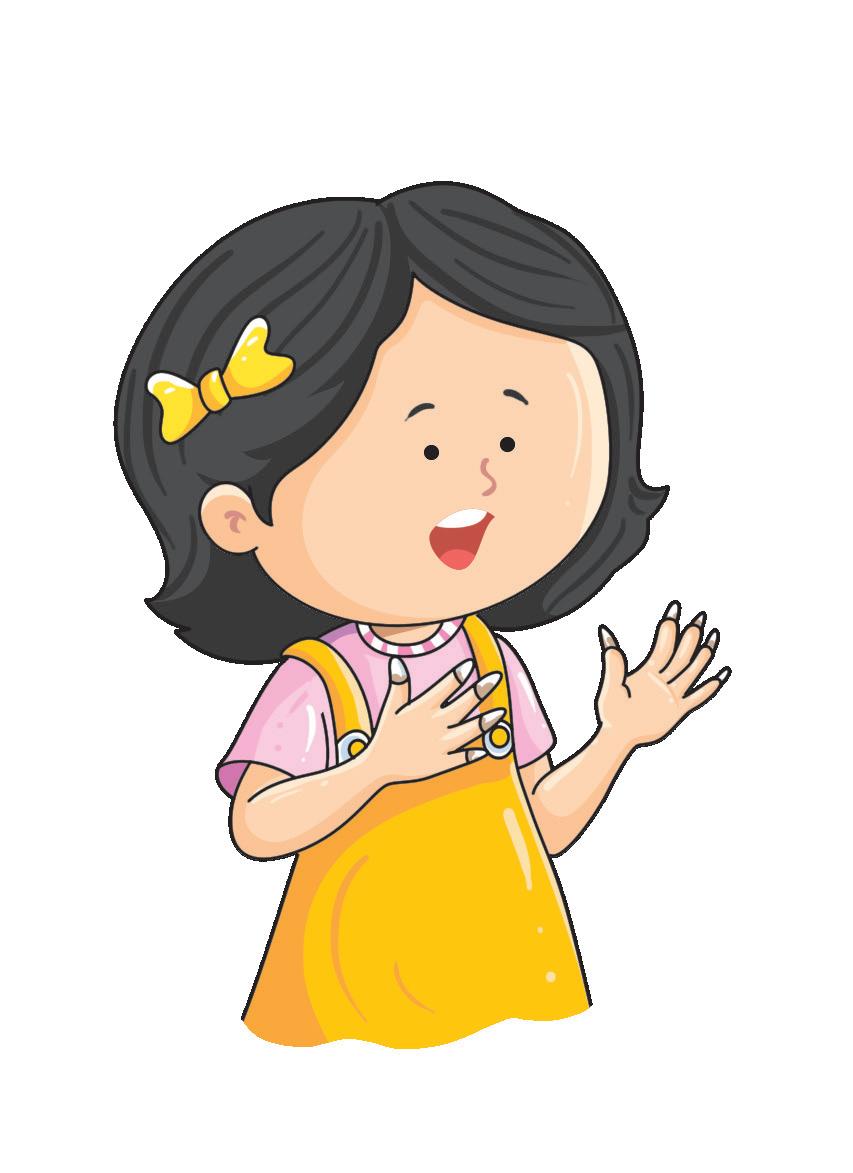
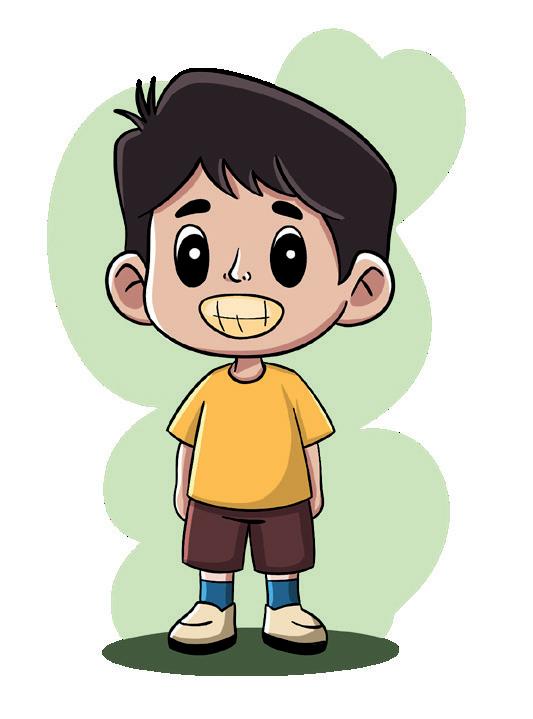
Nafeeza has dirt in her long nails. She eats an apple without washing her hands. She has a stomach ache. He does not brush his teeth. He has a toothache.
Objectives
• Logic • Sequencing




Fill in the blanks.
ears tongue eyes skin nose
1. I see with my 2. I hear with my 3. I smell with my 4. I taste with my 5. I feel with my
Eyes to see the sky so blue, Ears to hear the music too.
Nose to smell the flowers sweet, Tongue to taste the yummy treat.
Skin to feel the warm sun’s glow, Five senses help me learn and grow!



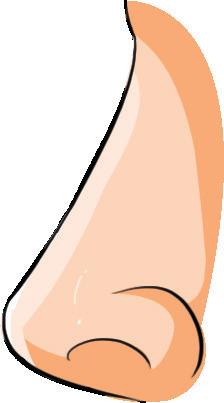

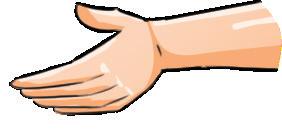



Our eyes help us to see things around us. Look at the pictures carefully. Talk about what you can see in them.



Draw and colour one thing that is common in all three pictures.
Objectives
• Observation skills • Drawing skills • Comparison skills


Our ears help us to hear the sounds around us. We enjoy listening to soft sounds and dislike loud sounds. Tick () the sounds that you like to hear.


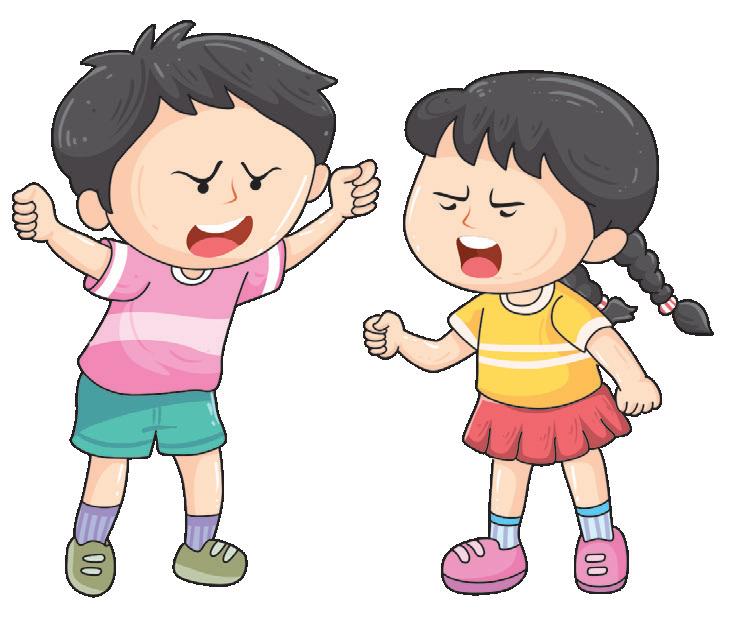


Objectives
• Auditory discrimination • Listening skills



Our tongue helps us to taste what we eat and drink. It tells us if the food is sweet, sour, salty or bitter.
Match the things with the correct baskets.
















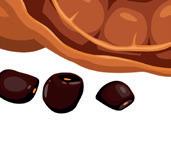




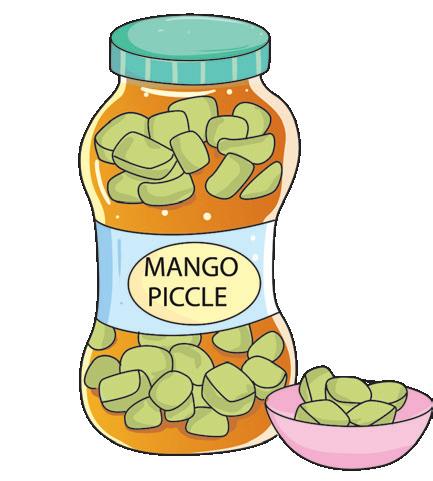
Objectives
• Sorting • Classification


Our nose helps us to smell everything around us.
Circle the things with a red crayon if you like its smell. Circle the things with a blue crayon if you don’t like its smell.
































Objectives














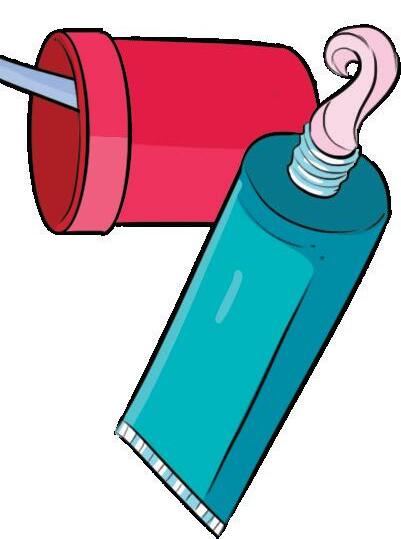
















































• Observation • Preferences • Sorting



Our skin helps us to touch and feel things.
Circle the hot things.
Circle the soft things.

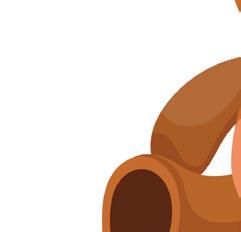





Objectives
• Logic • Observation


Do not let anyone touch you on your:

lips
chest
buttocks
between your legs
If anyone does, follow these steps:


Shout ‘no’ loudly. Move away from the person. Tell your parents



This is Aman’s family. It is a small family.

This is Sia’s family. It is a large family.

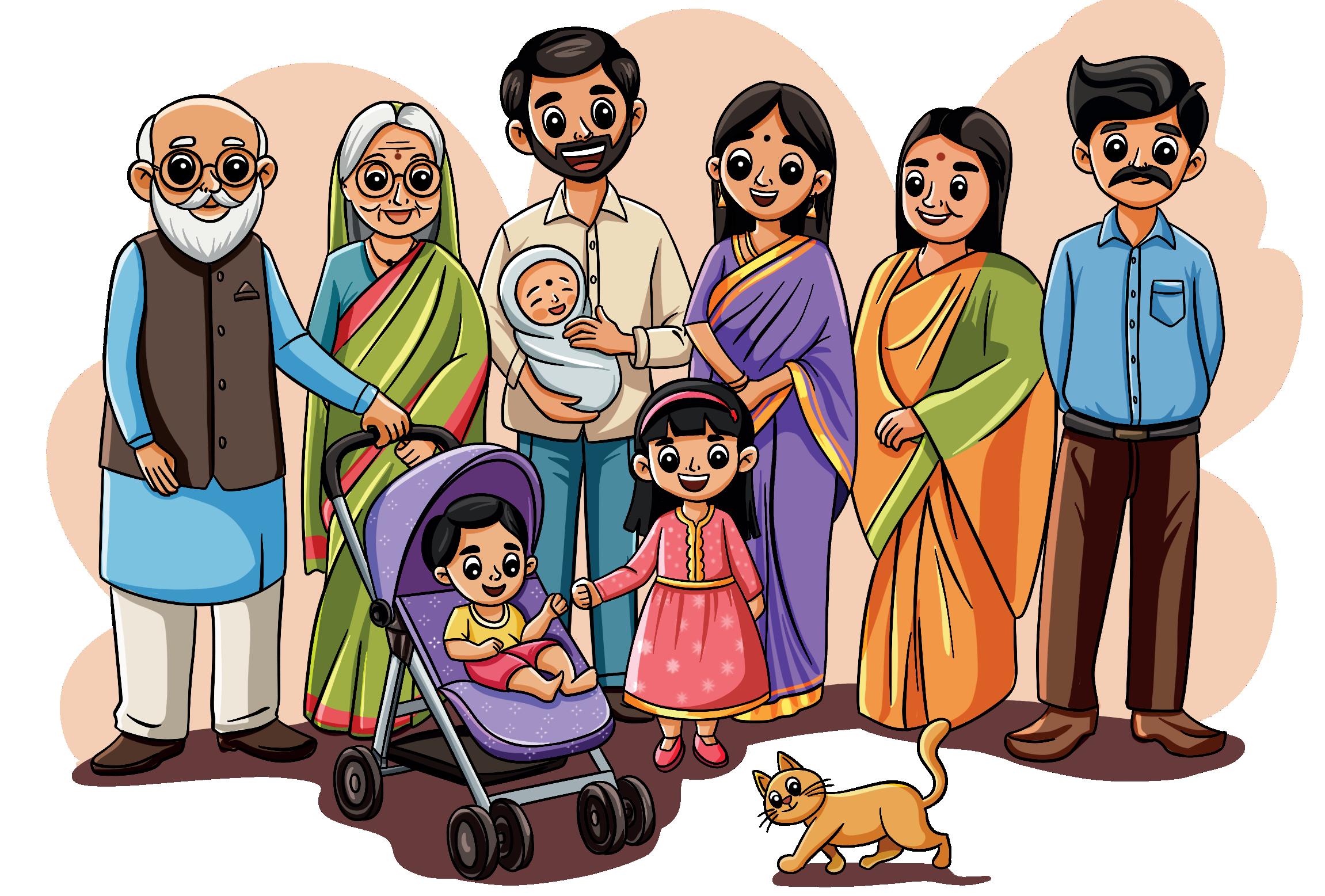

Paste the pictures of your family members.
Objectives
• Identification • Understanding relationships

Ask children to talk about their family members. Use sentence structures like, ‘My father’s name is ______.’ ‘My mother’s name is ________.


Tick () the members in your family.



Objectives



• Identification • Understanding relationships
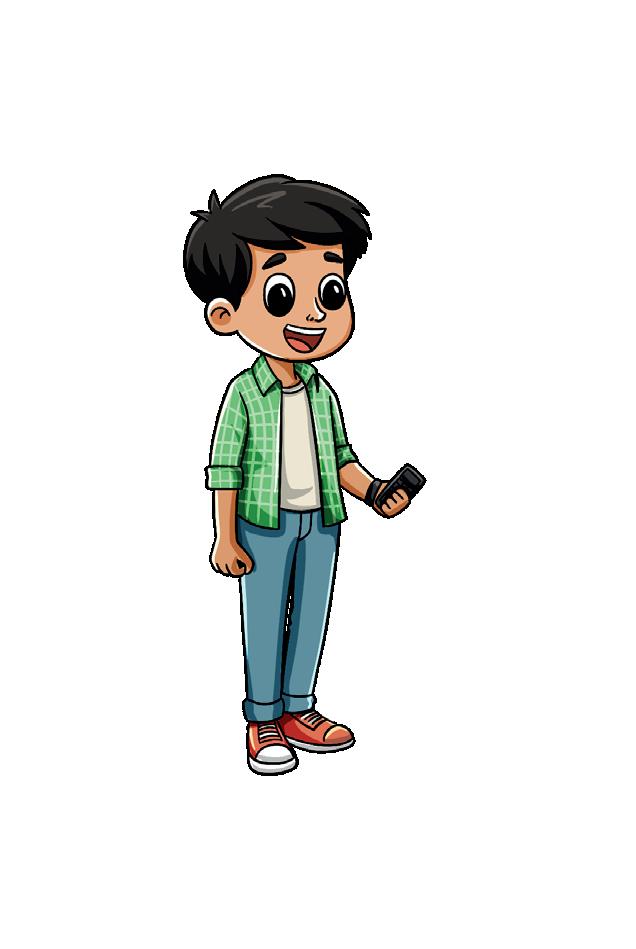





We should help our family. Here are some things we can do.

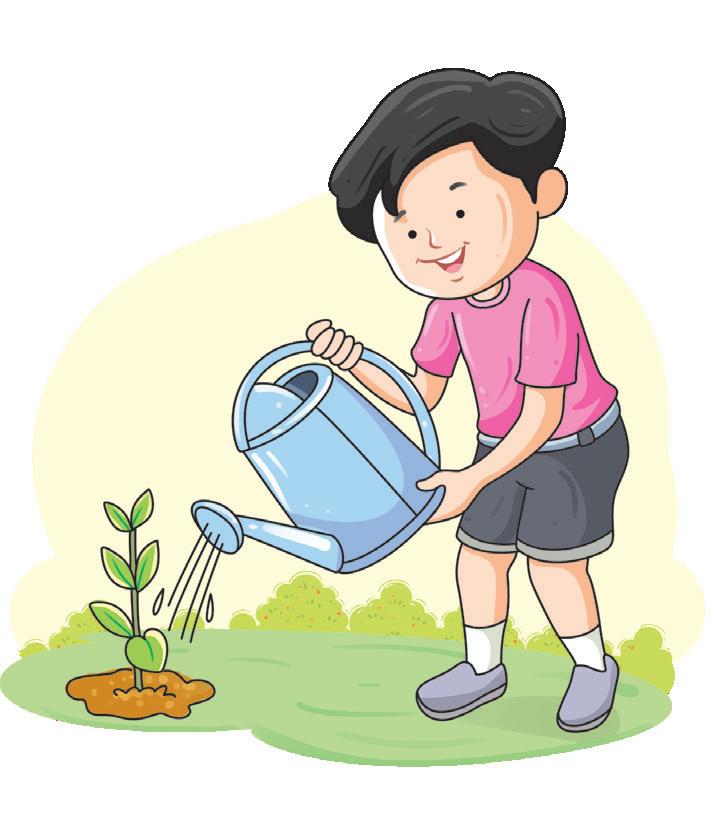

Objectives
• Social skills • Emotional awareness • Observation
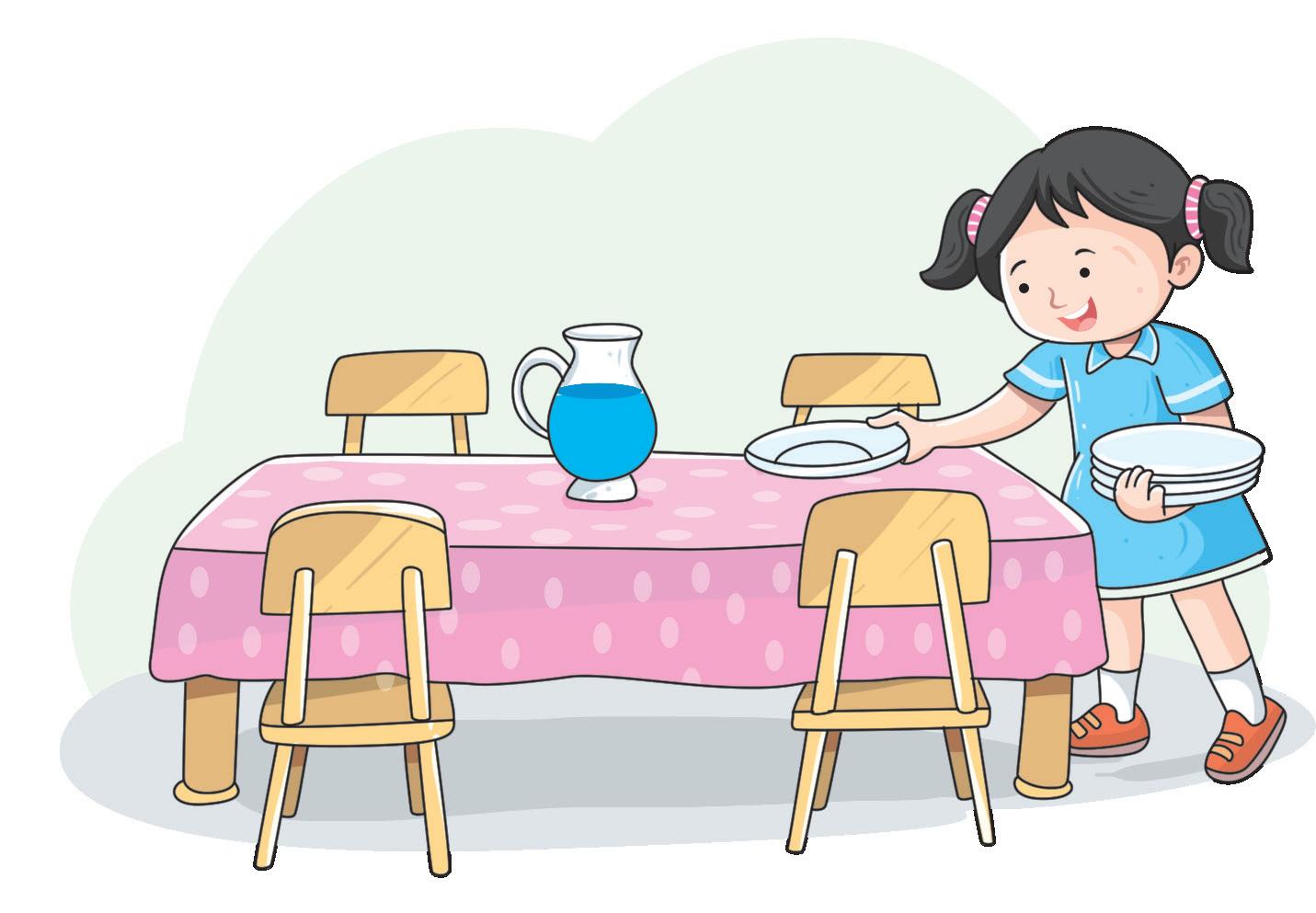
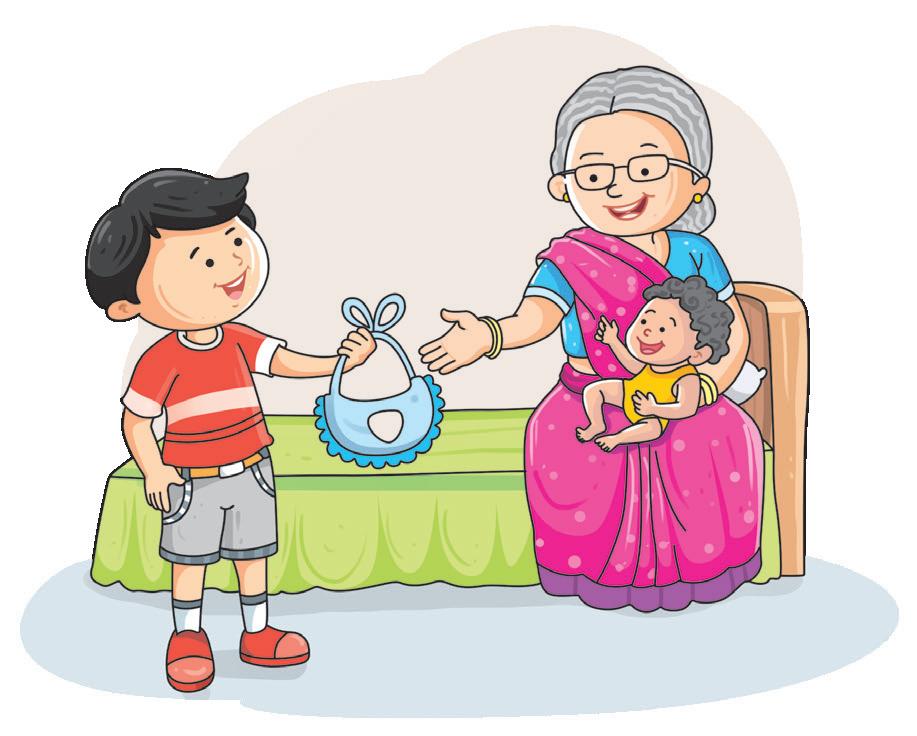





Mira goes to a mall with her mother.

After a while, she looks around. She cannot see her mother. Mira is lost.
Objectives
• Social skills • Emotional awareness

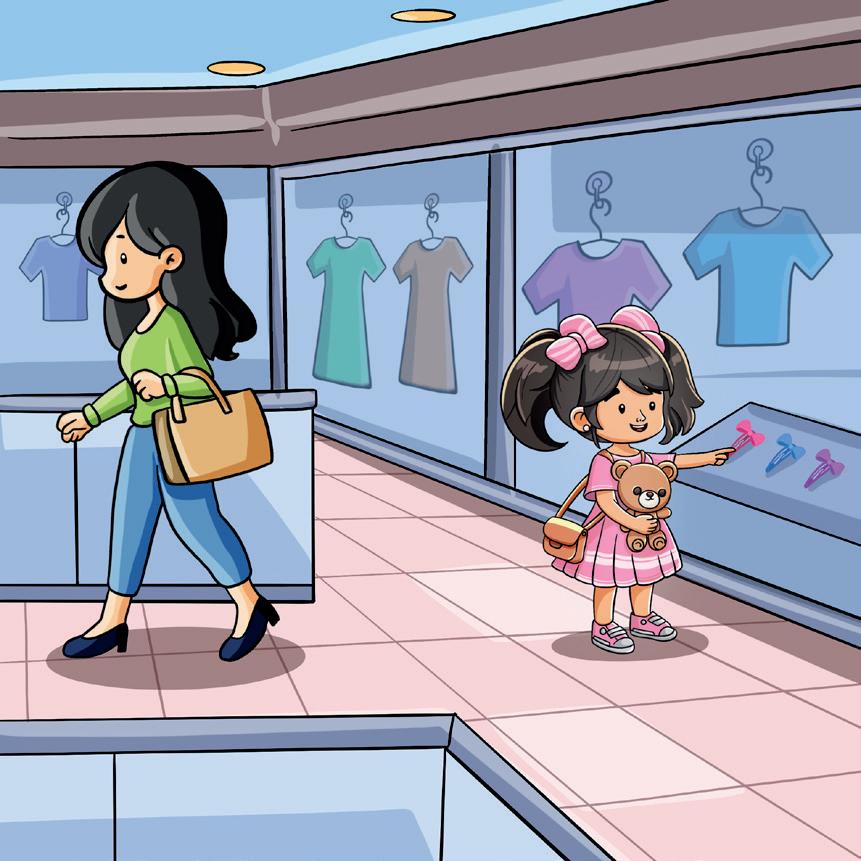
Mira stops at a shop to see some clips.

Mira’s mother comes to find her. Mira hugs her mother.


My House | Cleanliness at Home | My School | Rooms in a School
Good Habits at School | People Who Help Us | The Great Rescue | Hawkers
Odd One Out | Places Around Us | Places Around Town
Objective: To foster teamwork, enhance communication skills, and promote creativity among students by engaging in a fun game of charades focused on activities performed at home, children will develop their ability to express themselves non-verbally and learn from one another about daily routines.
Instructions:
Split the class into three teams, ensuring each group has a mix of abilities and personalities to promote collaboration.
Create a list of common activities that can be performed in different rooms of a house, such as: sleeping, watching TV, cooking, chopping fruits and vegetables, playing with toys, studying, washing utensils, taking a bath, having meals, storing food.
Explain the rules of dumb charades:
One member from each team will act out an activity from the list without speaking, using gestures and body language only. The other team members will have 2 minutes to guess the correct activity being acted out.
Allow one team to perform at a time, ensuring that every team has the opportunity to act out and guess. Encourage enthusiasm among team members and maintain a supportive environment.
Activity 2
Objective: To help children understand the concepts of good and bad habits concerning cleanliness and personal responsibility in school and at home.
Instructions:
Hand out two sheets of paper to each child—one for writing “YES” and the other for “NO.”
Present a comprehensive list of do’s and don’ts related to cleanliness and good habits, including activities such as: packing your school bag, throwing chips wrappers on the floor after eating, keeping shoes inside the shoe rack, leaving plates on the dining table after finishing a meal, keeping toys inside the toy box, changing clothes after returning from school, properly storing the school bag after getting home, taking turns on swings, practicing yoga, pushing other children on the stairs, throwing trash in the dustbin, not walking in line in corridors, sharing toys.
Call out each item from the list one at a time. Ask the children to hold up their YES page if they believe the habit is a good one or their NO page if they feel it is a bad habit.
After each vote, facilitate a brief discussion about why they chose YES or NO for that habit.
Activity 3
Objective: To foster awareness and appreciation of the various community helpers who contribute to our daily lives by dressing up as their favourite helper. This will build their confidence in public speaking and understand the importance of each profession.
Instructions:
Instruct children to come dressed as a community helper of their choice, such as a tailor, teacher, watchman/guard, greengrocer, dentist, carpenter, ice cream seller, bangle seller, etc.
Ask each child to prepare a brief introduction of 4-5 lines about the character they are portraying. This introduction should include: The name of the community helper
A description of their job
How their work benefits the community
Why they chose that helper
As children present, encourage classmates to ask questions or make comments about the roles, fostering interaction and dialogue.


We all live in a house. Let us read about a house.

I need a house to:


Objectives

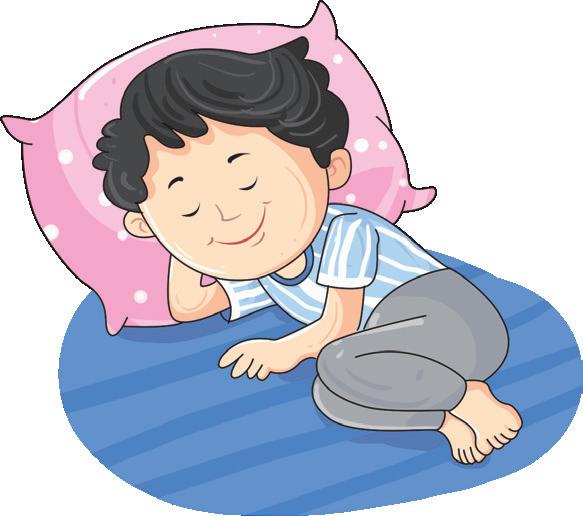
• Identification • Awareness keep my things stay safe sleep comfortably be with our family

These are the rooms in my house.


bathroom bedroom


dining room

Objectives
• Identification • Awareness • Observation
kitchen living room


Where do you keep these things in your house? Match them to the correct places.




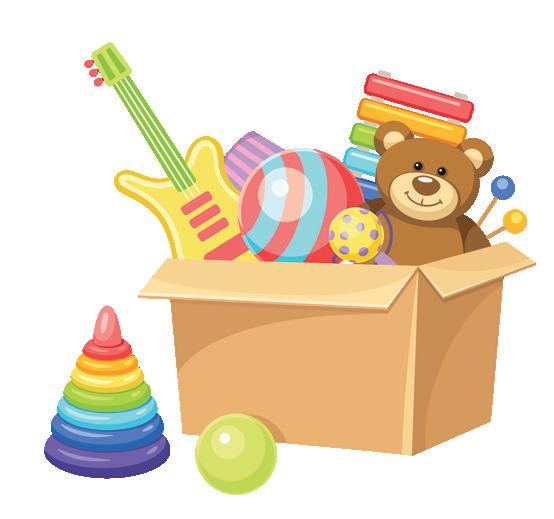
Objectives
• Identification • Awareness • Observation


We should keep our home clean. Here are a few ways.
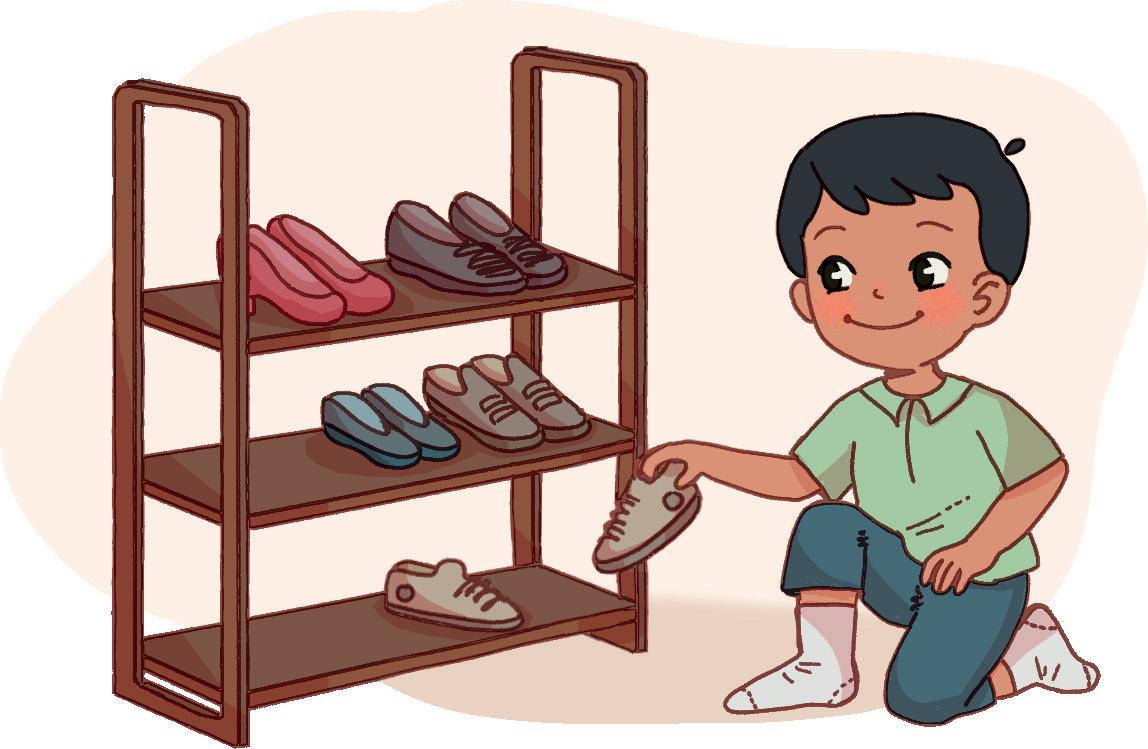

Keep shoes in shoe rack. Put toys back in toy rack.

Put used dishes in sink.
Objectives

Clean our study table.
• Awareness of hygiene • Recognition of good habits • Decision making



We do many things at school. Let us know about them.



Read and write Listen to stories Draw and colour



Play football Solve puzzles Play on swings
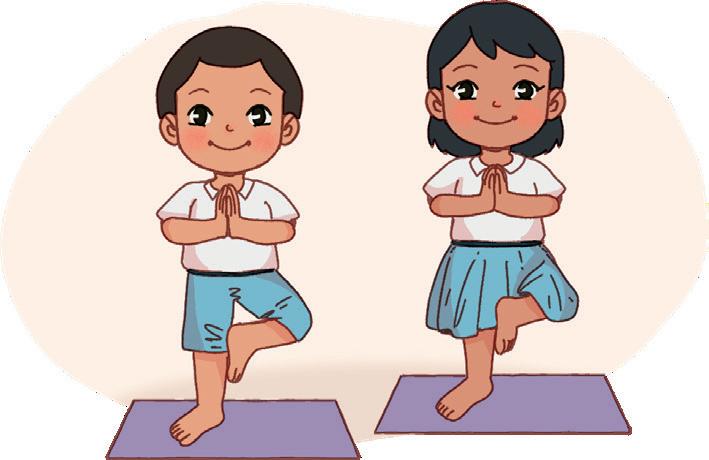


Exercise Skating Do art and craft
Objectives
• Learning skills • Self-awareness • Observation skills • Decision making



A school has many rooms. Colour the circles below the rooms you have seen in your school.

classroom
library
washroom

principal’s office
computer room
Objectives
• Identify rooms in a school
music room









Colour the circle red if it shows a good habit. Colour the circle blue if it shows a bad habit.



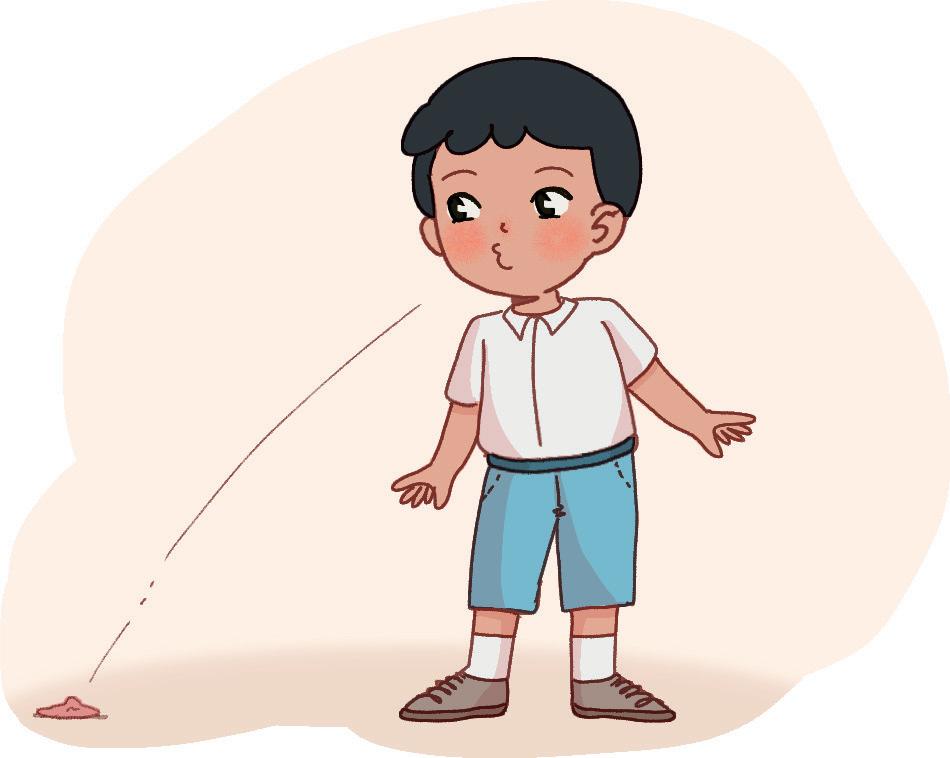









Objectives
• Moral development • Social skills • Cognitive skills




There are many people around us who help us. Look at these pictures to know about some helpers.

• Recognition • Matching skills housemaid guard garbage collector shopkeeper
Objectives


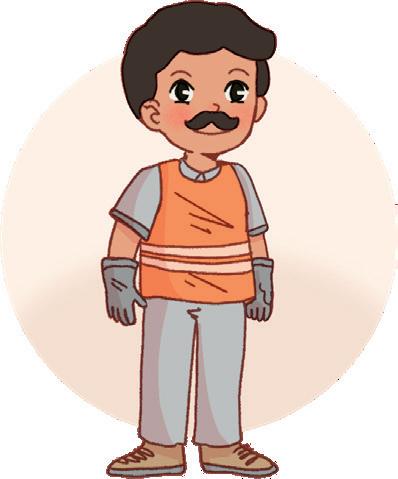

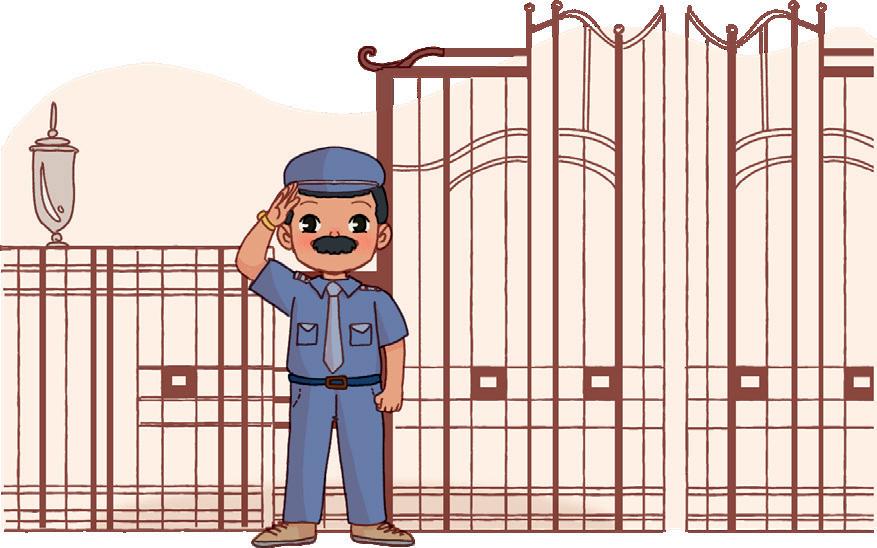

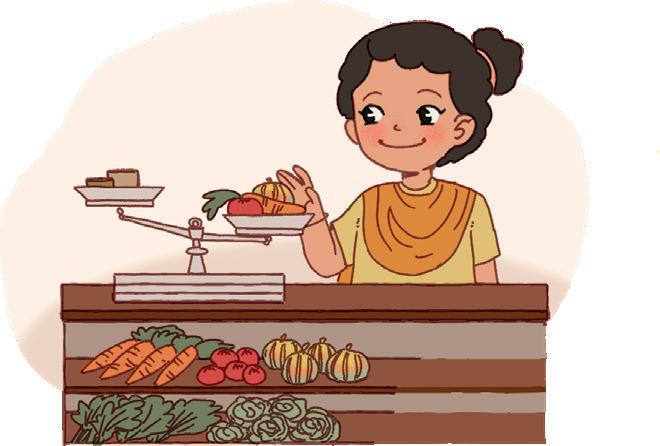

The people who help us also use tool. Let us know about some of them.

barber

carpenter
doctor mechanic
Objectives
• Recognition • Observation • Matching tailor



















































































































One day, Vikram, the firefighter, was at the fire station. Suddenly, the alarm rang loudly. The call said, “Ila’s house is on fire!”

Vikram quickly hopped into the fire engine. The siren went “tang tang tang tang,” as they raced to Ila’s house.
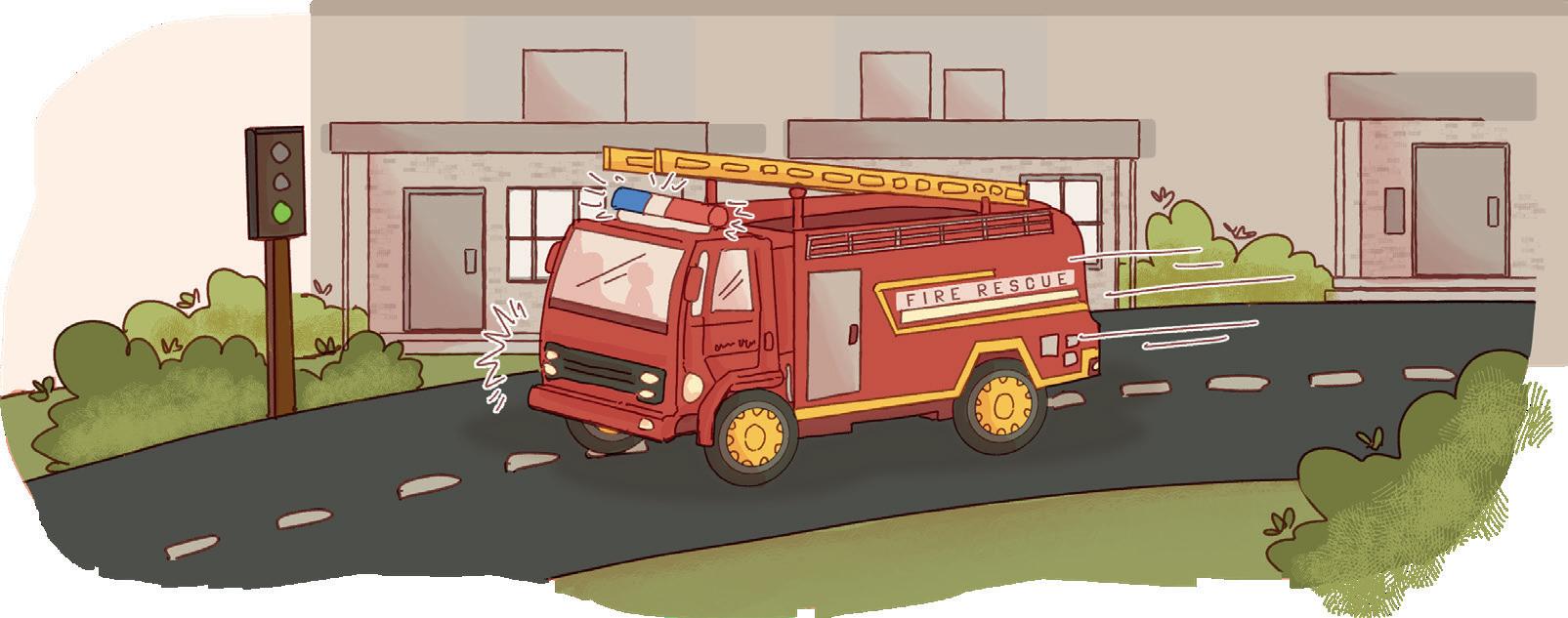
They saw that Ila’s house was on fire. Vikram and his team sprayed water to put out the flames.


Meanwhile, the police officer Priya, arrived and kept everyone safe and calm. She helped people move away from the fire.

Ila and her family were safe but scared. Dr Rohan arrived to check everyone and make sure they were okay.

With the fire out and everyone safe, Ila’s family thanked Vikram, Officer Priya, and Dr Rohan for their bravery and help.

Objectives
• Understanding roles • Safety awareness • Problem solving • Empathy



Hawkers are people who sell a variety of items, like ice creams, coconuts, bangles, balloons, toys, fruit, and plastic goods. Match each hawker with the item they sell.
ice cream seller coconut seller bangle seller
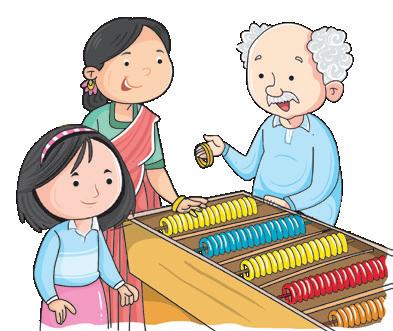
toy seller balloon seller fruit and vegetable seller
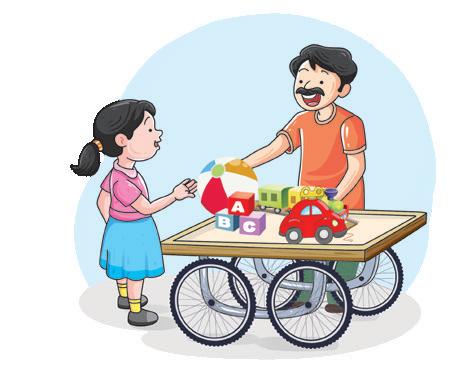

Objectives







• Categorization • Vocabulary development • Social awareness


In each set, circle the thing that does not belong to the helper.












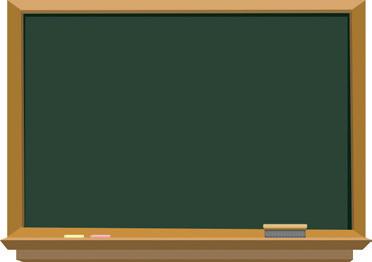
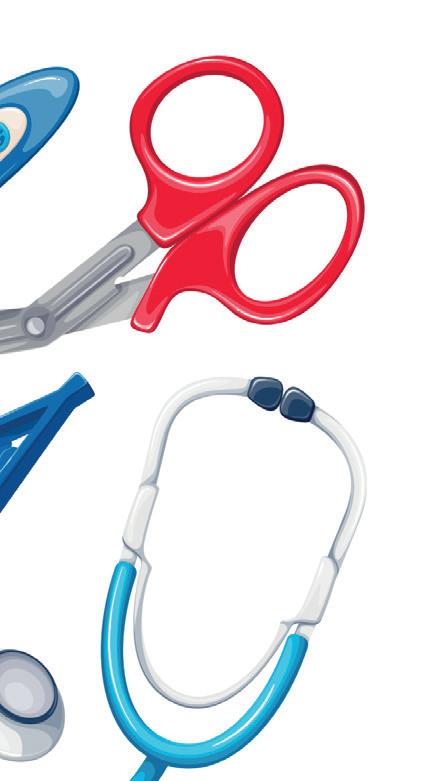





Objectives




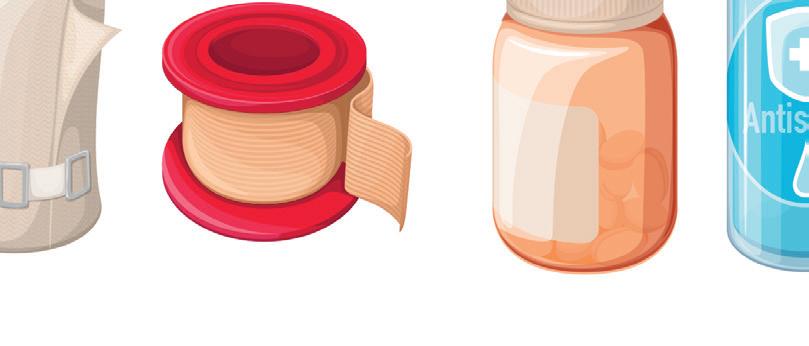
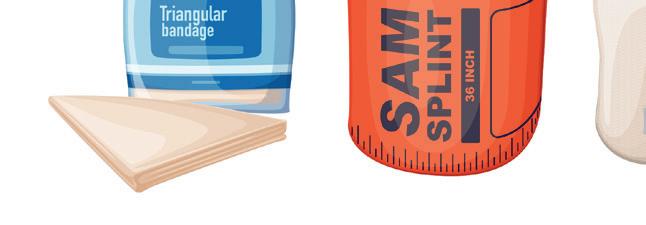







Categorization • Observation • Decision making















































































































Match these helpers with their names.

What do you want to be when you grow up?
Objectives
• Observation • Identification



Tick () the places you have seen and talk about them.































































































































airport railway station

bus stop
























metro station


hospital police station





























































Objectives

























































• Community awareness • Recognition




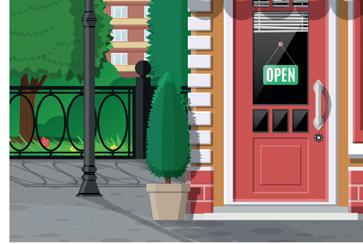





Help each person find their way to the correct place in town. Draw a line through the maze to connect each person to where they need to go.


















































Objectives
• Navigation skills • Community awareness • Fine motor skills





































































Match these places with their names.



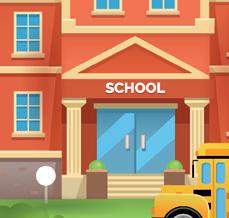






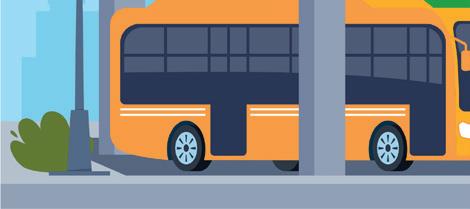



Objectives
• Matching • Identification


Animal Homes | Useful Animals | Wild Animals | Animals and Their Young Ones
What do Animals Eat? | More Animal Homes | Water Animals | Birds
Sequencing | Animal Care | Animals and Their Sounds | Spot Them Out!
Parts of a Tree | Uses of Plants | From Seed to Plant | What do Plants Need?
Flowers
Activity 1
Objective: To engage children in a fun and interactive guessing game that enhances their critical thinking, listening, and comprehension skills by providing clues about various animals.
Instructions:
Explain to the class that they will be playing a guessing game called “Guess Who Am I?” where they will need What do Plants Need? to identify different animals based on hints you provide.
Start giving hints about various animals one by one, such as:
“I live in a den, and I roar.” (Answer: Lion)
“I lay eggs, and I live in a coop.” (Answer: Hen)
“I make honey, and I buzz around all day long.” (Answer: Bee)
“I am a bird, and my young one is called a duckling.” (Answer: Duck)
“I live in a kennel, and I am a pet animal.” (Answer: Dog)
Instruct the children to raise their hands as soon as they think they know the answer. Allow the first child to raise their hand to respond.
After a child answers, confirm if they are correct or incorrect. If they answer correctly, praise them; if they are incorrect, then gently encourage other students to raise their hands and try again.
After the game, gather the children and discuss what they learned about the animals. You can ask questions like:
“Which animal was the most difficult to guess?”
“What was your favourite hint?”
Activity 2
Objective: To enhance children’s understanding of animal movements while promoting physical activity and attentive listening.
Instructions:
Explain to the children that they will be playing a lively game called “Hop and Clap.” Provide an overview of what they will be doing and the rules of the game. Inform the children that you will read statements about animal movements one at a time. Explain the actions: if the statement is correct, they will hop; if it is incorrect, they will clap.
Emphasize that anyone who hops incorrectly for a false statement will sit down and watch the rest of the game. Start sharing the animal movement statements, allowing time for the children to think about each one before they respond. For example: “Elephant crawls.” (Incorrect - clap) “Monkey swings.” (Correct - hop) “Fish stomps.” (Incorrect - clap) “Kangaroo hops.” (Correct - hop) “Elephant stomps.” (Correct - hop) “Fish swims.” (Correct - hop) “Monkey flies.” (Incorrect - clap)
Encourage the children to think carefully before responding, promoting a sense of fun and excitement. As children respond, keep an eye on the participants who sit down; offer encouragement to those still playing, and acknowledge those who hop and clap correctly.
Continue the game until only one child remains standing. Celebrate that child as the winner with praise and recognition for their participation and skill.
Objective: To foster creativity and fine motor skills in children by using natural materials for art. By observing flowers closely and creating prints, students will also learn about the beauty of nature.
Instructions:
Instruct each child to bring one flower of their choice to school, encouraging them to select a flower that they find interesting or beautiful.
Once at school, gather the children and encourage them to observe their flowers closely. Ask guiding questions such as: “What is the colour of the flower?” “What is the shape of the petals?”
“What is the name of the flower?” “How is the smell of the flower?”
Explain that they will use the flower to create a print on a greeting card. Demonstrate the process of printing by applying paint to the flower and pressing it onto the card.
Provide each child with a blank birthday card and paint. Help them dip their flowers in the paint and guide them as they make prints on the cards, allowing them to create unique designs.
Once the flower prints are dry, assist the children in writing ‘JUST FOR YOU’ inside their cards.
Ask children to share their cards with their friends or family members.


Animals and birds are found everywhere. Mark a tick () for the birds and animals you see around your house.







Objectives
• Observation • Identification



















































































































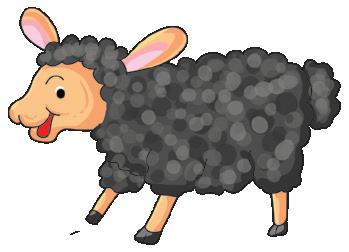





































































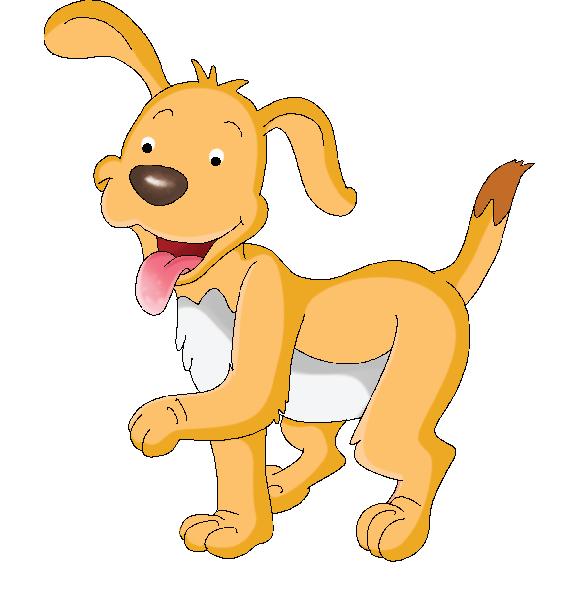





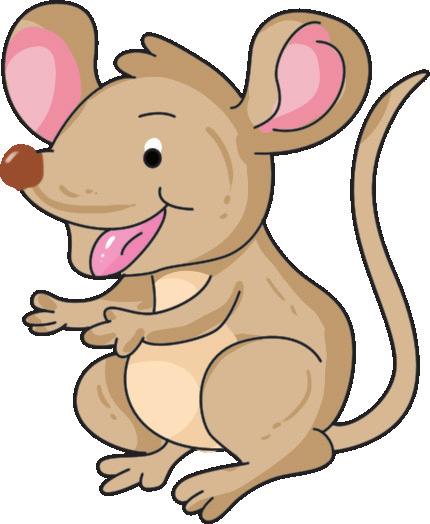







Objectives
• Writing names of common animals


Rohan is giving his pet dog Milo a bath. Look at the pictures. Read the story.


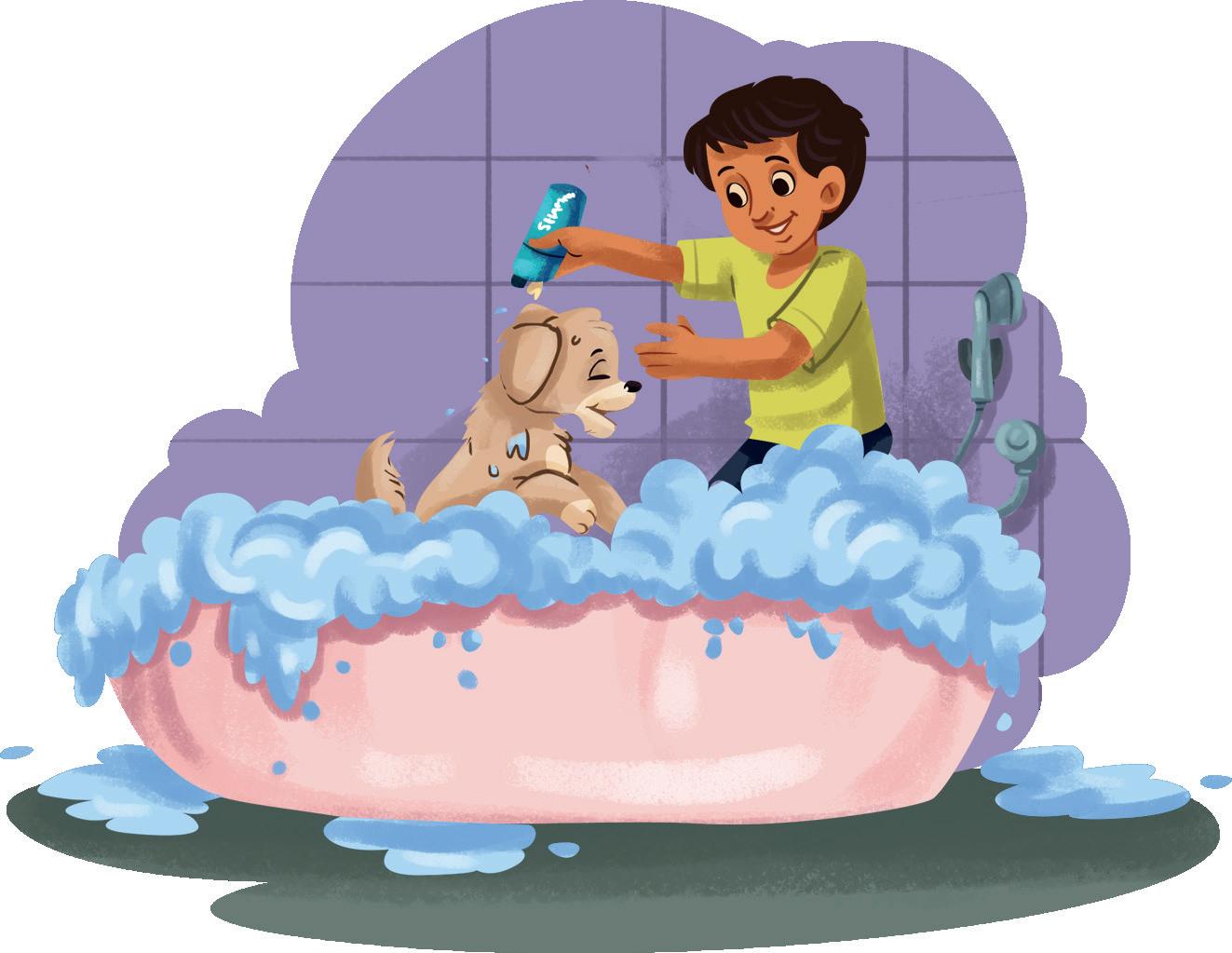
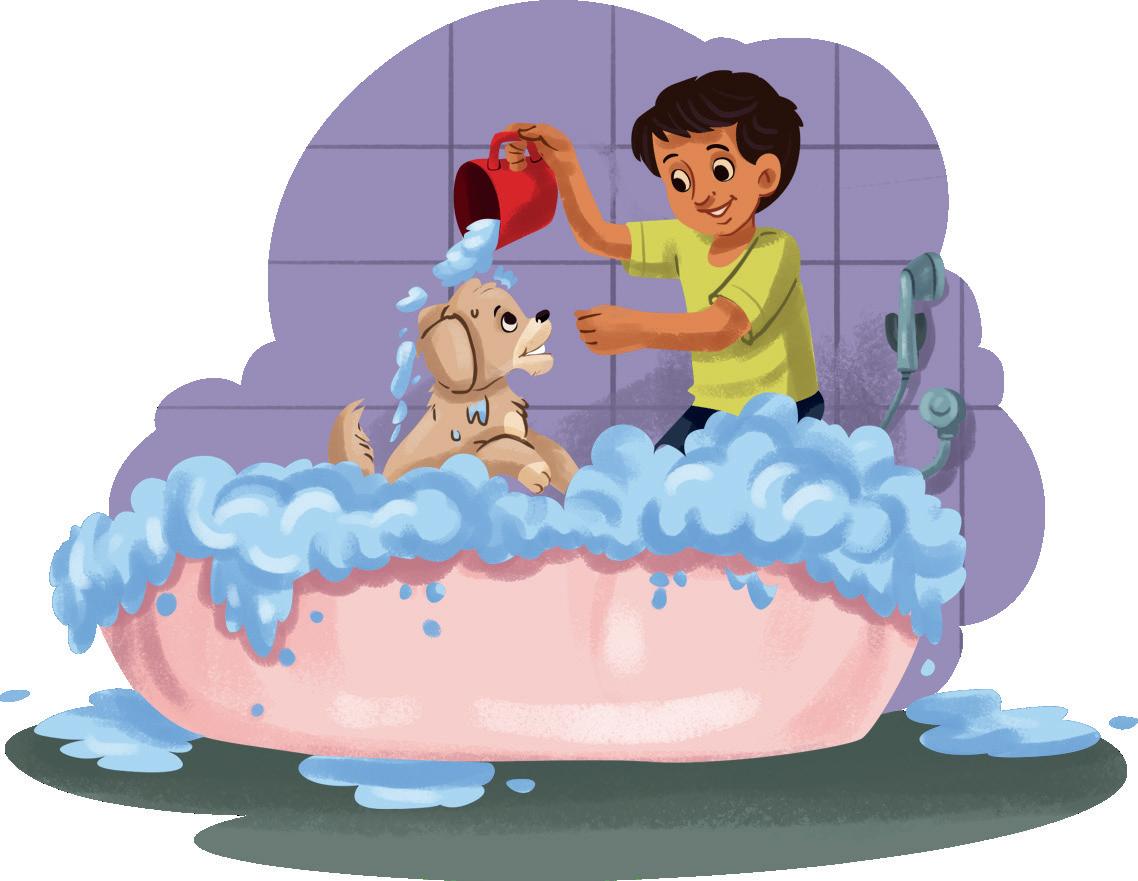

Rohan puts water on Milo. Then, he applies shampoo. He cleans him well.
He pat dries Milo with a towel.
Objectives
• Observation • Sequencing


Follow the given instructions to create your own fish bowl.
1. Draw and colour two plants inside the bowl.
2. Next, draw and colour three small red fishes.
3. Finally, draw and colour water in it.


Provide one instruction at a time, allowing the children to complete each task before moving on to the next step.
• Following instructions • Sequencing
• Fine motor skills




There are some animals that live in a farm. See them in the picture below.
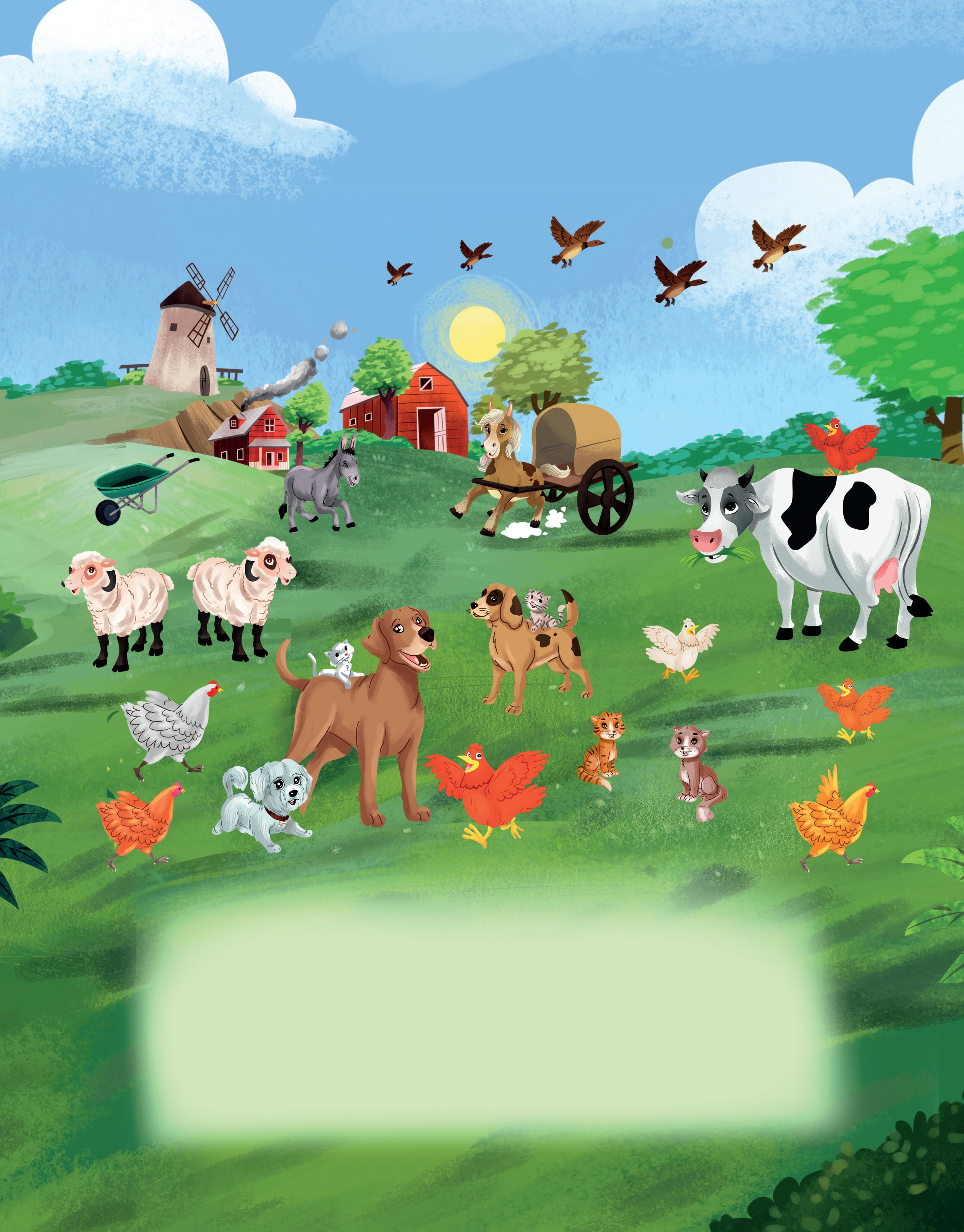
Count and write.
Objectives
• Observation skills • Counting • Number recognition cow horse donkey dog sheep hen cat


Farm animals live in different kinds of homes. Let us look at some of them.

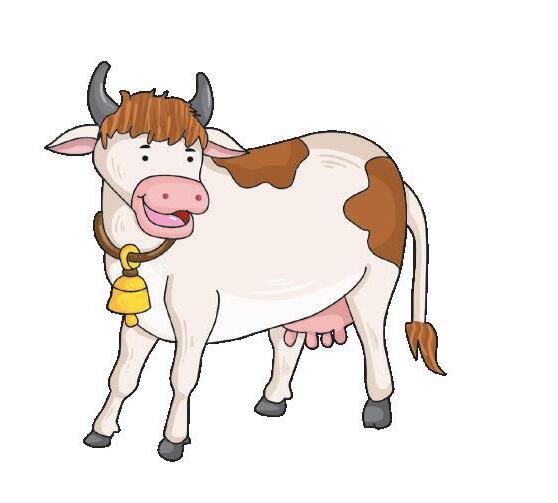

















Objectives
















































































































• Recognition • Matching


Animals are useful to us. Hens give us eggs. Cows, goats, and buffaloes provide milk. Sheep give us wool, and honeybees give us honey. Dogs guard our homes and farms. We can ride horses. Camels and donkeys help carry goods. Match the animals with the things we get from them.
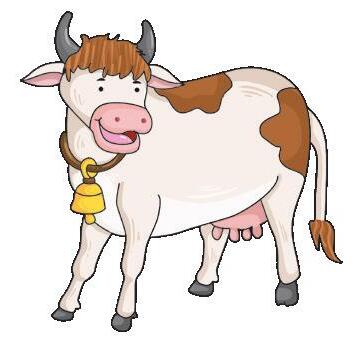
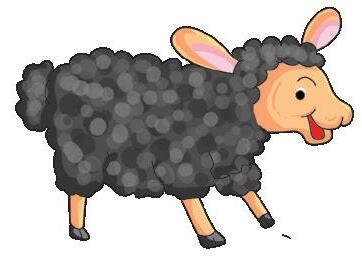
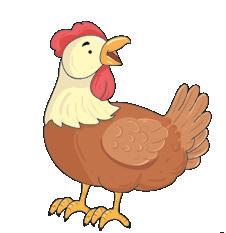

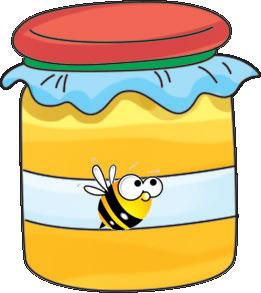

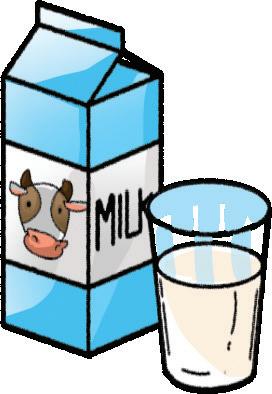
Circle the animals that carry loads for us.
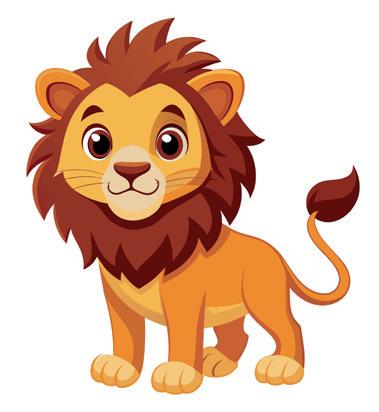
Objectives
• Critical thinking • Categorization





Wild animals live in jungles. Write the names of these wild animals.
fox deer lion tiger bear hippo
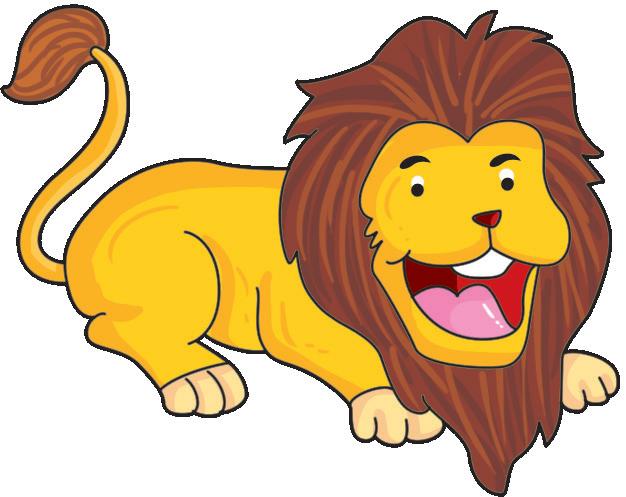
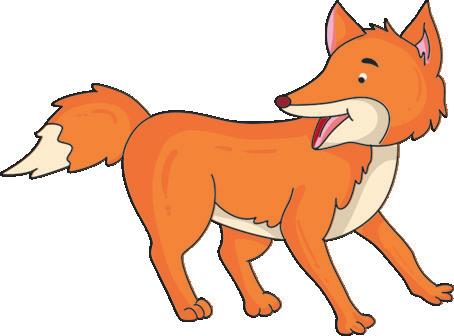


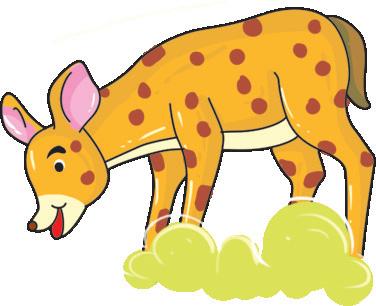

Here are some more wild animals. Try to read their names.


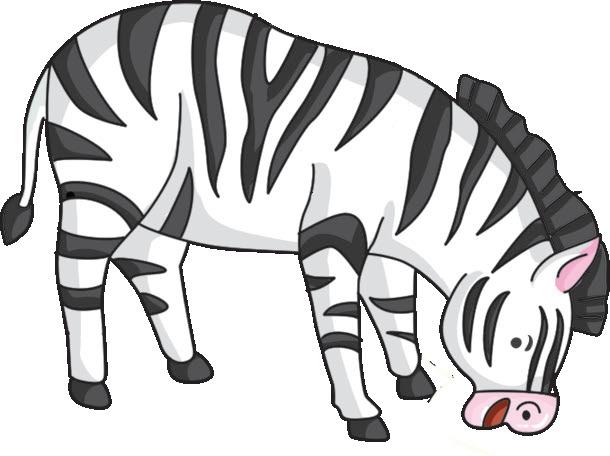
Objectives



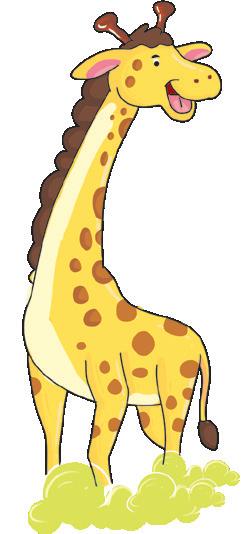
• Identification • Reading and writing names of wild animals


































Name each animal. Circle its baby.











































































































































































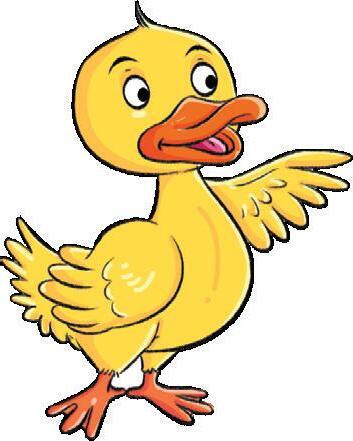




































































































































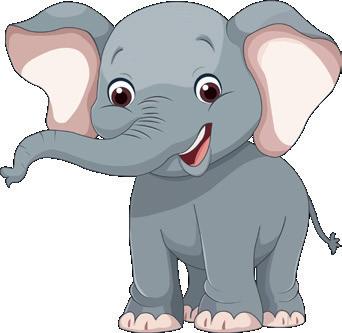






















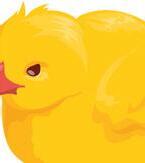





















Objectives











• Identify animals and their babies


















Some animals eat plants. Look at these animals and name them.




Some animals eat other animals. Look at these animals and name them.

Objectives
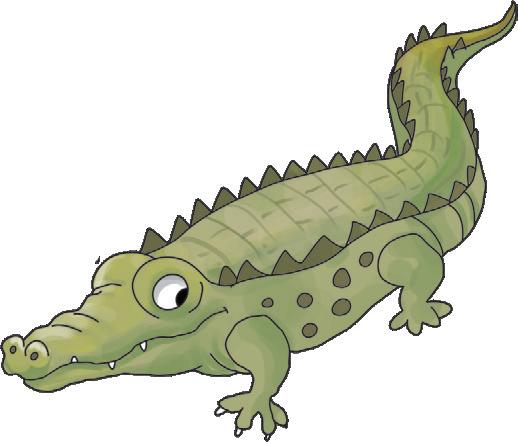
• Identify food habits of animals
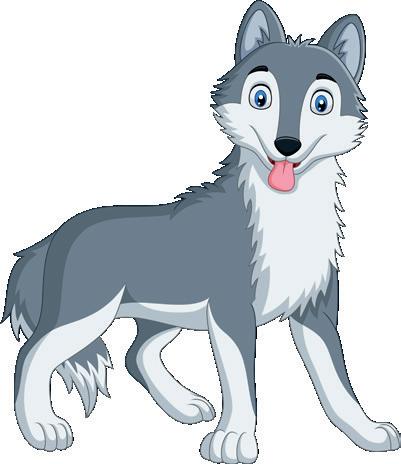


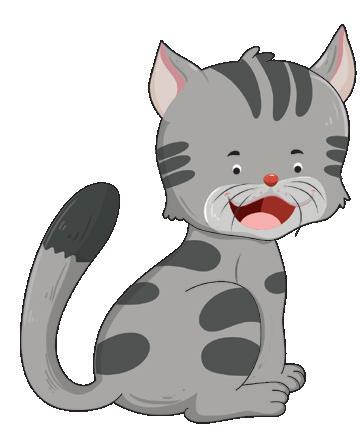


Many animals make their own homes, while others live in homes provided by nature. Let us look at some of them.

Objectives
• Recognition • Matching




Many animals live in ponds, lakes, rivers and oceans. Let us look at some of them.


Objectives
• Matching • Identification



We see many birds around us. Most of them can fly. Let us look at some of them.
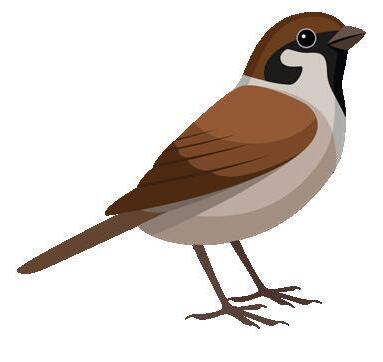
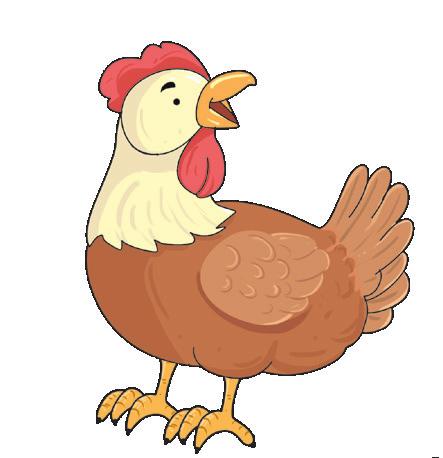
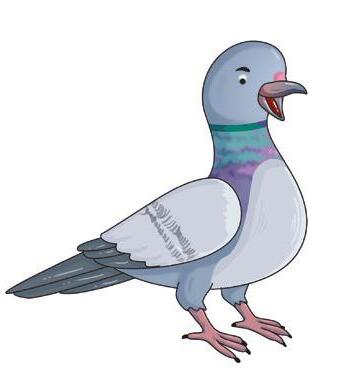
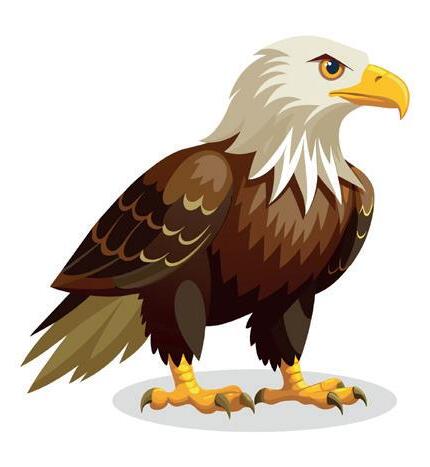
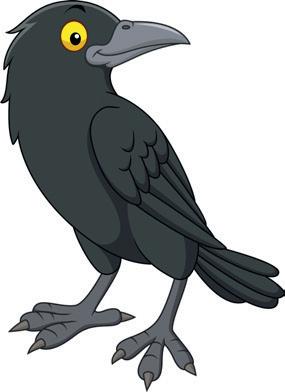
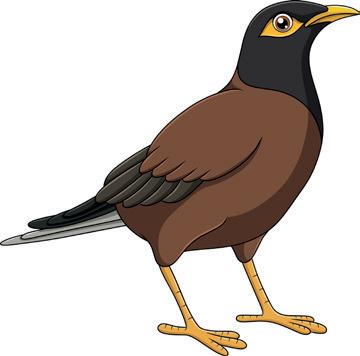


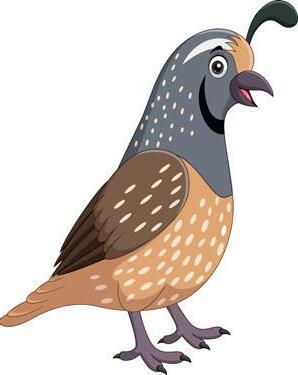






Let us read a story about a Mumma bird building a nest.
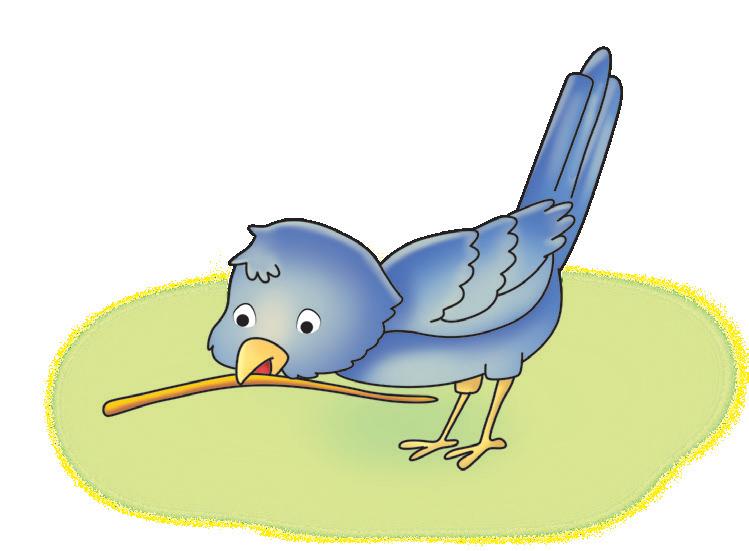
Mumma bird picks up a twig.

Mumma bird lays eggs.


Mumma bird builds a nest.

Mumma bird sits on the eggs. The eggs hatch.
Objectives
• Sequencing • Logical thinking • Observation

Baby chicks are out.


Animals, like us, have feelings. We should not harm them. Tick () the actions that are right. Cross () the actions that are wrong.

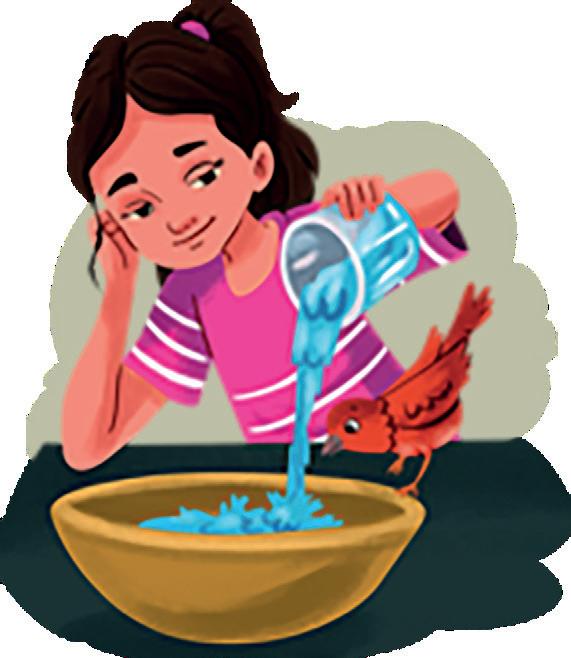

Objectives


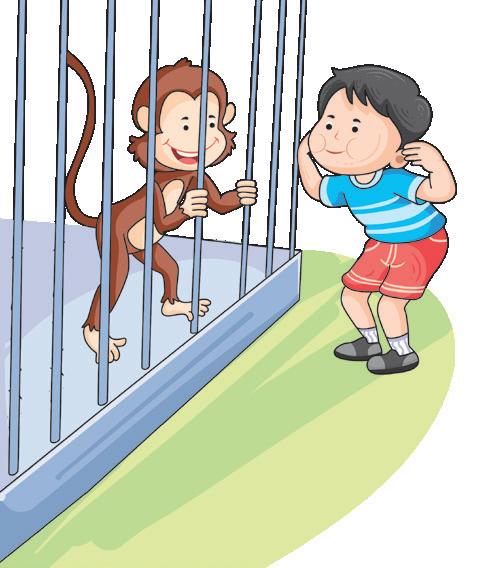

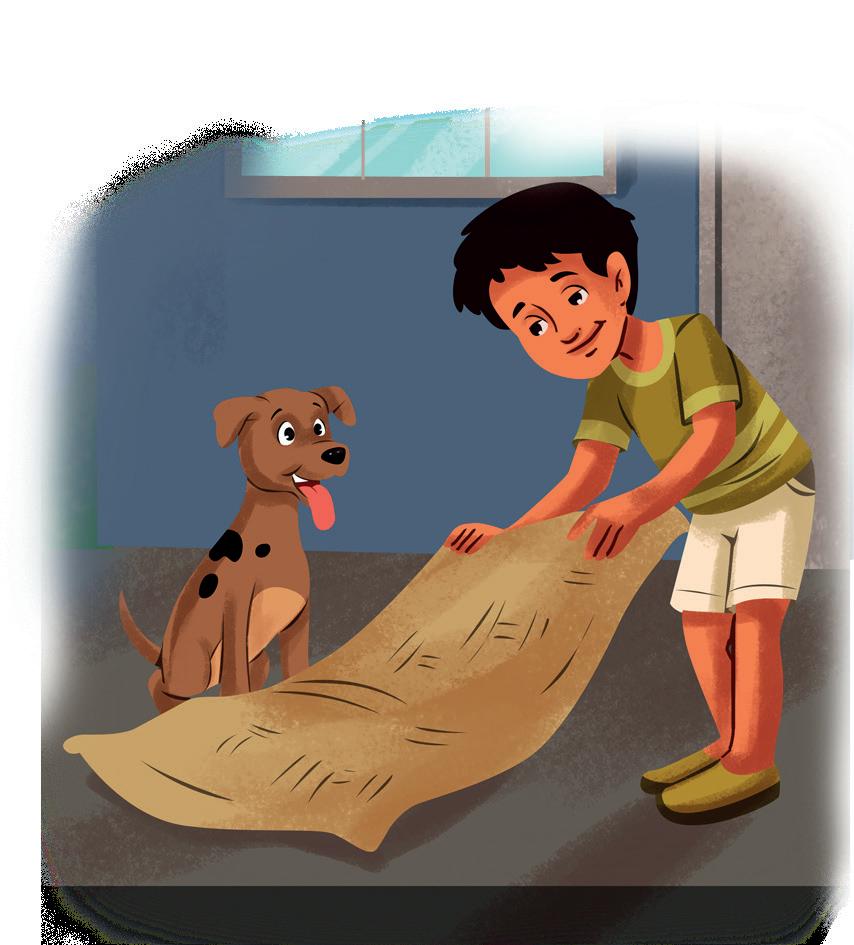
• Decision making • Moral reasoning • Empathy and responsibility


Draw and colour the missing part of each animal.
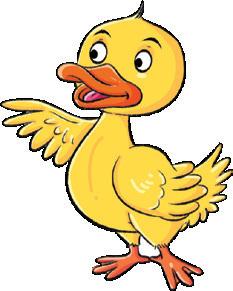





Objectives
• Creativity • Animal identification • Observation
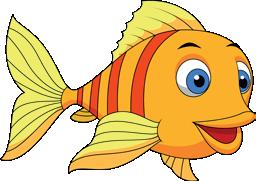



Animals make sounds. They communicate with each other using different sounds, like barks, meows, chirps, and roars.






















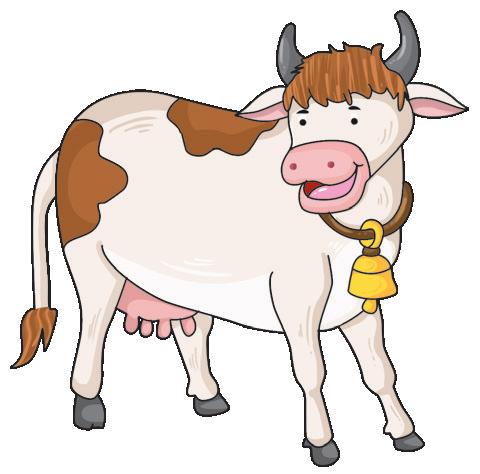





Objectives
• Identification • Vocabulary
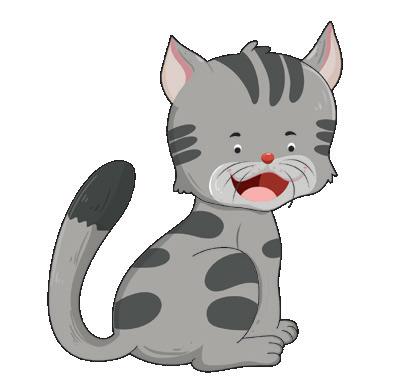
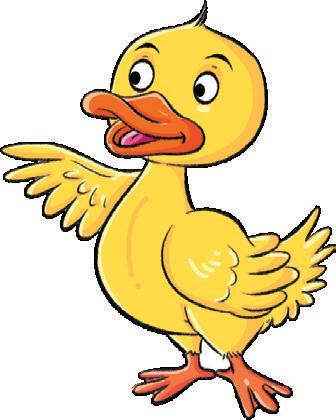
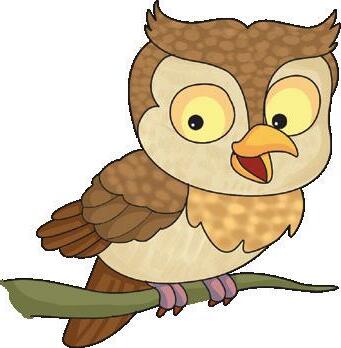
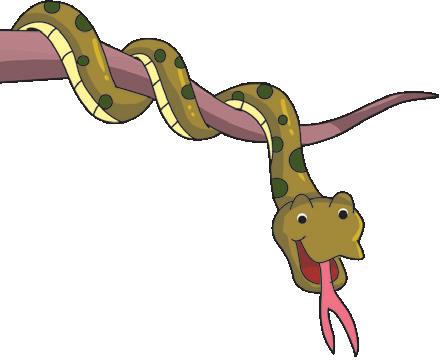


Read the clues. Circle the animals.
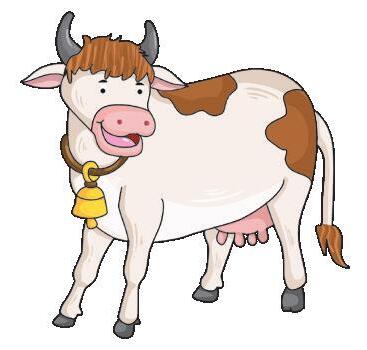

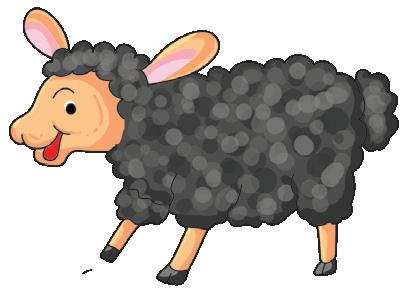
Animal that eats other animals

Pet animal

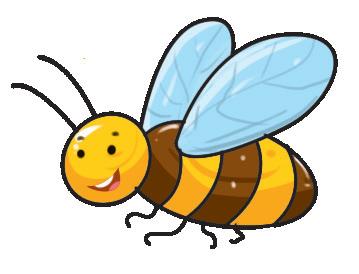



















Animal that does not live in water
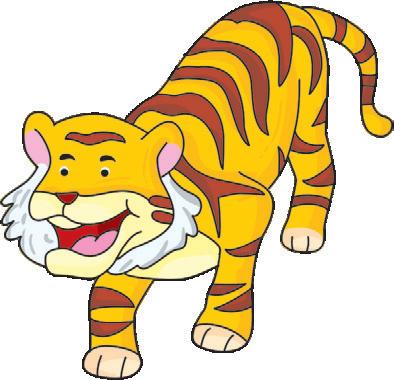






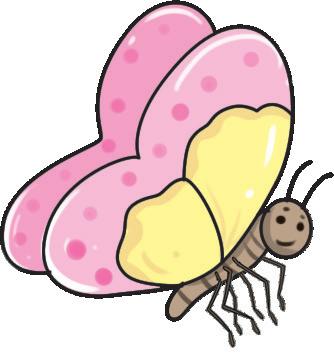

Objectives
• Critical thinking • Classification • Visual discrimination




Trace the words and read them aloud.
Objectives
• Read and write the names of parts of a tree












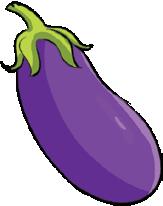

Objectives
• Identification • Knowledge of plants



Plants are good for us. We can also grow plants. Let us see how.

I fill a pot with soil.
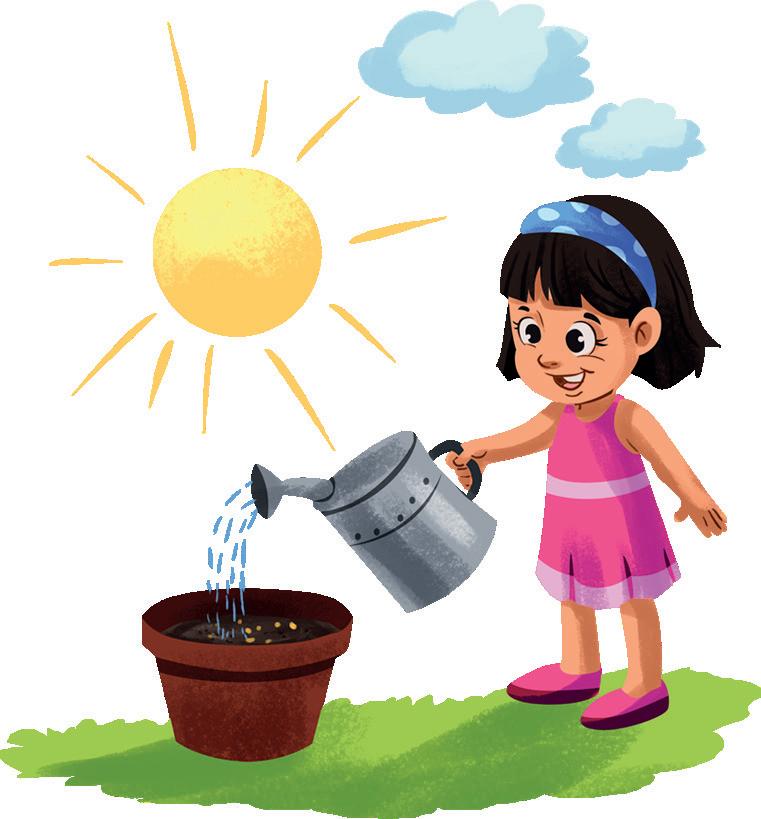
I place it in open air and sunlight. I water it every day.

I plant a seed in the soil.

After some days, a small plant grows.

Objectives
• Sequencing • Observation
In a few days, my plant grows big and strong.



Tick () the things a plant needs to grow.





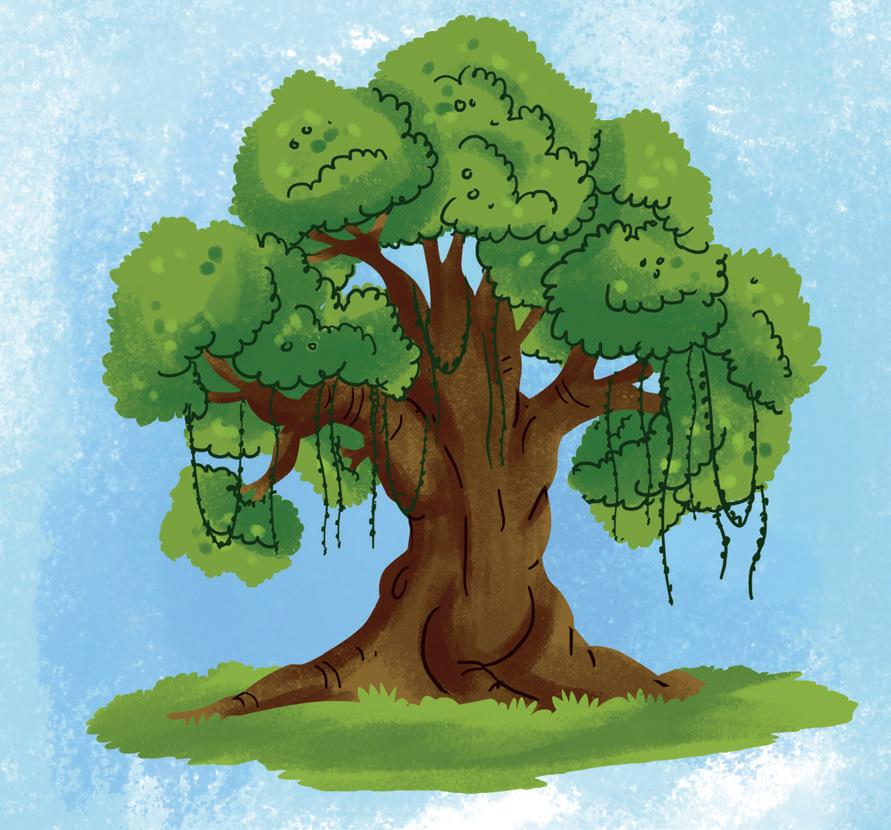
Objectives
• Observation • Understand what plants need to grow



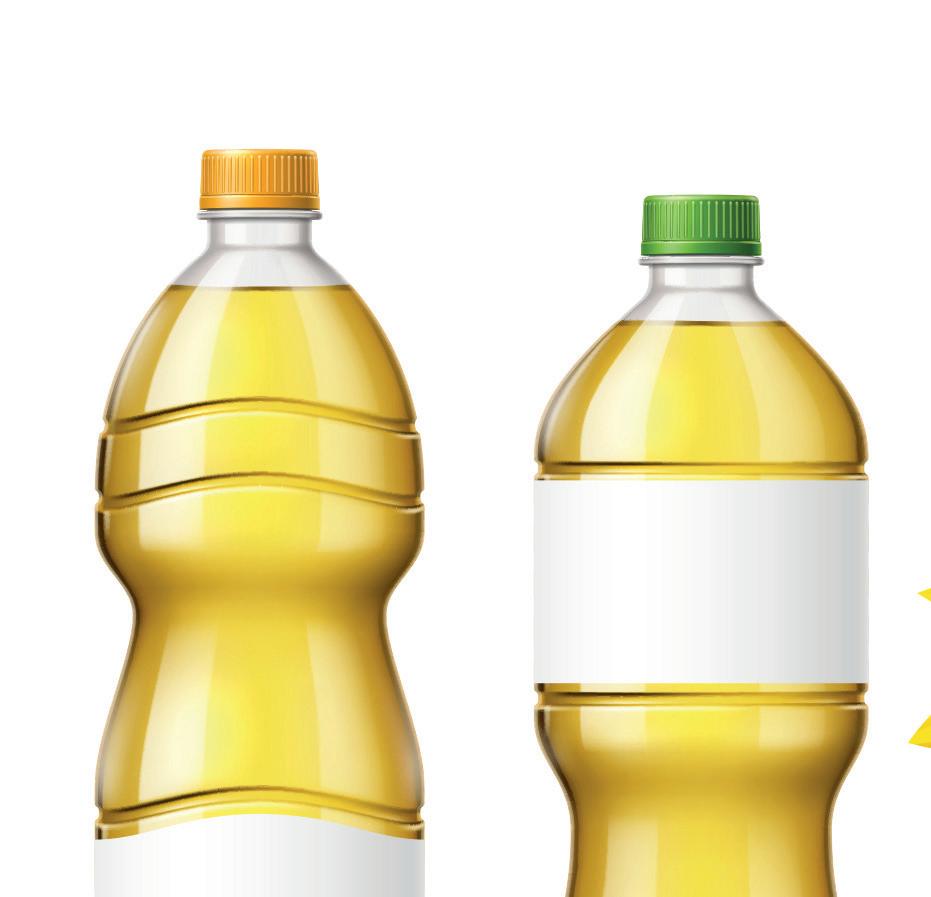
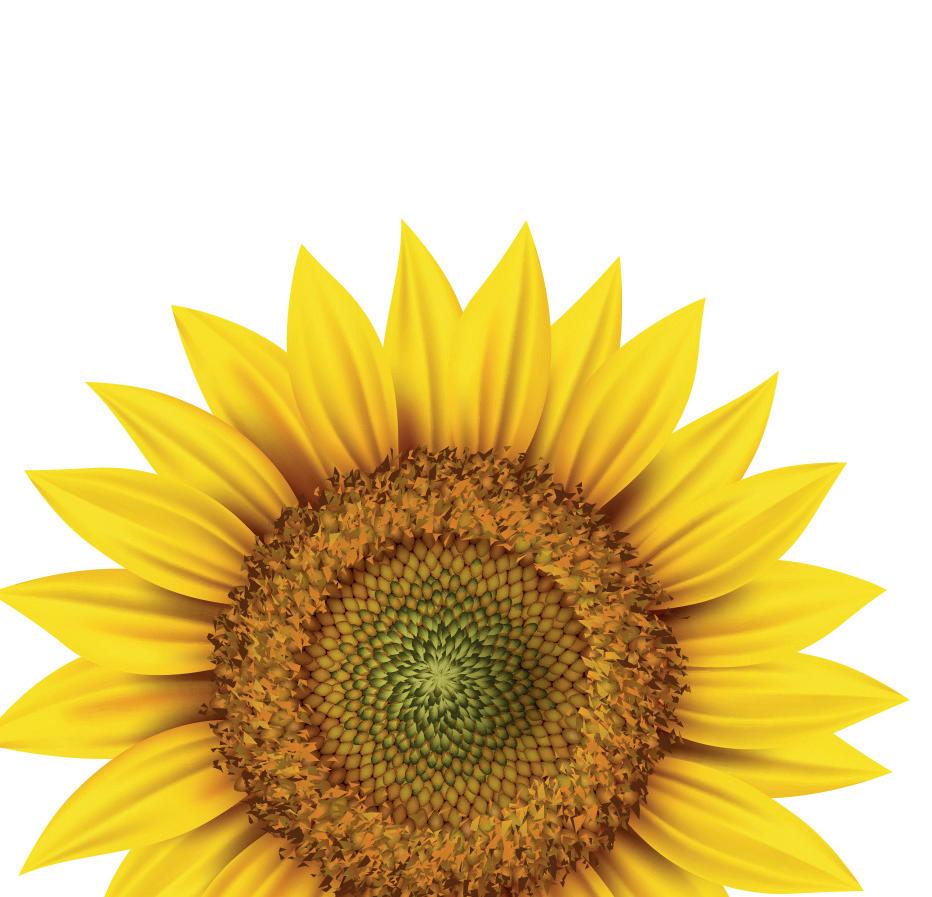

Let’s learn the names of some common flowers.

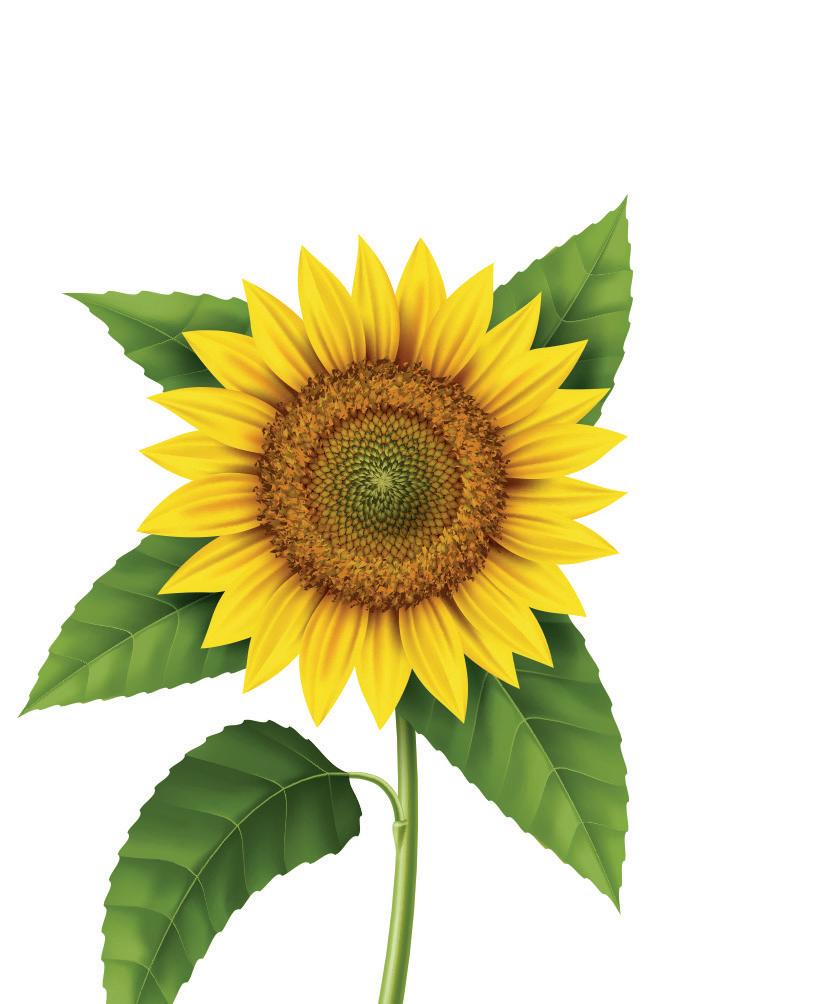





Objective: To promote creativity and fine motor skills in children.
Instructions:
Inform the children that they will be participating in a fun “Missing Watermelon Seeds” activity. Ask them to bring black or brown coloured bindis from home as a substitute for watermelon seeds.
Provide each child with a worksheet featuring an outline image of a half-cut watermelon.
Instruct the children to colour the watermelon image using crayons.
Once the children finish colouring, lead a discussion by asking, “Does a watermelon have one seed or many seeds?” Facilitate a brief conversation about the number of seeds in a watermelon and other fruits.
After confirming that watermelons have many seeds, assist the children in pasting the black or brown bindis onto the watermelon slice in a proper manner to represent the missing seeds. Encourage them to place the bindis randomly to mimic how seeds are found in a real watermelon.
Conclude by highlighting the fun of creating the watermelon slice and the importance of seeds in growth and nature, connecting this activity to the natural world around them.
Activity 2
Objective: To promote awareness of healthy eating habits among children while encouraging identification and appreciation for various vegetables in a fun and imaginative way.
Instructions:
Inform the children that they will be participating in the “I Am a Vegetable” activity to learn more about healthy vegetables. Hand out a half-A4 sheet to each child for them to write on.
Display a picture chart showcasing a variety of healthy vegetables.
Instruct the children to choose their favourite vegetable from the chart and write its name on their half-A4 sheet. Encourage them to consider the colours, shapes, and benefits of the vegetables as they decide.
Once they finish writing, ask the children to hold the sheet in front of their face with both hands. This way, they can present themselves as the vegetable they have chosen.
Give each child a turn to introduce themselves by saying lines such as:
“I am ONION, I am a vegetable.”
“I am SPINACH, I am a green vegetable.”
“I am BRINJAL; I am purple in colour.”
Encourage creativity in their introductions, and prompt them to add fun facts about their vegetables if they wish. Allow all children to take turns introducing themselves, ensuring each child feels heard and valued.
Objective: To help children differentiate between healthy and unhealthy food choices while promoting understanding of the impact of these choices on their bodies.
Instructions:
Inform the children that they will be playing a game called “Stop Me,” which will help them learn about healthy and unhealthy foods.
Display pictures of various healthy and unhealthy foods from the coursebook. Explain the difference between the two and emphasize that healthy foods help us grow strong, while unhealthy foods can make us weak.
Explain that you will act out eating or drinking different food items. When you mention an unhealthy food item, the children must shout “STOP.” If you mention a healthy food item, they will remain silent.
Provide a few examples to clarify the game:
“I am eating curd.” (Children remain silent)
“I am drinking cold drink.” (Children say “STOP”)
“I am eating spinach.” (Children remain silent)
“I am eating chocolate cake.” (Children say “STOP”)
“I am drinking water.” (Children remain silent)
Continue the game, varying your food choices, and ensure every child has a chance to participate in calling out “STOP” for unhealthy foods.



Look at the fruit. Trace their names.


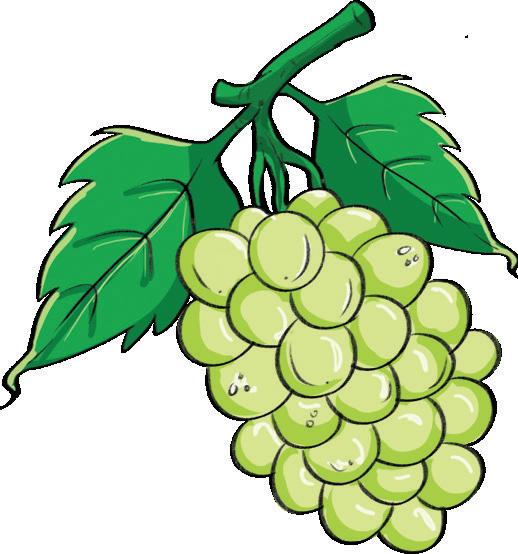
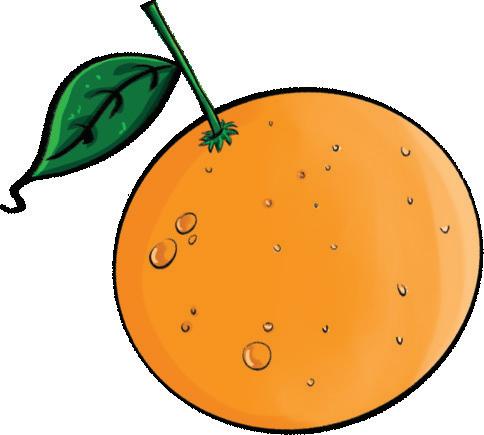


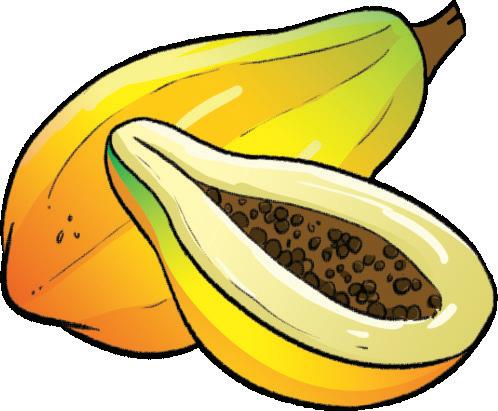








Objectives
• Fine motor skills • Identification




Write ‘P’ in the box for the fruits you eat after peeling.









Objectives
• Fine motor skills • Identification




Arrange the pictures in correct sequence by numbering them from 1 to 4. Wash your hands. Peel the banana.

Eat the banana. Throw the peel in the dustbin.

Objectives
• Sequencing • Logical thinking • Understanding hygiene
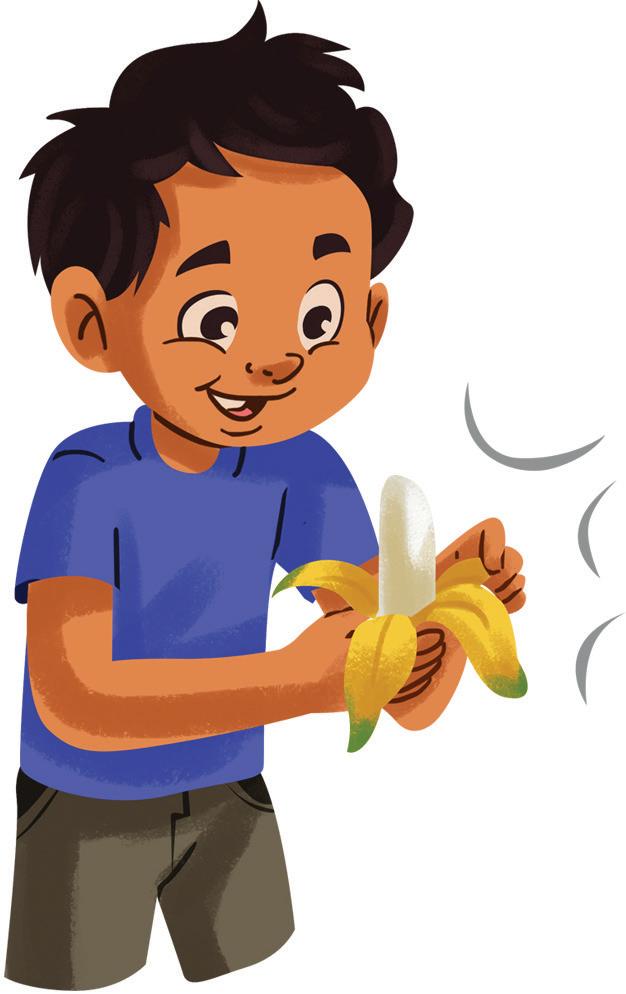


Fruit have seeds. Some have one. Some have many. Write ‘one’ under the fruit that has one seed and ‘many’ under the fruit that has many seeds. One has been done for you.

Objectives
• Identification • Observation




Look at the vegetables. Trace their names.
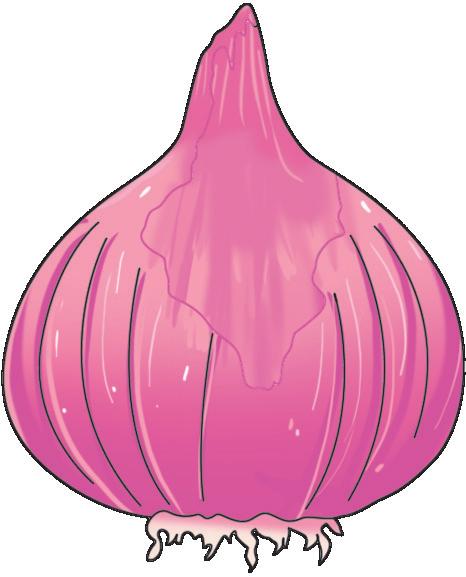








Circle the vegetables that can be eaten raw.



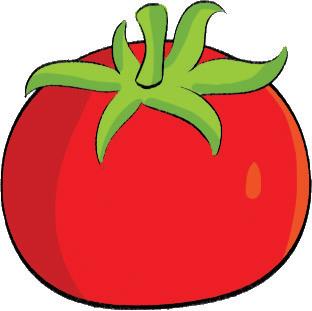

Objectives
• Identification • Observation





Compare the sizes of vegetables. Write numbers 1 to 3 in the order of smallest to biggest.

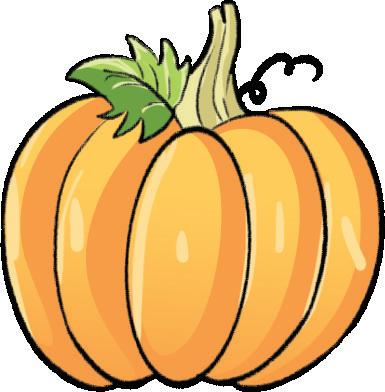




Objectives
• Size comparison • Visual discrimination









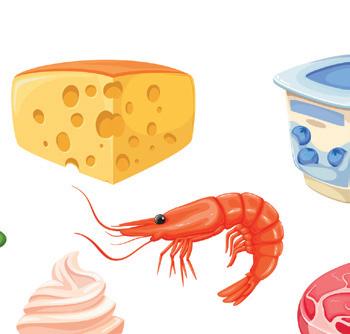
Some of the food items are healthy and can be eaten every day.







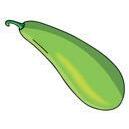









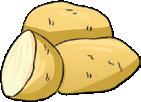
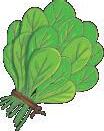







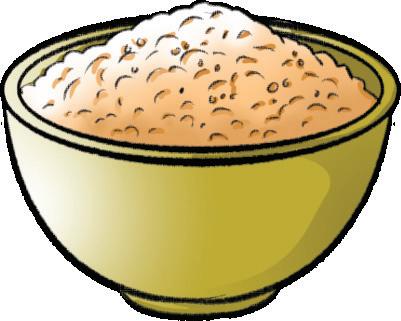
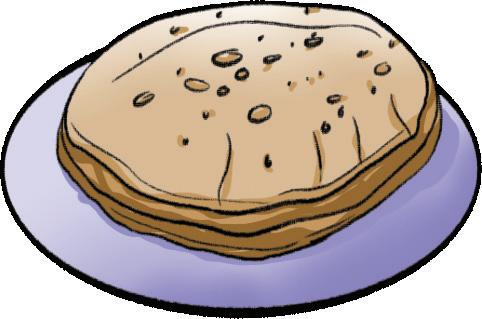


Some food items are tasty but not healthy. We should only eat them once in a while.

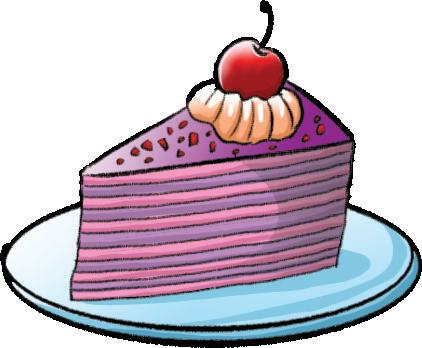




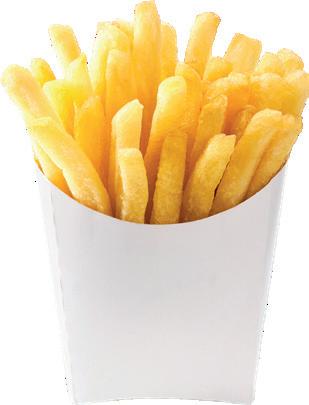


Circle the actions that show healthy habits.
Eat food that is clean and covered


Drink water that is clean and covered


Wash fruits and vegetables before eating

Objectives
• Health and hygiene • Awareness




Circle ‘yes’ for healthy habits. Circle ‘no’ for unhealthy habits.



Objectives
• Health awareness • Decision making

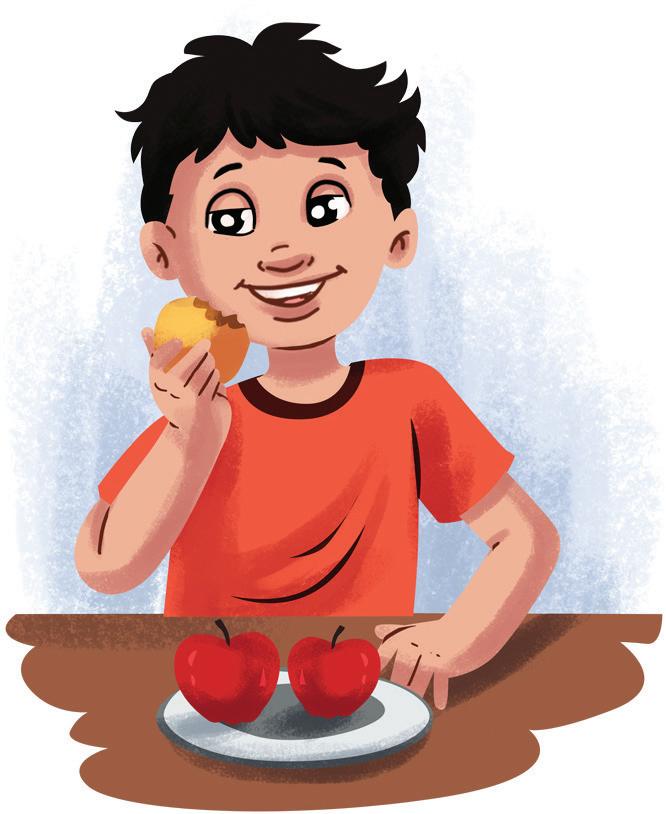


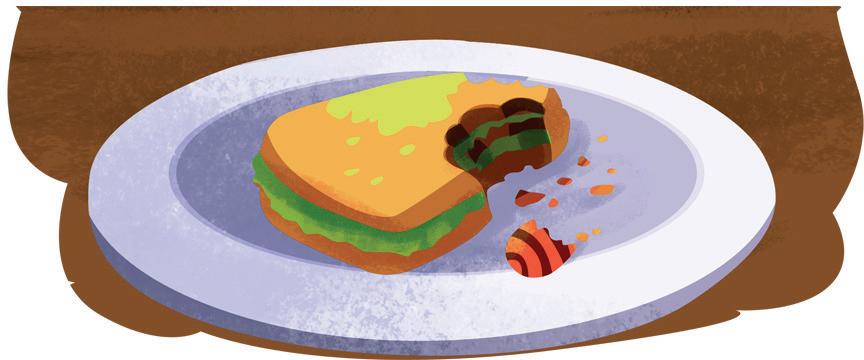
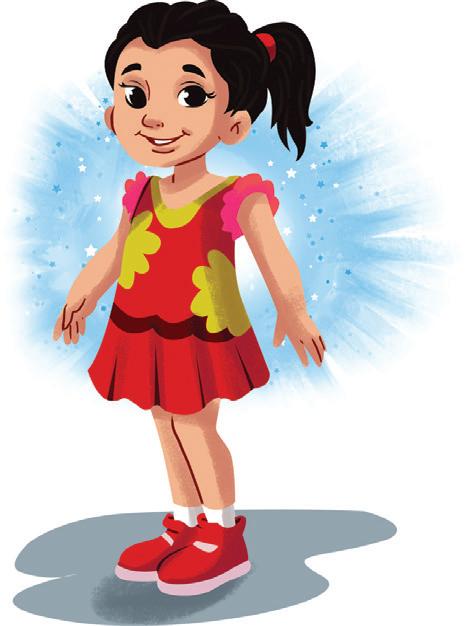


Let us learn about some safety rules at school.

Do not sit or slide on the handrail.

Do not push anybody on stairs.


Do not walk on wet floor.



Never bully and do not let anyone bully you.
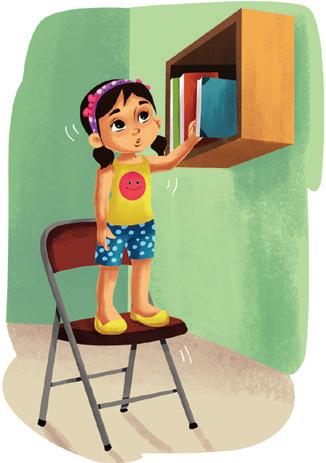
Do not stand in front of or behind the bus. Do not stand on chair.
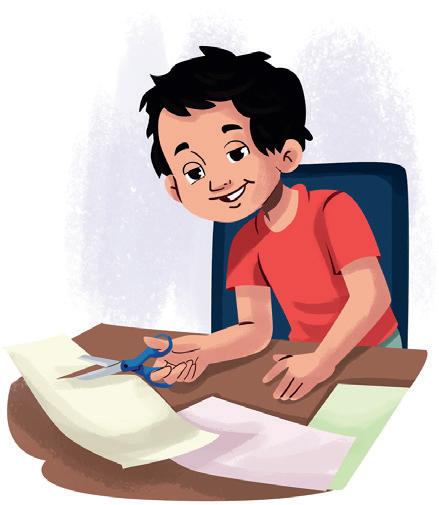
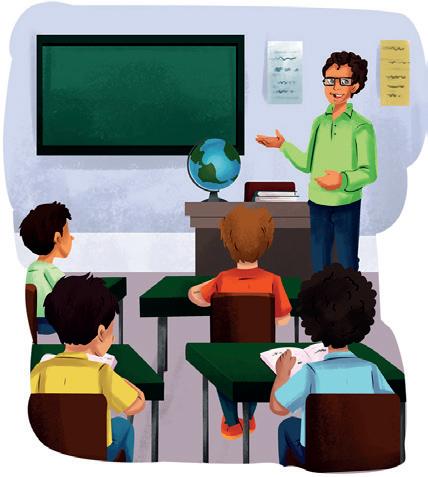
Do not hide behind the classroom door. Use scissors safely. Listen to your teacher.
Objectives
• Knowing safety rules


Look at the pictures. Cross () the unsafe actions.



Objectives

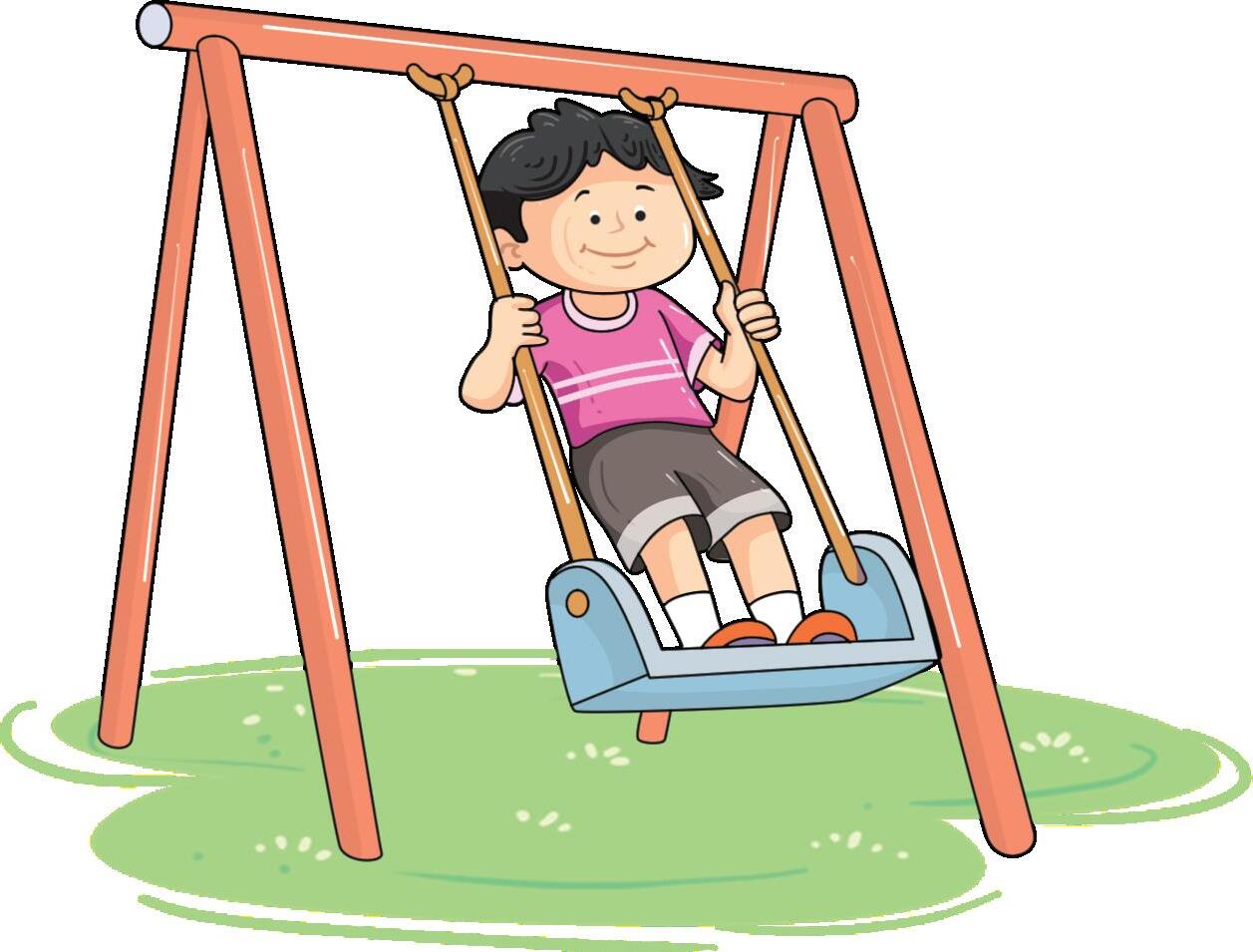

• Recognizing safe and unsafe behaviours • Developing safety decision making skills



Put a tick () on the safe action and a cross () on the unsafe actions given below.
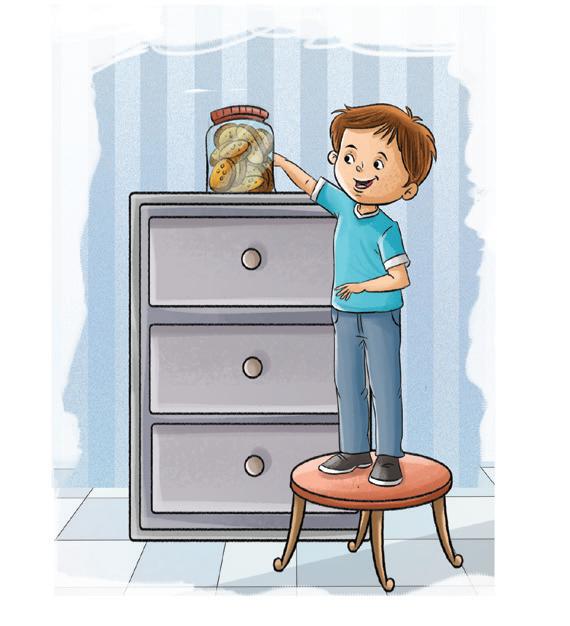
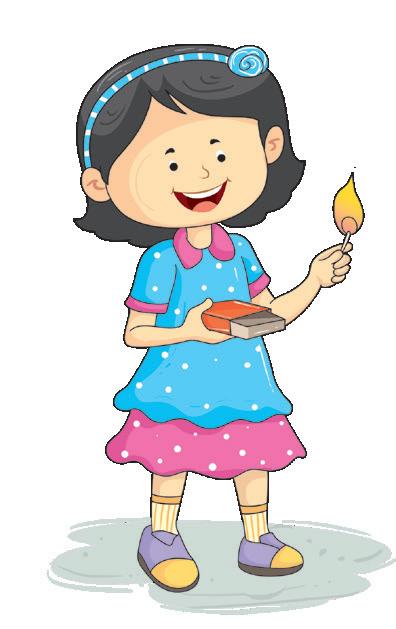


Objectives


• Understanding the importance of safety rules




We should follow safety rules on the road. Let us learn about some of them.
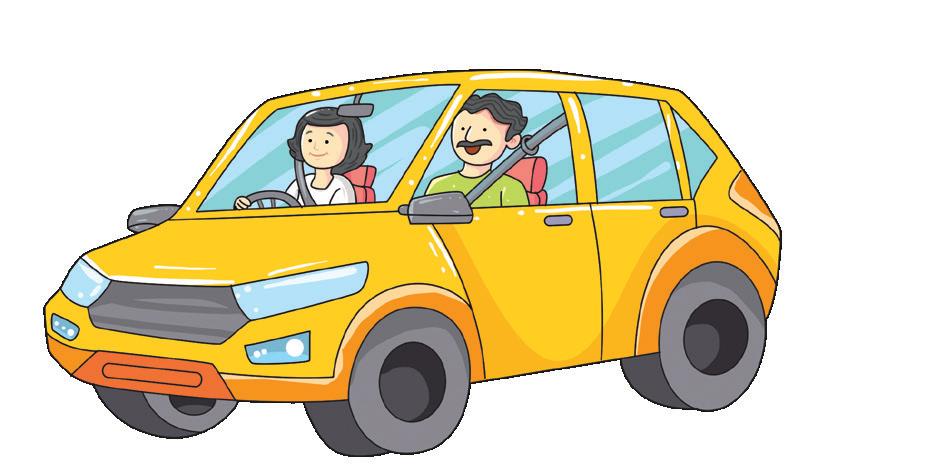
Wear seatbelt when in a car.

Use the zebra crossing to cross roads.

Wear a helmet when riding a scooter or a bike.
Objectives
• Road safety awareness • Decision making

Do not take your hand or head out of the window.

Do not run on the road.

Do not cycle on the main road.


Our Earth | Uses of Water | Forms of Water | Sources of Water
Let’s Make Lemonade | Water Pollution | Air Around Us | Air Pollution
Caring for Earth
Activity 1
Objective: To engage students in a meaningful discussion about the various ways water is utilised in their daily lives, fostering awareness of the importance of water.
Instructions:
During circle time, ask students to share any one way in which they use water. Give them time to think and respond.
Prompt them with related questions like:
What do you do when you are thirsty?
What do you do to clean the dishes?
How do you take a shower?
How do you give bath to your pet?
Stimulate thinking about the significance of water in various everyday tasks, leading to a better understanding of its role in their lives.
Activity 2
Objective: To empower students to take individual responsibility for environmental care by making a personal pledge to contribute to the reduction of water and air pollution, thereby fostering a sense of community responsibility and awareness.
Instructions:
Help students understand the impact of pollution on the planet and the importance of sustainable practices, encouraging them to recognise their role in protecting the environment.
Inform children that they are going to take a pledge to save our Earth from water and air pollution. Paste big chart papers on the pin board and mention different pledges at the borders of the chart paper like:
I will plant more trees.
I will not waste paper and food.
I will not burst crackers.
I will spread awareness among others about how to keep our Earth clean.
I will not waste water.
I will throw trash in the bin.
Make every child in the classroom read these pledges aloud with assistance. Allow students to express their commitment to the environment creatively by making handprints on the pledge chart, reinforcing their connection to the promises they’ve made.
Activity 3
Objective: To provide preschoolers with hands-on, experiential learning opportunities that help them understand the three states of matter—solid, liquid, and gas—through interactive stations focused on ice, air (in balloons), and bubbles.
Instructions:
Create an ice, balloon and bubble station to represent each state of matter.
At the ice-station, keep ice cubes on a plate and let children see how it melts and turns into water.
At the balloon station, show them by filling balloon with air that the air cannot be seen but it is inside the balloon.
At the bubble station, in a small tub, pour soapy water into plain water and mix it well. Show them how water has taken the shape of a tub and how soapy water got dissolved in plain water. Give one straw to every child in the class and give a chance to every child to blow with that straw inside the tub. They will observe how bubbles are formed.


We live on the Earth. Earth has land and water. Colour the picture of the Earth per the code. 1 2

The green part shows the land. The blue part shows water.


Let us see how we use water in our daily life.


drinking brushing

washing clothes cooking

bathing the pet cleaning
Objectives
• Critical thinking • Understanding uses of water


bathing

watering plants
washing fruit and vegetables


Tick () the pictures that show wastage of water.





Objectives
• Environmental awareness • Critical thinking
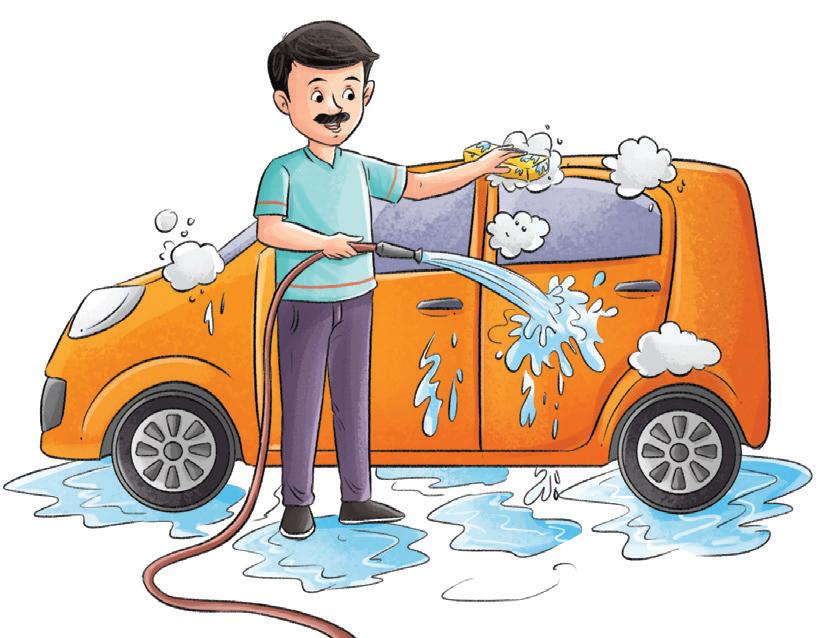




Water has three forms—ice, water, and steam.




































Let’s learn the names of some sources of water.






























Objectives
• Learn the names of sources of water


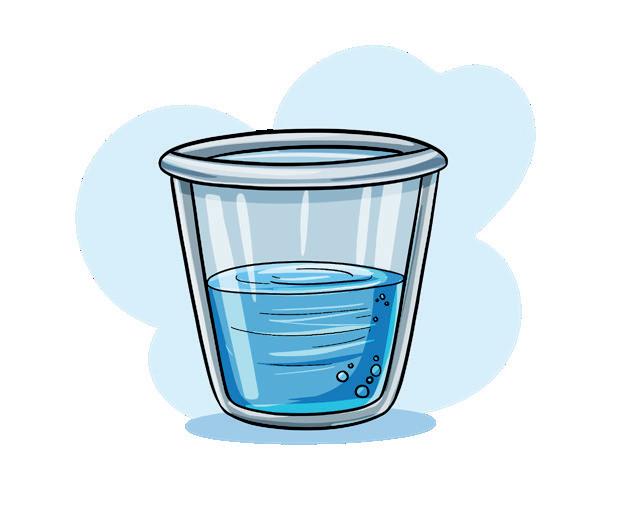
Step 1: Take a glass of water (half fill).
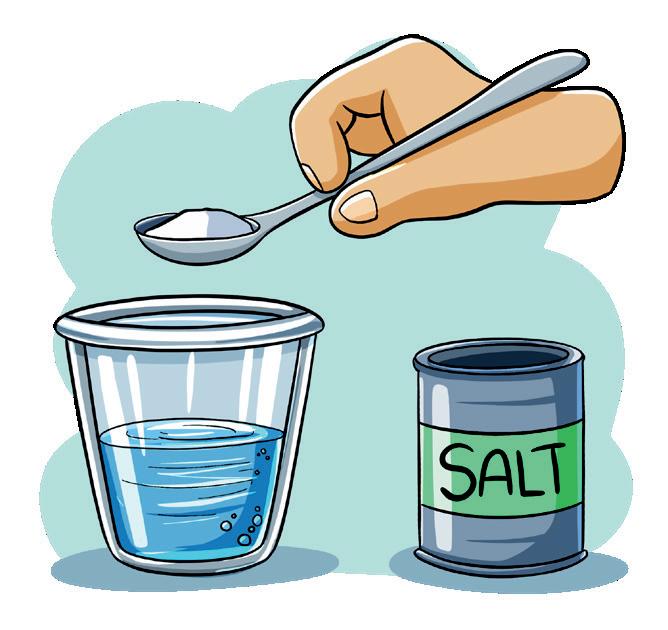
Step 2: Add sugar.
Step 3: Add little salt.


Step 4: Add lemon juice.

Step 5: Mix them up.

Step 6: Add ice cubes.
Lemonade is ready.

For the teacher
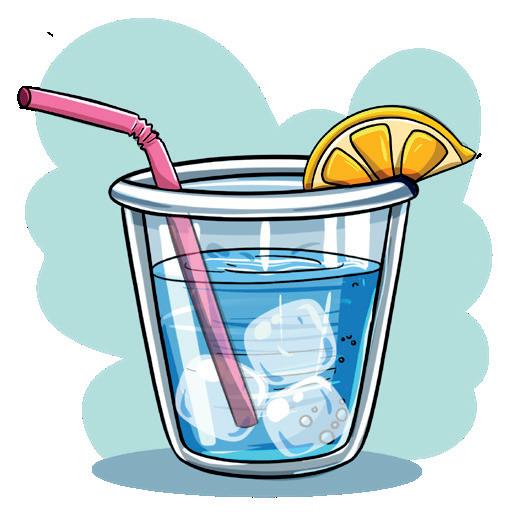
Take water, salt, sugar and lemon. Add one thing at a time and let children taste it. Make them understand that water has no taste and smell of its own.
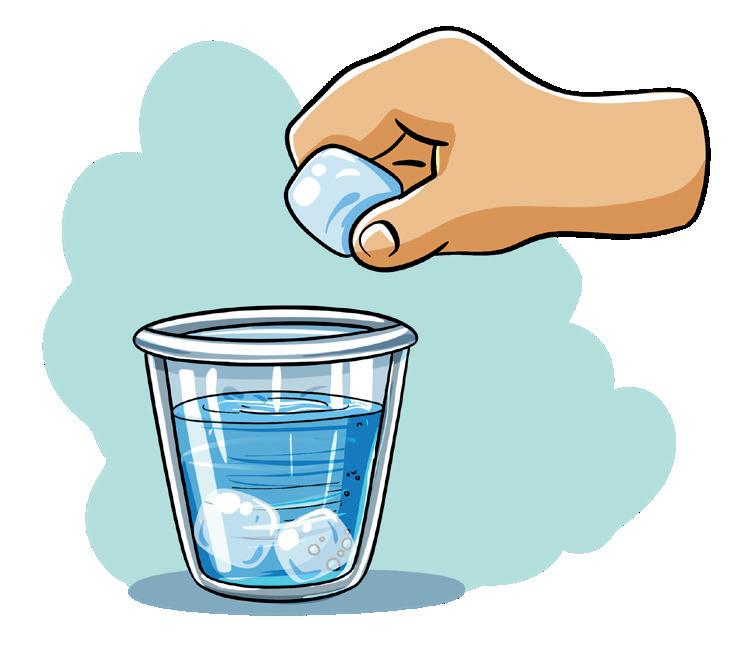
Objectives
• Sequencial thinking • Attention to detail




Water pollution happens when our rivers, lakes, and oceans get dirty. See the picture below. Point to the activities that make the water dirty.



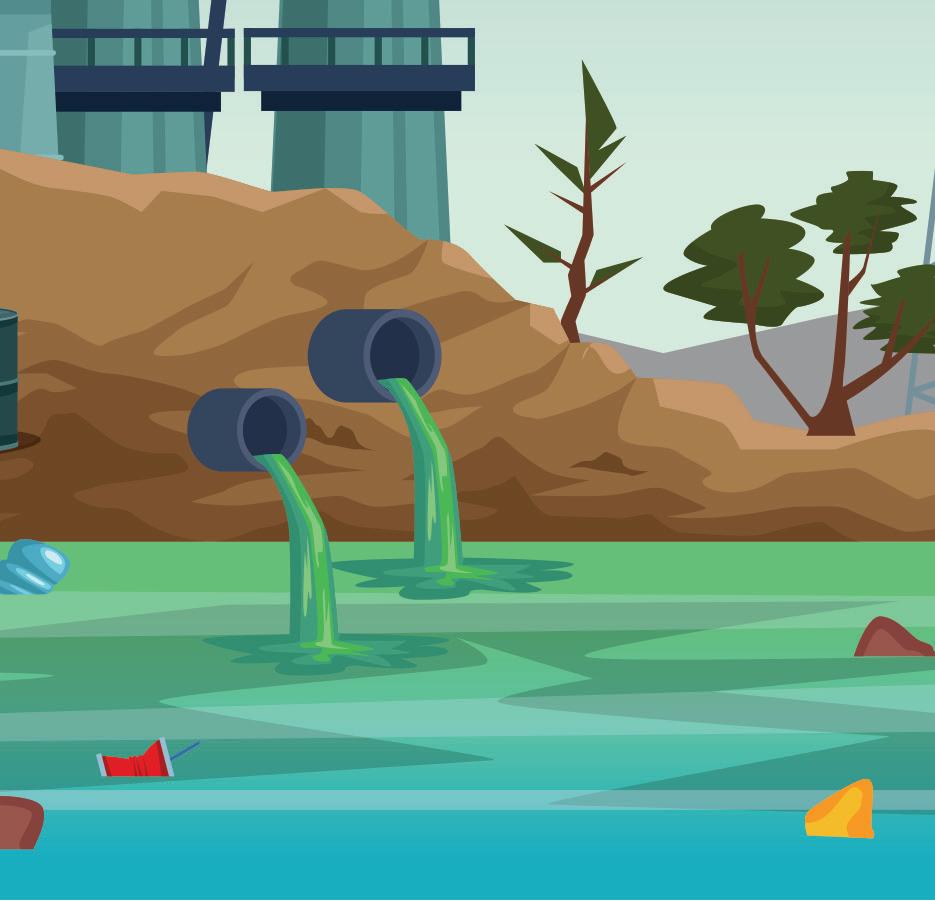


Objectives
• Observation • Awareness about keeping the water clean

Discuss in class about the different sources of water pollution and how not throwing away plastic saves water from pollution.



We need air. Look at the different ways we can use air.
flying a kite
playing a flute
breathing
whistling
drying clothes
Objectives
• Observation skills
blowing bubbles growing plants

filling a tyre

spinning a pinwheel

Tick () the activities that show presence of air.






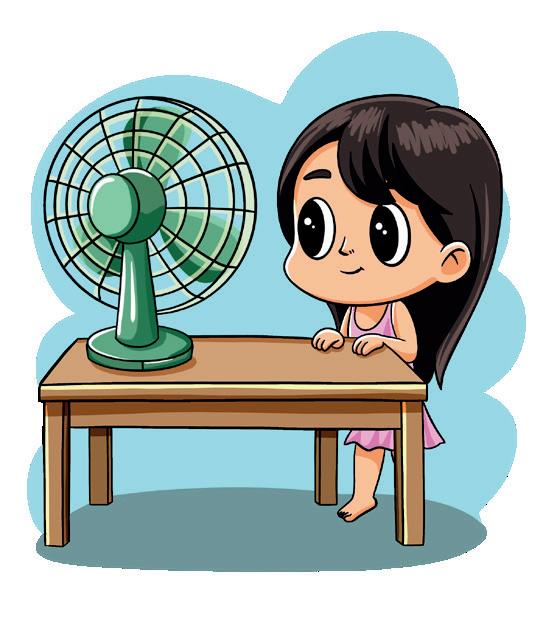



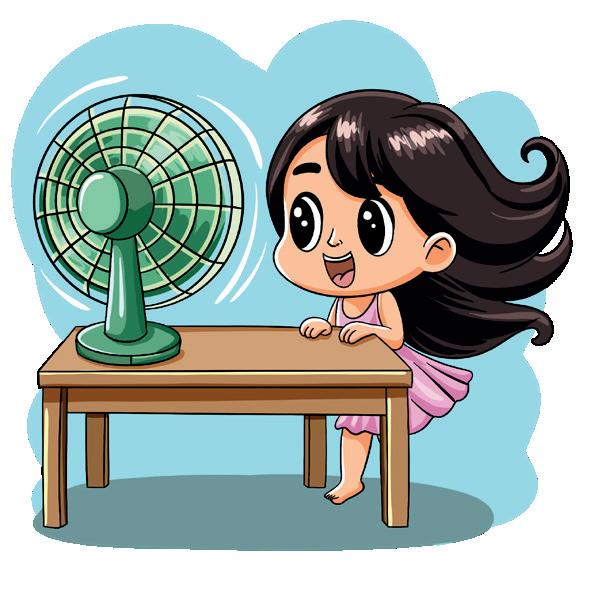
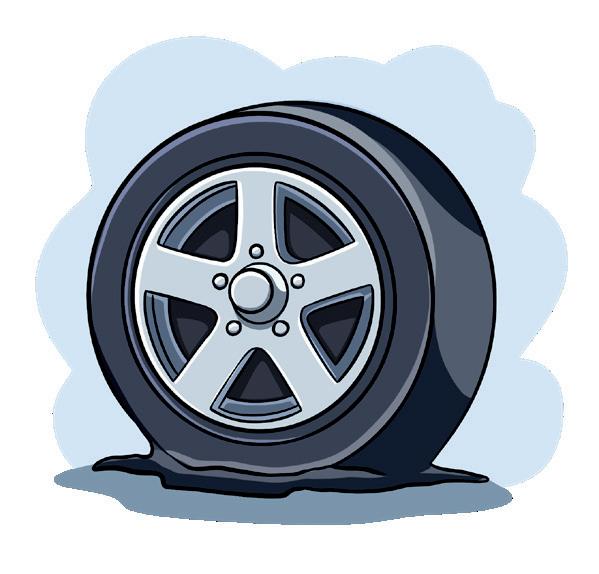


Air pollution occurs when the air becomes dirty from smoke, dust and chemicals. Cross out () the actions that cause air pollution.

Smoke from cars and buses

Smoke from burning garbage
Objectives
Smoke from factories

Smoke from bursting crackers
• Identification of air pollution sources • Awareness of environmental issues


It is important to take care of our Earth to stay happy and healthy. Let us see some ways to care for Earth.

Plant more trees.

Do not burn garbage.

Do not waste water.
Do not cut trees.













































Use less plastic.
Throw waste in bin.


The Days of the Week | Seasons | Summer Season | Rainy Season Winter Season | Spring Season | Months and Seasons
Activity 1
Objective: To help preschoolers learn and reinforce the names of the days of the week through interactive play and movement. Instructions:
Gather the children in a circle and explain that they will create a “Weekly Train” to learn the days of the week in a fun and engaging way.
Invite a child to be the “engine” of the train. Explain that this child will lead the train and make sounds like a train whistle (e.g., “Choo choo!”).
Explain that each child will represent a day of the week, starting from Monday to Sunday. Demonstrate how each child will introduce themselves and their respective day: “I am Monday,” and they will take turns one by one.
As each child introduces themselves, they will join the train, holding onto the shoulders of the child in front of them. The child who is the engine will lead the line. Ensure that children understand the sequence, emphasizing that they should wait for their turn to join the train.
Once all the children are part of the “Weekly Train,” begin to move around the classroom as a train. Instruct the children to chant the names of the days of the week loudly as they move: “Monday, Tuesday, Wednesday, Thursday, Friday, Saturday, Sunday!”
Activity 2
Objective: To help preschoolers understand the characteristics, importance, and cultural significance of the four seasons by encouraging discussion and personal connection through visuals and shared experiences.
Instructions:
Gather the children in a circle and introduce the concept of seasons. Explain that there are four seasons: Winter, Spring, Summer, and Rainy.
Show pictures for each season, highlighting specific visuals that represent the characteristics of each one (e.g., snow for winter, flowers for spring, sun for summer, clouds and rain for rainy season).
After explaining each season, engage the children with open-ended questions:
“What is your favourite food to eat in winter and summer? What do you like to eat during the spring and rainy seasons?”
“Which festival do you enjoy celebrating during each season? What makes that festival special for you?”
“What do you like to wear in summer? What about in winter? Do you have special clothes for festivals?”
Objective: To encourage creativity and self-expression in preschoolers while helping them learn about and identify features of the four seasons through drawing and colouring.
Instructions:
Gather the children and introduce the concept of seasons. Explain that they will create artwork based on their favourite season and the things that represent it.
Present the list of items associated with each season, using visuals or reference images to provide clarity. You can write these on the board:
Summer: mango, sunglasses, cap or hat, glass of juice, sun shining in the sky.
Winter: snowman, Christmas bell, snowflake, sweater, mittens.
Spring: plants, flowers, rainbows, butterflies.
Rainy: puddles, raincoat, umbrella, clouds and rain.
Ask each child to think about their favourite season and select one item from the provided list to draw. Distribute A4 sheets and colouring materials. Instruct children to draw and colour their chosen items from the seasonal list.



Let us read about Ankit’s week. Say aloud the days of the week.

Monday

Tuesday

Thursday

Saturday
Objectives
• Learn the names of the days of a week

Wednesday

Friday

Sunday


Let us know about the different seasons.














































































Tick () all the summer things.









































































































































Colour the rainbow. Talk about the rainy season.

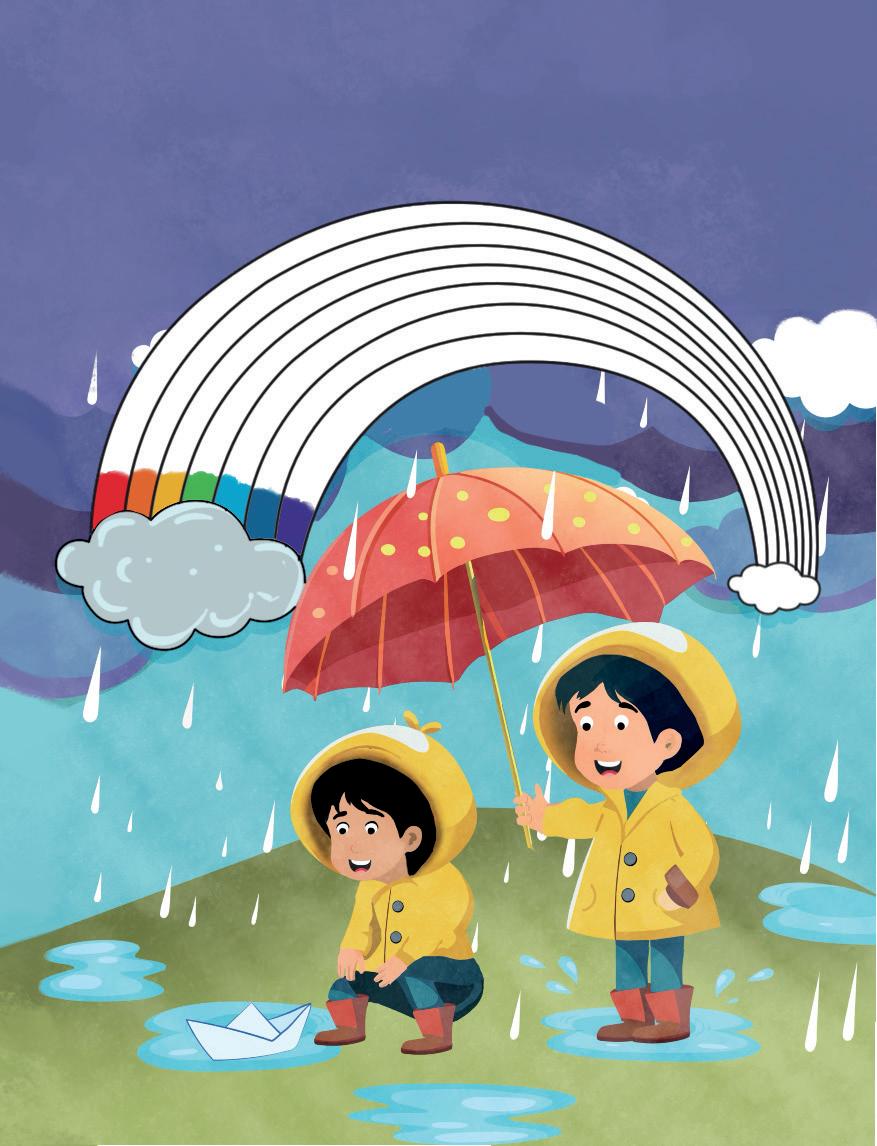
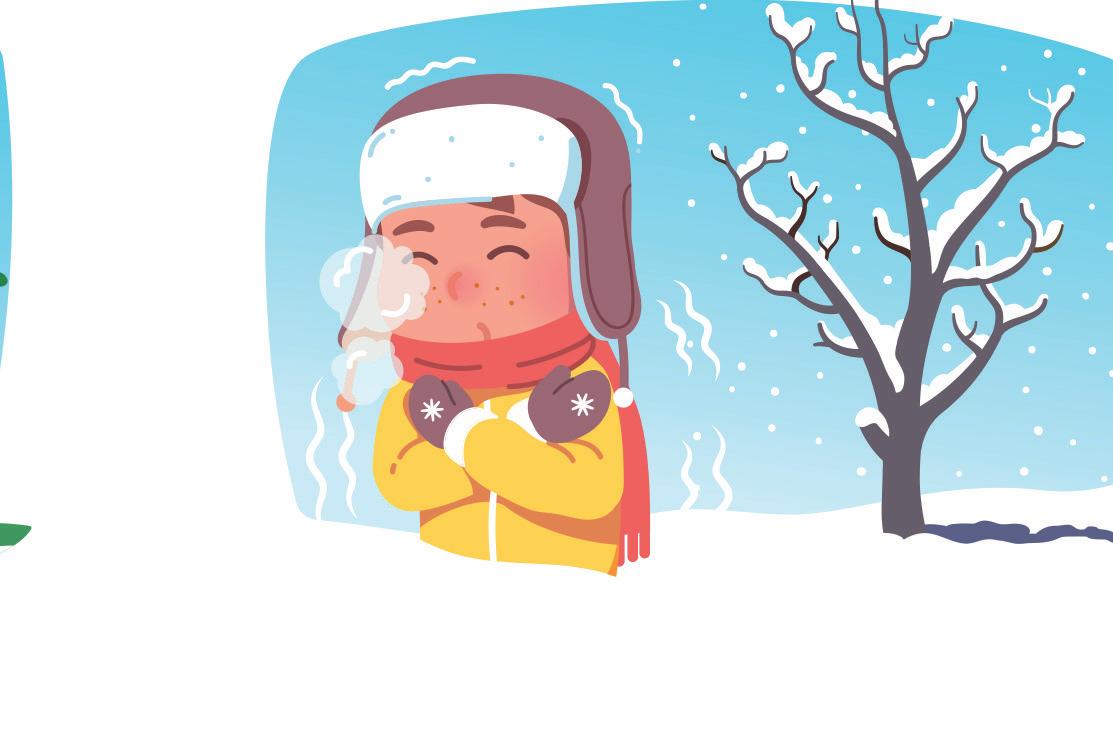

Tick () the things we do in winter.

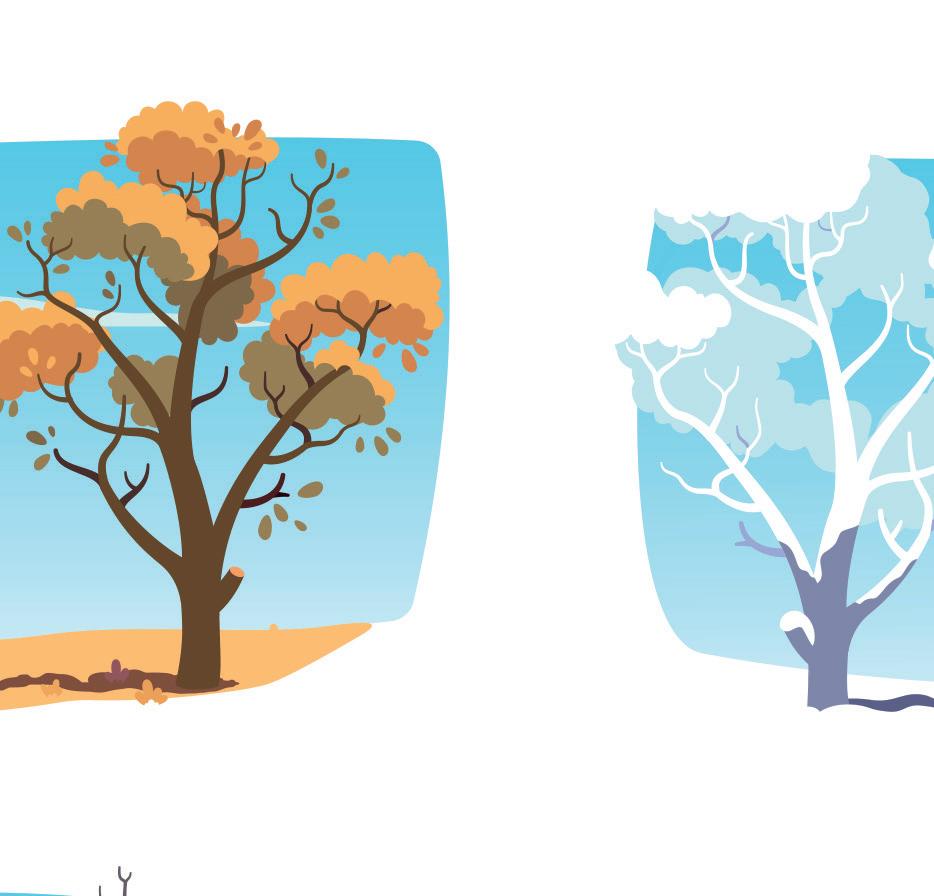


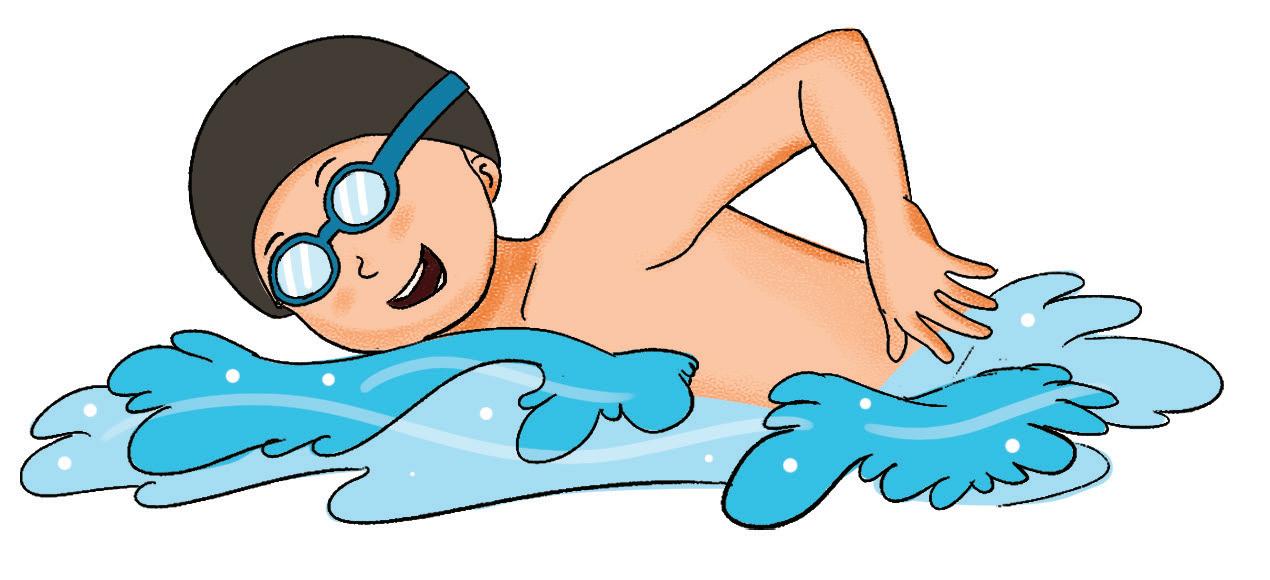

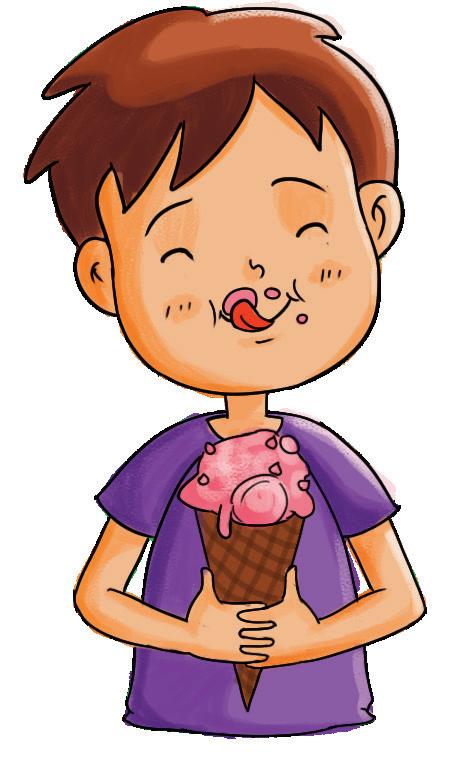
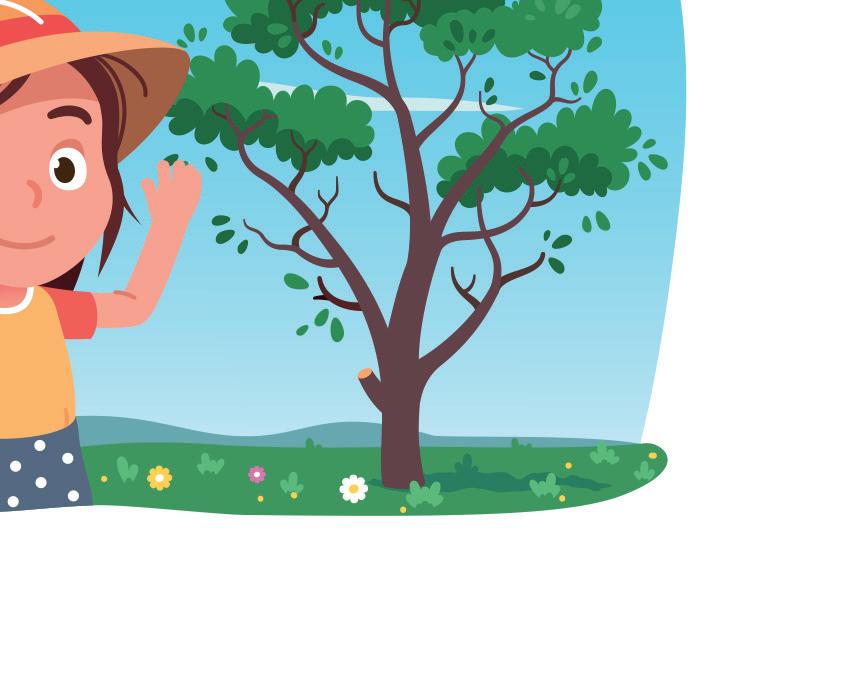


Spring is when flowers bloom and trees turn green. Colour the children playing in the spring.






Have you seen these flowers? Say their names.



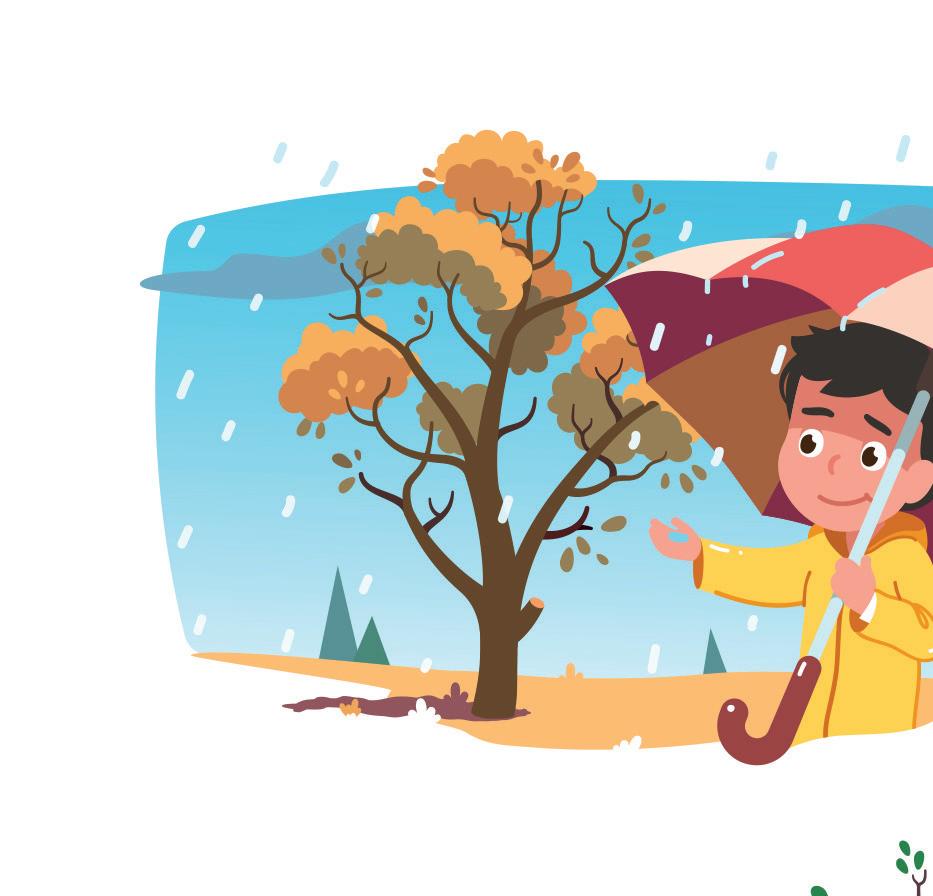





Let’s learn about the months and seasons.












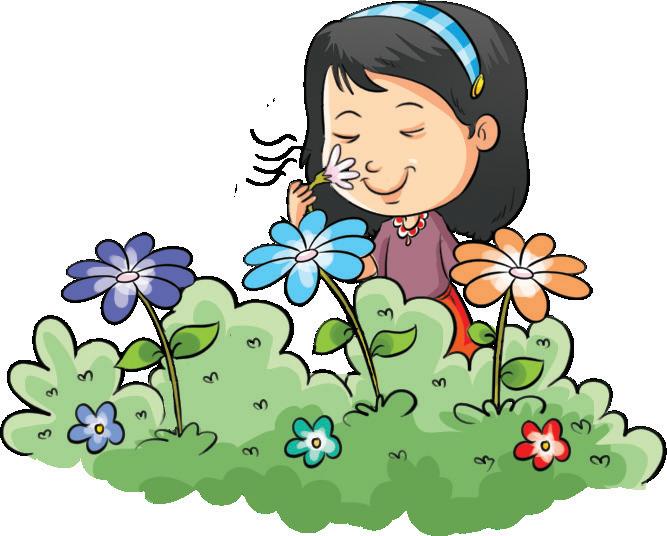


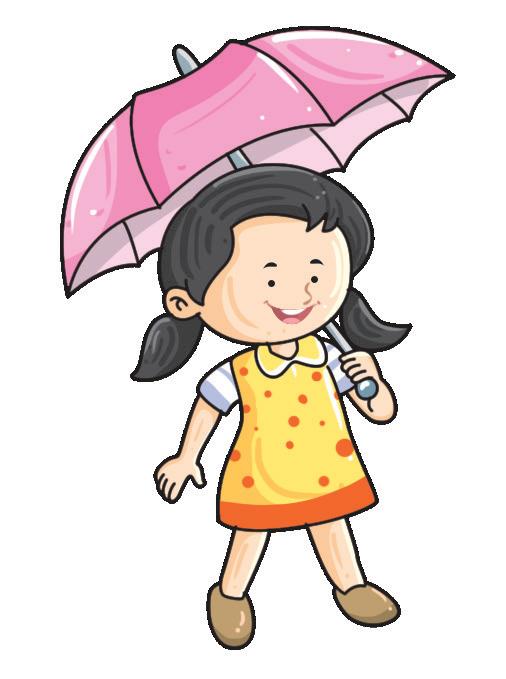



My India | National Symbols of India | National Festivals | Celebrations at School Religious Festivals | Odd One Out
Activity 1
Objective: To engage students in an artistic activity while teaching them about the significance of national symbols, specifically focusing on the lotus flower.
Instructions:
Begin with a short discussion on what national symbols are. Ask the children if they can name any national symbols (e.g., flag, anthem, animal).
Introduce the lotus as the national flower. Explain its significance, including: Cultural and historical relevance
Representations of purity, beauty, and resilience
Its importance in festivals or traditions in their culture
Show the children some techniques for using watercolors like how to wet the brush and mix colours, how to apply water colours to achieve different effects, blend colours for gradients and shade to create depth in their artwork.
Distribute the prepared worksheets.
Instruct the children to use pink and green water colours to fill in the lotus flower.
Encourage students to mix colours and explore different techniques as they paint.
Consider creating a bulletin board display with their artwork and written reflections to showcase the students’ understanding and creativity.
Activity 2
Objective: To celebrate the diversity of religious festivals in India through dress-up and performance, promoting understanding and appreciation of different cultures.
Instructions:
Start with a brief discussion about the various religious festivals celebrated in India: Holi, Diwali, Eid, Christmas, Gurpurab, and Dussehra.
Instruct students to either come up dressed up in their chosen character or create DIY props or simple accessories using craft materials like Ravan’s mask or a crown for Ram
Gather the class in a circle or designated performance area.
Explain that each student will come forward one by one to present their character. They can perform an action, say a few words about the character they are portraying, or even sing a relevant song. Consider creating a photo gallery of the characters they portrayed or making a short video of the performances to share with other classes or parents. This could also serve as a fun souvenir of the activity.
Objective: To engage students in a creative activity that combines art and fine motor skills while celebrating the festive spirit of Christmas.
Instructions:
Begin by explaining the significance of Christmas and why Christmas trees are a common symbol of the festival.
Talk about how families decorate Christmas trees with ornaments, lights, and other festive decorations, making it a tradition that brings joy and togetherness.
Hand out the Christmas tree worksheets to each child. Make sure the outline is large enough for colouring and decoration. Explain to the class that they will colour their trees and then decorate them using the materials they bring from home.
Give time to students to colour their Christmas trees using crayons or coloured pencils.
Once the trees are coloured, transition into the decoration phase. Ask the children to take out the decorative items they brought from home. Remind them to be mindful of the amount of glue they use and encourage them to create patterns or designs with their decorations.
After the presentation, consider creating a festive display of all the decorated trees around the classroom or in a common area.


Our country is India. We love our country. Let us look at its map.
NAGAR HAVELI
RAJASTHAN UTTAR PRADESH
PRADESH
PRADESH
Trace and write:
Objectives
• Identification • Awareness about our country



Let us know about the national symbols of our country.

National bird Peacock

National animal Tiger
Objectives
• Identify national symbols of India

National fruit Mango
National flower Lotus




These are our national festivals.
We celebrate Republic Day on 26 January every year.


We celebrate Gandhi Jayanti on 2 October every year.
We celebrate our Independence Day on 15 August.



Tick () the festivals you celebrate at your school.
Teacher’s Day

Annual Day
Objectives
• Cultural awareness • Sense of community
Children’s Day
Sports Day




See the pictures. Write the names of these festivals.


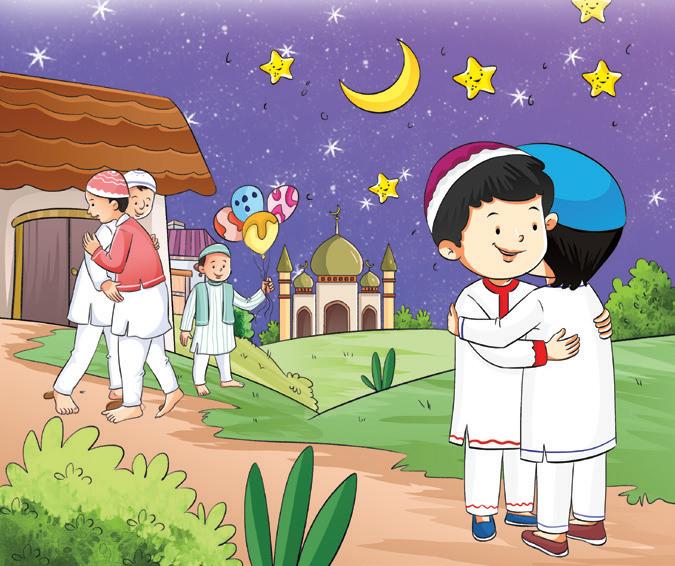

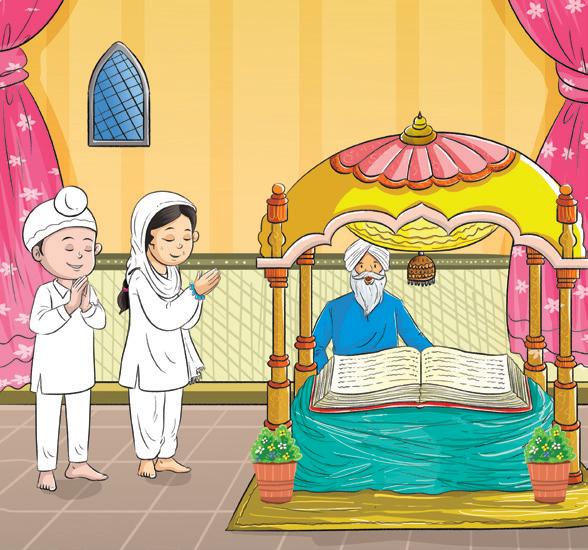
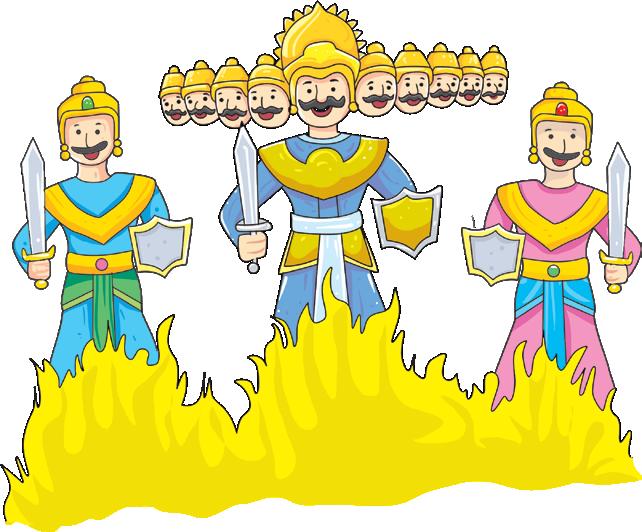


In each set, circle the items that do not belong to each festival.


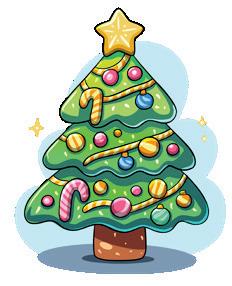




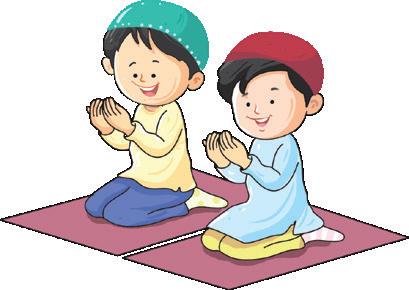




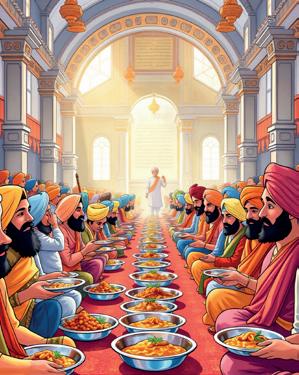

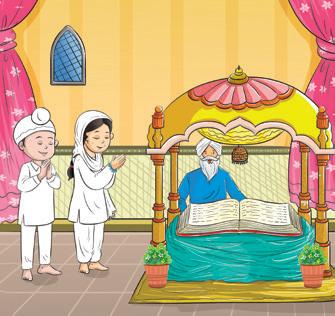
Objectives
• Critical thinking • Awareness


Gadgets We Use | My Computer | Land Transport | Water Transport | Air Transport
On the Track | Emergency Vehicles | Vehicles and Their Drivers | Fuel
Activity 1
Objective: To engage students in practicing their writing skills while learning about the functionality of laptops.
Instructions:
Begin by discussing how technology has changed the way we communicate, focusing on laptops as a tool. Explain various uses of laptops like writing emails and letters, video calls with family or friends; research for homework, online classes, learning through educational games; watching movies, playing games, listening to music.
Ask students if they have seen or used a laptop before and what they have used it for (games, homework, video calls, etc.).
Hand out the printed worksheets with the laptop outline to each student. Explain that they will be writing a letter to a family member of their choice. Encourage them to think about someone they would like to write to, which could be a parent, sibling, grandparent, or other relatives.
Give them hints for writing the letter like start with a greeting e.g., “Dear Mom,” “Hello Grandma,”, then they can share something interesting about their day, or express what they appreciate about the family member, and lastly end their letter with a closing line like “yours truly” followed by their name.
Once the letter writing is complete, instruct students to colour the laptop.
Activity 2
Objective: To enhance students’ understanding of everyday gadgets while developing their speaking and listening skills through discussions and sharing.
Instructions:
Start with a brief introduction about what gadgets are and how they play an important role in our daily lives. Explain that gadgets help make tasks easier and provide entertainment and information.
Open the coursebook and guide students through the pages that feature pictures of different gadgets. Encourage students to name the gadgets as you go along, reinforcing their vocabulary.
Ask random students about which gadget they would like to talk. Once a student chooses a gadget or is called upon, ask them to share:
• What the gadget is and what it looks like (they can reference pictures in the coursebook).
• What that gadget is used for in daily life (e.g., a smartphone is used for calling, texting, and using the internet).
• Any interesting facts or personal experiences they have with the gadget.
On the board or a chart, list the gadgets discussed, along with one key point or use of each gadget shared by the students. This helps reinforce their learning through writing.


Let us look at some of the gadgets we use every day.


















Objectives
• Identify gadgets we use at home
















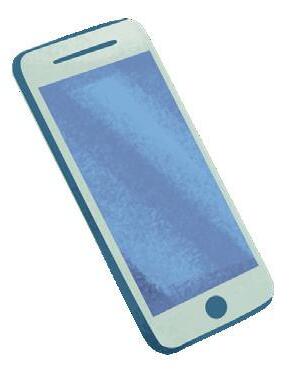
















Looks at these machines and tick () the ones you see at your home.

toaster










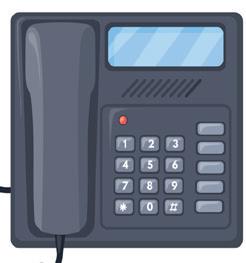


Objectives


















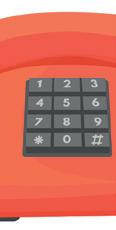

• Identify common machines









































vacuum cleaner

















washing machine






























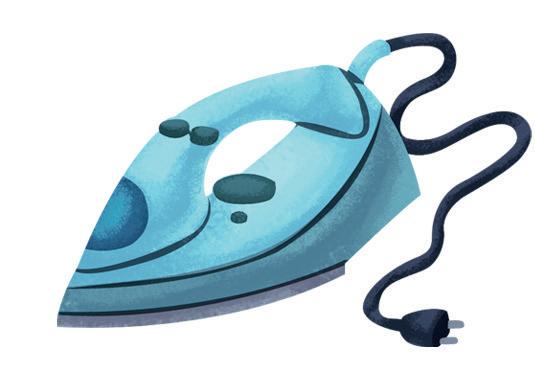























blender sewing machine mixer iron refrigerator water purifier hairdryer telephone oven





































Match the gadgets with the activities for which they are needed.







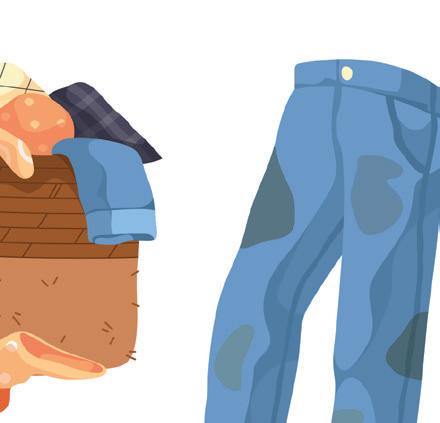
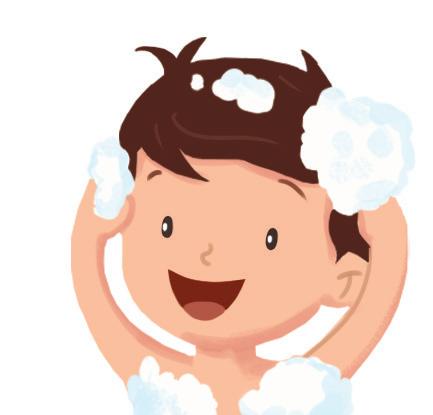


Objectives
• Critical thinking • Understand use of machines



Write the names of parts of a computer.

monitor keyboard CPU mouse speakers
Objectives
• Learning and writing the names of parts of a computer

















Land vehicles move on roads. All land vehicles have wheels to move. A person who drives a land vehicle is called a driver.
Draw a line to match the front half of each vehicle with its back.































































Objectives
• Identify land vehicles















All water vehicles move on water. A person who sails a ship is known as a captain.
Point to the water vehicles and try to read their names.
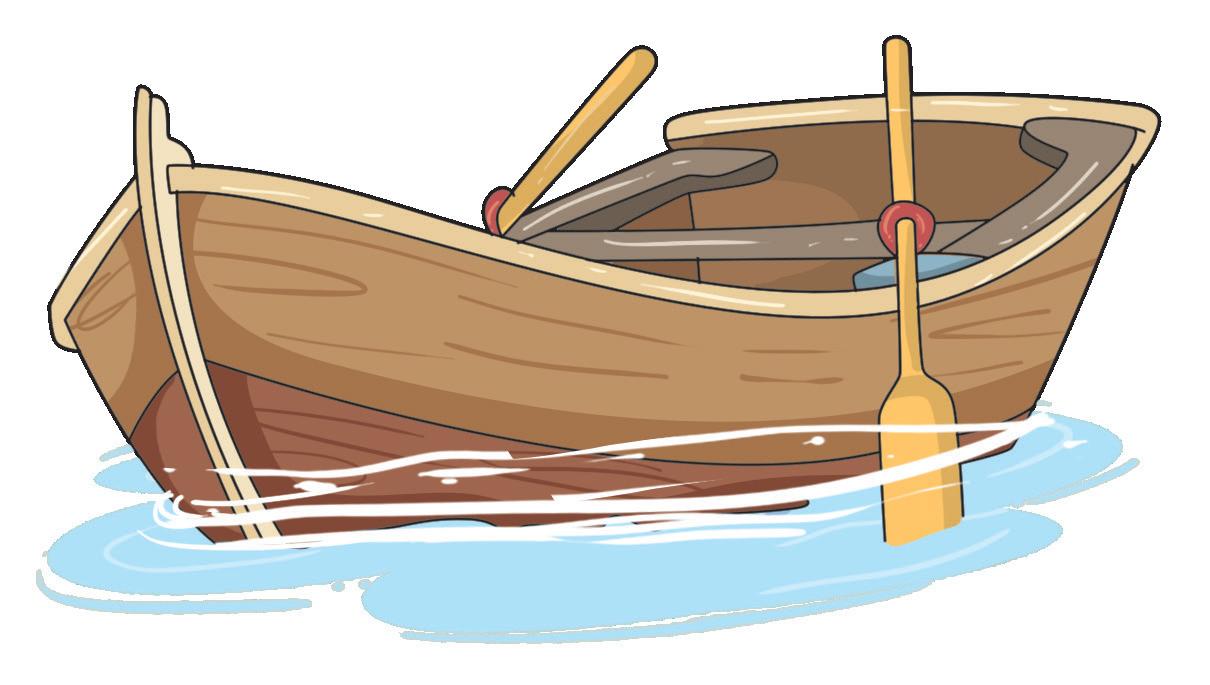

ship
Objectives
• Identify vehicles that sail on water
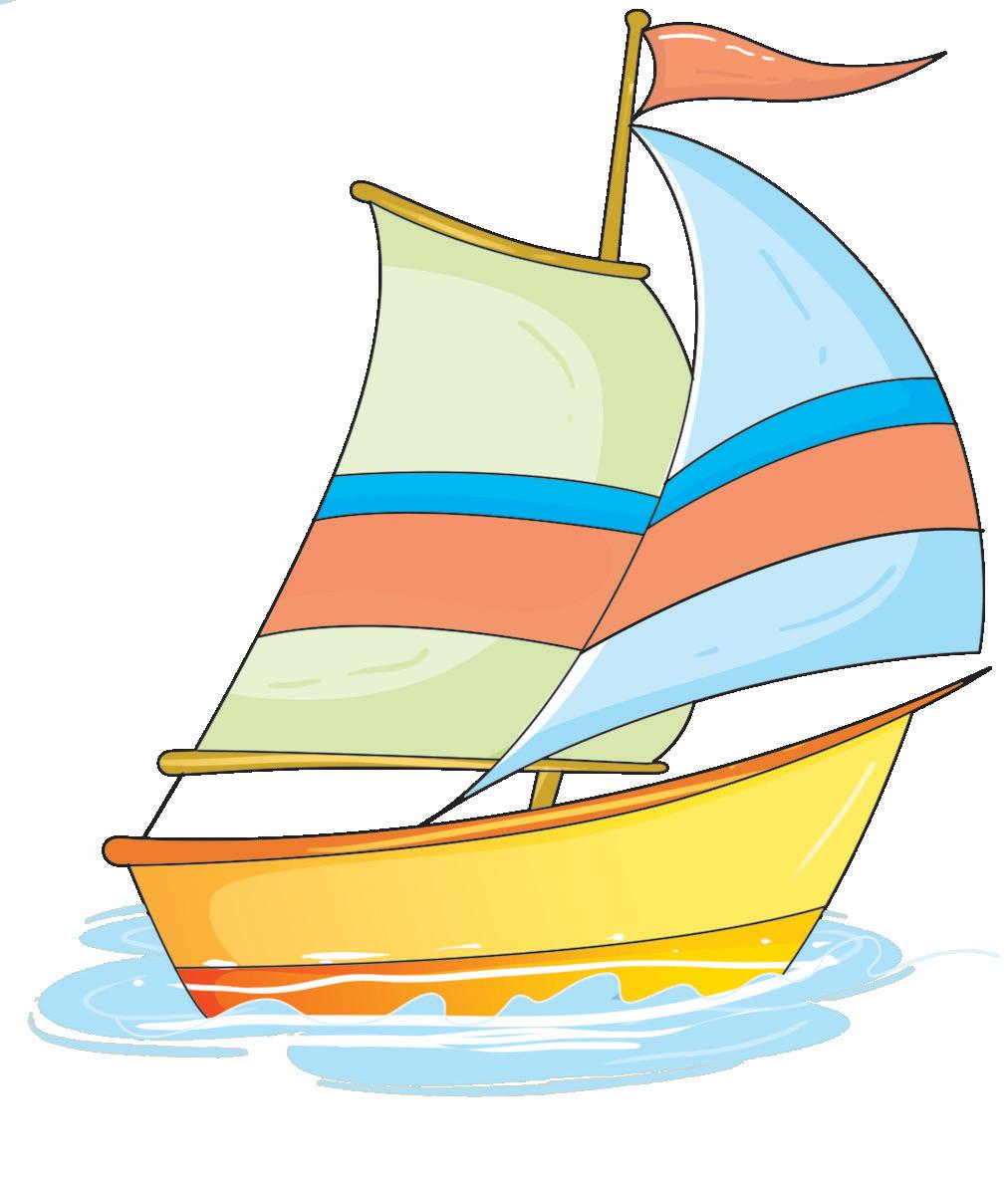


All air transport moves through the air. The person who flies the plane is called a pilot.
Point to the air vehicles and try to read their names.

Join the dots from numbers 1 to 20 to complete the picture of the airplane.
•
•





We need to book a ticket to travel on a train. Let us look at the steps to book a ticket and travel.

Book the ticket at the ticket counter or online.

Board the train.

Arrive at the railway station early and find the platform for your train.

Show your ticket to ticket collector.
Objectives
• Understanding the process of train travel • Sequencing events in the correct order • Following instructions


Read the names of these vehicles and match the situations.
Objectives
• Understanding the role of different emergency vehicles • Problem solving
• Learning about safety and emergency responses













Most vehicles need fuel (petrol, diesel, CNG) to run.




Some vehicles do not need fuel to run.


Objectives
• Observation • Understanding the concept of eco-friendly vehicles

eyes housemaid




tongue garbage collector




skin teacher



































































































































































































































































































































































































































































































































DAWN is a comprehensive, NCF 2022-based Early Childhood Education program that lays a solid foundation for lifelong well-being and holistic growth, encompassing physical, cognitive, and socio-emotional development.
This General Awareness coursebook is specifically designed to help learners build awareness about themselves, their immediate surroundings and the world around them.
Additional Resources
• Flash Cards
• Sticker Sheets
• Suggested Activities List, for teacher and parents
• Teacher's Manual
• Digital Resouces
• Assessment Sheets and Holistic Progress Card
• Play-based learning activities, which promote holistic development of the child in all ECE domains
• School readiness, which is assured in the curriculum and learning design
• All-round development, in areas of physical, cognitive, cultural and socio-emotional domains
• Teacher assets, like assessment tools and lesson plans to help maximise program quality and outcomes
Uolo partners with K-12 schools to provide technology-enabled learning programs. We believe that pedagogy and technology must come together to deliver scalable learning experiences that generate measurable outcomes. Uolo is trusted by over 15,000+ schools across India, Southeast Asia and the Middle East.
hello@uolo.com
Not to be sold separately
ISBN 978-81-980004-2-2
